ThreeFold Grid 3.14

Improving on Strong Foundations
This knowledge base brings together all of the information which is relevant for our new version of the ThreeFold Grid.
We highly encourage feedback and discussions around the next grid release.
Contribute
Use the ThreeFold forum to discuss the content or edit directly in our Git system.
Table of Contents
- Introduction
- Promotion
- ThreeFold Cooperative
- Tokenomics
- Technology
About Us
People
We are a group of passionate people who want to build a new foundational layer for a better working internet, more like how the Internet was originally intended to be.
The project was started by some Internet & Cloud veterans who now want to handover to a much more decentralized environment.
More than 1000 farmers made this project possible and we are supper grateful for all their support.
The Project Mission
ThreeFold Grid (TFGrid) is a foundational layer which can be used by any web2/3 project. It empowers individuals requiring cloud resources such as network, GPU, CPU, and storage to leverage its capabilities for their projects. We help others to create any web2 or web3 solution on our grid.
The Project Purpose
The purpose is to deliver a new infrastructure layer to build a new internet on top of. This layer is sovereign, more scalable, peer-to-peer and co-owned. The project delivers network, compute and storage to anyone who needs it for their own usecases. See the high level tech description.
Who Benefits The Most From The TFGrid's Capabilities?
- CI/CD developers
- Countries: to deploy their own internet
- The DePIN movement
- Social Media Apps
The Project Key Achievements To Date
- The ThreeFold Grid: connected across ±60 countries by independent people and organizations called ThreeFold farmers, live and usable in its third generation technology
- Partnerships with the governments of Tanzania, to deploy physical infrastructure and introducing coding academies and innovation hubs across the country, and Zanzibar, to deploy physical infrastructure locally and introduce a digital free zone
- An extensive community of 1000+ farmers and several thousand others – token holders, grid users, and supporters / advocates of the project
- Our strategic partnerships with key DePIN players: more will be announced soon
Values
- Our core values are simple and strong
- We are fundamentally a tech platform and are therefore not biased
- The project's intent is to clearly explain our tech's capabilities and let everyone decide for themselves what to do with it
Messaging
- The project believes in an internet where everyone can communicate freely and own their own data
- The project wants to help others to become truly decentralized (which is not the case with the current Internet)
- The project wants to help countries to have their own sovereign Internet
- The project wants to help data center providers to build improved data centers

We want to be at the forefront of a growing movement where more and more organizations are being pushed by their stakeholders to prioritize sustainability and planet positive policies.
We are not swimming against the stream, we are part of a group of leaders of change and making real the zeitgeist of the 21st century.
Core Values
Anything we do needs to improve our planet's situation (help limit climate change, be regenerative and respect resources) and help the people around us.
By following these core values, we as investors of time and money will have created the most value possible and will benefit from our efforts.
Tools
There are some practical tools which will help us to achieve the above values: opensource, simplicity and authenticity.
OpenSource
OpenSource has been an incredible tool for us, it has allowed us to grow and even exit more than 7 companies.
Open-source software offers transparency, allowing for enhanced security. It fosters innovation and rapid development by leveraging global contributions. The collaborative nature reduces costs and accelerates problem-solving
Simplicity
Our motto is that achieving fewer lines of code at the end of the month compared to the start signifies an amazing job, a challenging job for a software development company.
By focusing on simplicity, developers can create more reliable, efficient, and sustainable software solutions that meet users' needs more effectively, leading to greater success and longevity of the software in the dynamic tech landscape.
Authenticity
We dream of a future where all information is true and everyone can fully trust each other. In this place, knowing that the facts are right and the messages are honest helps people and groups work better together. They can share openly and trust what others say. This trust makes everyone feel more connected and confident. We're working hard to make technology that keeps information safe and real, helping to build a world where trust is a given.

Ecosystem
ThreeFold aims to be a decentralized organization.
TF Farmers
Farmers connect computers to our new Internet to provide storage and compute (CPU, GPU) capacity and make it available over the Mycelium network to all participants. Currently, over 1000 farmers host TFnodes. Farmers earn rewards by providing capacity, earning 50% on sold capacity if they register with the TF Cooperative marketplace (from 3.14+). Starting in Q2 2024, farmers will have to do KYC. See Farming Rewards for more info
Network Bridgers (Provider)
- Make a bridge between the old and new Internet
- Provide bandwidth to TFGrid
- Todo: formalize manual and description of how to become a Network Bridger
TF Farming Pools (NEW Q2 2024)
- Help farmers to be more effective
- Training & Support
- Improve uptime and provide authenticity
The aim is to improve the service level and uptime of farming on TFGrid:
- Activities
- Deliver a service level to the community
- Provide support for the TF Nodes (e.g. replace nodes and make sure the power is okay)
- Bandwidth providing for TF Nodes (connect network nodes to high speed Internet networks)
- Manage the pricing in line with uptime, performance, etc. for all farms and nodes
- Optional: sell TF Nodes
- Business model
- The Farming Pool collects all farming rewards for all the Nodes and redistribute the farming rewards minus a margin for the farming pool
- There needs to be a contract (terms and conditions) between the farming pool and the farmers
- Service level
- A service level needs to be defined and shared with the rest of the world
- The T&C contracts can be arranged in OurWorld Digital Freezone if applicable
- TF Dubai is granting the required tooling & information for this service
TFNode Suppliers
- Build and sell TFNodes to our participants
- Minimal service/support needs to be delivered
- Often part of Farming Pools or related to it
TF Cooperative
- Our governance layer (DAO tooling can be extended)
- Everyone is part of the Cooperative
- The Cooperative directors will build this organization to streamline our expansion
- Gives everyone a voice and environment to operate from
Details
- TF Coop is a cooperative with the goal of streamlining how the ecosystem works together and to help create their own digital future
- TF Coop needs 9 directors to get started. Check the forum for more info soon.
- TF Coop recieves income from utilization and possibly from its members in the future.
- Every user of the TFGrid in the future will have to be a member.
TF Validators + TF Guardians
Guardians:
-
Protect the network
-
Provide governance
-
Keep all relevant services up and running to allow the TFGrid to function
-
Guardians run a TF Validator which has all of the components that are required for the TFGrid's decentralized components to function
-
We need 9 guardians, each guardian has to be technical to run this full tech stack
-
TF Guardians don't vote: they run super important infrastructure and need to validate the soundness of the tech being used
TF Dubai
- TF Dubai is the original company out of which the project was started
- TF Dubai is now developing commercial services and products on top of the TFGrid
- TF Dubai is a big sponsor for the TFGrid and will continue to be
- TF Dubai wants to handover the day to day management to the TF Cooperative and the digital tools that have been created such as the forum, websites, manuals etc.
OurWorld Digital FreeZone
- OurWorld Holding owns 100% of TF9 and TF Dubai and is in the process of creating a Digital FreeZone in Zanzibar.
- This Digital FreeZone allows us to structure digital assets and some of our future digital Projects
TF9
- TF9 (previously TFTech) is a company in Belgium.
- TF9 is developing the technology behind the TFGrid and is 100% committed to keeping all of this software opensource
- TF9 will license the software to organizations (governments, countries and enterprises) that need commercial support and customizations
- See their website: https://tf9.io
- TF9 has been a big sponsor of the ThreeFold ecosystem
Expanded Ecosystem
Service / Solution Providers
- They create and provide solutions and/or services on top of the TFGrid
- Customers of these solutions pay in INCA (providing value to our mutual credit currency)
- Each solution has T&C
- Each solution needs to be supported
Technology Providers
- Create opensource technology that can be used in the TFGrid
- Grants might be available to reward technology providers
- TF9 is an example of a technology provider
DePIN Partners
Our team is in active discussions in search of a party (company, project, community) who will support our launch into the DePIN world. This party (or parties) will:
- Actively promote our project in the DePIN space.
- Explain our tokens and integrate with other currencies
- Integrate with the rest of the DePIN ecosystem
- Organize community growth
- Organize grants for the rest of the community
- Grow value for the whole ecosystem and let it "FLOW"
The Internet Is Broken
The Three Layers Of The Internet

The Internet is made up of 3 layers:
-
Compute & Storage: this is where applications are being served from. Currently this system is highly centralized and runs from large data centers (see below).
-
Network: this is the ability for information to travel and it can be wireless, via cables (fiber) or satellite links etc. Currently information needs to travel very far and for most countries very little information is stored locally. A handful of companies own more than 80% of the current Internet's network capacity.
-
Applications: currently applications are hosted in huge data centers using the compute and storage as provided. This system is too centralized and therefore very vulnerable.
Digital information mainly travels over large fiber backbone links as pictured here.
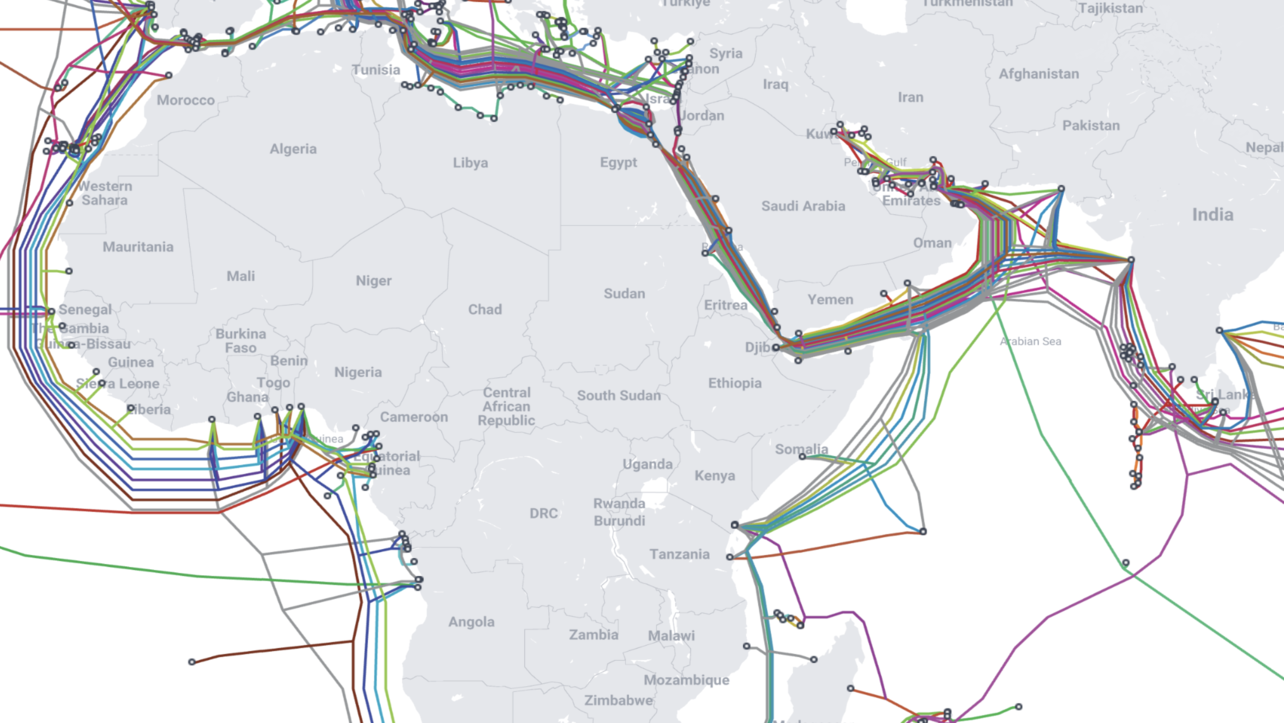
The Internet as we know it has significantly diverged from its original intent. If 2 people in e.g. Zanzibar (an Island in Africa) use Zoom with each other then the information will travel from Zanzibar to a large European datacenter where the Zoom servers are being hosted and back again.
This leads to very inneficient behavior, slower performance, less reliability and a cost which is higher than what it should be.
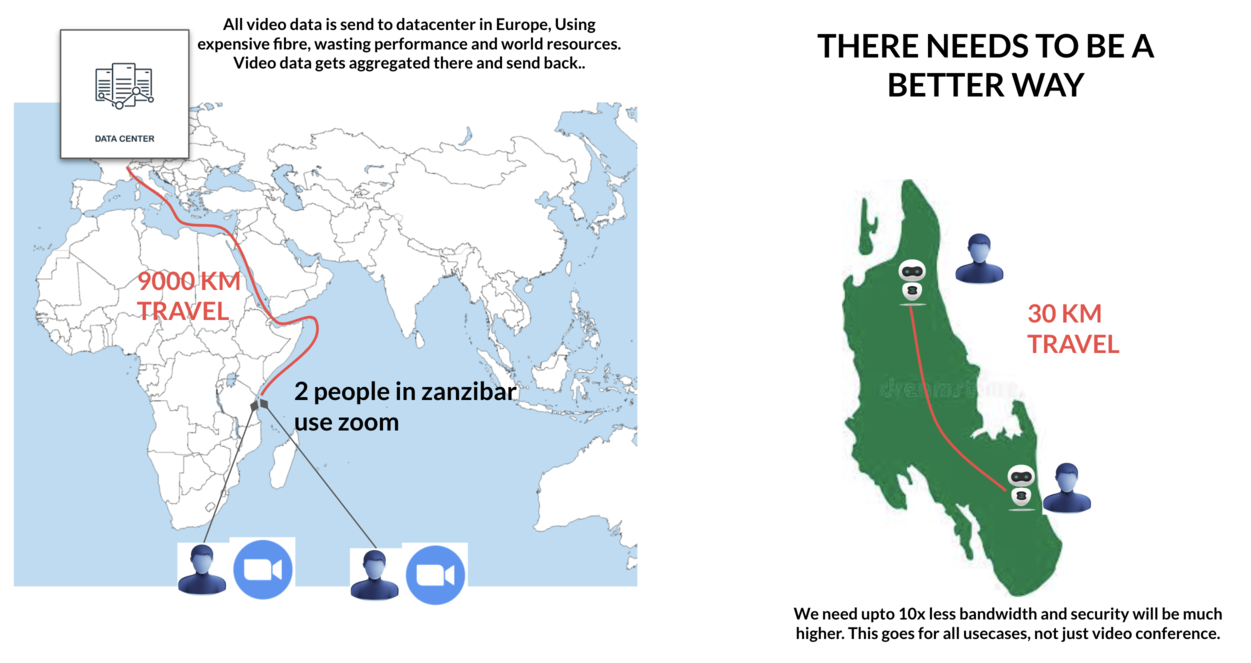
Another important aspect is the lack of autonomy and sovereignty within this Internet. We have become the products. All of our data is hosted in large data centers owned by a few large corporations.
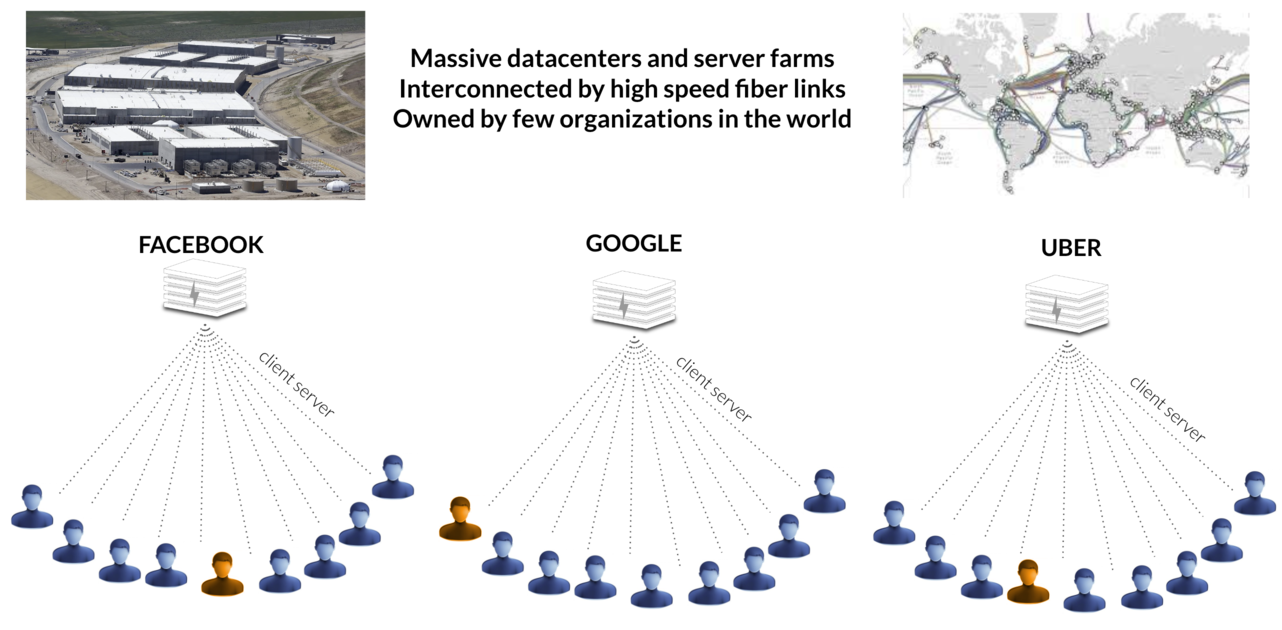
We also exist many times on the Internet across many applications and each time a full infrastructure has been built to deliver the applications from. This system is unsustainable and inefficient.
Hardware Is No Longer Used Efficiently
The IT world fails to harness the full potential of computer hardware.
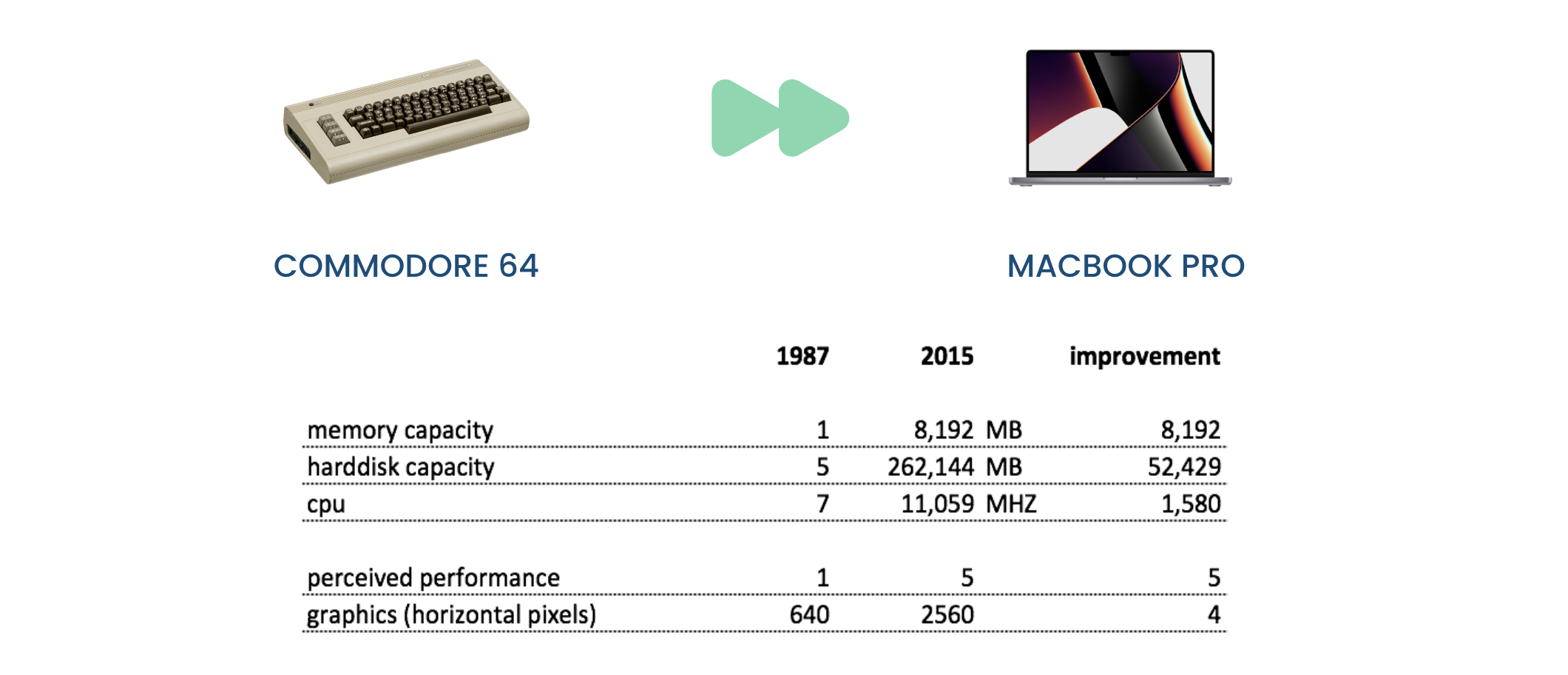
While hardware advancements have surged forward, user experiences and features have often stagnated, failing to keep pace with these developments.
The original Commodore 64, with only 64 KB of memory, was a remarkably capable machine for its time. In contrast, today's computers boast 8 GB or more of memory, yet their capabilities have not necessarily improved proportionately.
This highlights a regression in our ability to fully utilize computer hardware.
We are committed to bridging this gap by optimizing our approach to hardware utilization, thereby unlocking its full potential.
Layers

Too many abstraction layers results in bad efficiency, performance loss, increased management costs, and scalability challenges.
This is due to a number of reasons.
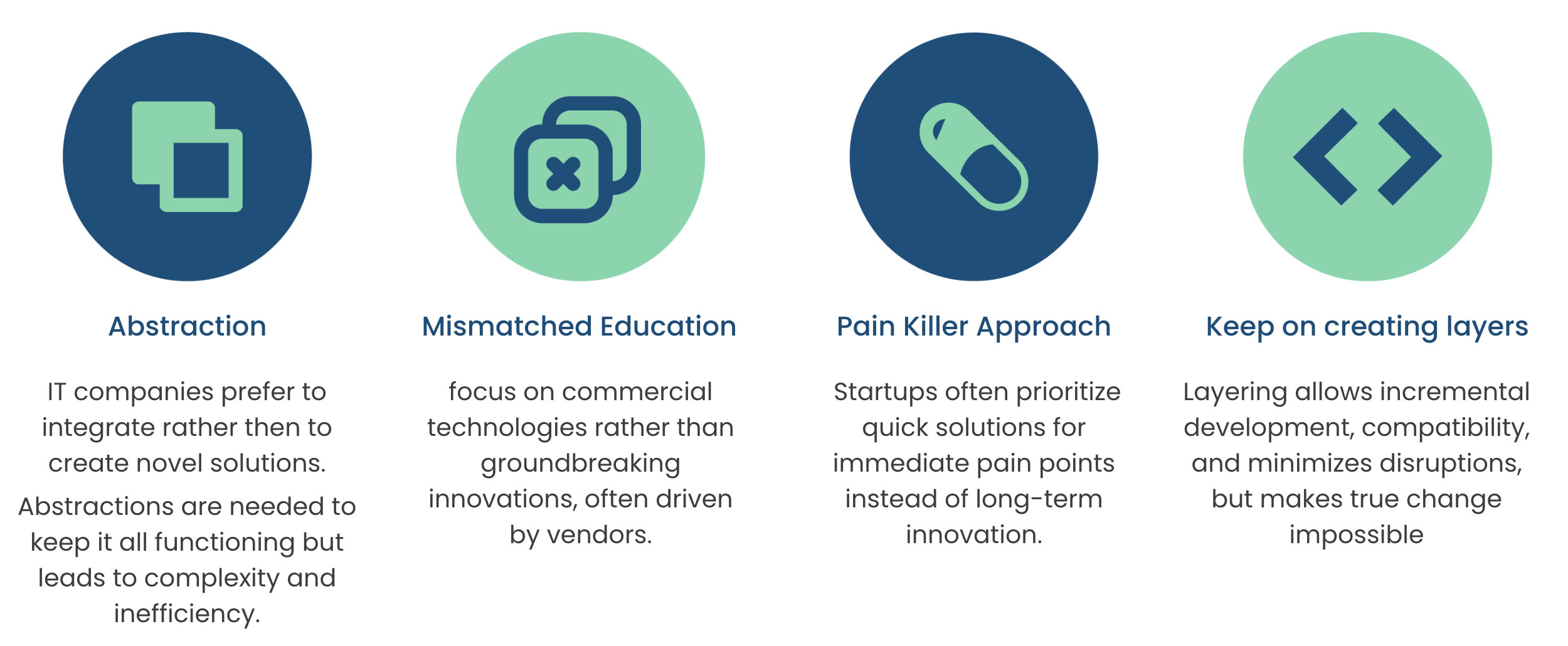
In the context of CPU scheduling in Linux (and in most modern operating systems), a context switch refers to the process of saving the state of a currently running process (such as its registers, program counter, and other relevant information) and loading the state of a different process to allow it to run. This switching of execution from one process to another is a fundamental aspect of multitasking operating systems, where multiple processes share the CPU's time.
Here's how a context switch typically works in Linux:
-
Interrupt Handling: When a higher-priority process needs to run or an event requiring immediate attention occurs (such as I/O completion), the CPU interrupts the currently running process.
-
Saving Context: The operating system saves the state of the current process, including its registers, program counter, and other relevant data, into its process control block (PCB). This step ensures that when the process resumes execution later, it can continue from where it left off.
-
Scheduling Decision: The operating system scheduler determines which process should run next based on scheduling algorithms and the priority of processes in the system.
-
Loading Context: The operating system loads the state of the selected process from its PCB into the CPU, allowing it to execute. This includes restoring the process's registers, program counter, and other relevant data.
-
Execution: The newly loaded process begins executing on the CPU.
Context switches are essential for multitasking, but they come with overhead that can impact system performance:
-
Time Overhead: Context switches require time to save and restore process states, as well as to perform scheduling decisions. This overhead adds up, especially in systems with many processes frequently switching contexts.
-
Cache Invalidation: Each time a process is switched in, it may result in cache invalidation, where the CPU's cache needs to be refreshed with data from the new process's memory space. This can lead to cache misses and performance degradation.
-
Resource Contentions: Context switches can exacerbate resource contention issues, especially in systems with limited CPU cores. If multiple processes are frequently contending for CPU time, the overhead of context switches can further delay process execution.
-
Fragmentation: Frequent context switches can lead to memory fragmentation, as processes are loaded and unloaded into memory. This fragmentation can degrade system performance over time, as it becomes more challenging to find contiguous blocks of memory for new processes.
While context switches are necessary for multitasking, excessive context switching can indeed lead to a significant loss of execution power by introducing overhead and resource contention in the system.
Therefore, efficient scheduling algorithms and optimization techniques are crucial for minimizing the impact of context switches on system performance.

Promotion
The ThreeFold Cooperative will organize promotional activities in the future, but at the moment we urgently need more people to step up and help with promoting the project.
Current Team
- Sam: Communication (Grant from ThreeFold Dubai, until end Q2)
- Web & Comms: Sasha, Ehab, Samar, Emilie, Marion, Amanda (Grant from ThreeFold Dubai, until end Q2)
- Scott: Community Coordination (Grant from ThreeFold Dubai, until end Q2)
- Mik: Documentation & Community (Grant from ThreeFold Dubai, until end Q2)
- Support: Sherwin, Mahendra, Shang, Cameron (Grant from ThreeFold Dubai, until end Q2)
- Team in Dar: Two People, TBD (Grant from OurWorld, until end Q2)
- Support by Engineering Team (Egypt): Ahmed, ... (Grant from TFTech, until end Q2)
- Support by Engineering Team (Belgium()): Sabrina, Bert, Jan ... (Grant from TFTech, until end Q2)
Note: This team does not do promotion or communicaton directly in relation to blockchain, DePIN, tokens, ...
We are looking for
- Promotion team (hands on) for DePIN launch
- Community Management & Outreach
- Farming Expansion
Our Idea
Create chapters.
ThreeFold Messaging
Key Principles
- We don't sell anything; we explain who we are, what we have created, show people what they can do with the project, the key benefits, and the overarching aim of where it is heading
- We clearly communicate the current status of the project including its size and features
The Narrative
Decentralized Autonomous Cloud
Let's break this down:
- Cloud means any service or workload
- Decentralized means everyone is a participant; everyone can deliver and/or use cloud services
- Autonomous means the software is capable to run 100% without human involvement or intervention; cloud service providers don't need to be experts.

Chapters
Chapters present a way to do outreach and community building organically based on region, language, or potentially other commonalities.
This concept needs to be further developed but here are some initial ideas around how chapters would look.
Purpose
- Drive maximum reach to our project
- Communicate region by region with local context and understanding
- Grow the gird, build deployments (expand the network)
How
- Referral-based (rewards)
- Different portals per region (culture, language, ...)
Tactical
- Use Forums, chats, ...
- Engage with like-minded projects, influencers
- Host events (online and in real life)
- Deployathon ... (-:
Measurement
- Nr of members (wallets) per region
- Nr of Node NFT’s sold
- Nr of Node NFT’s deployed
- Nr of Hero NFT’s sold (with option for company in freezone)
- Nr of INCA/TFT sold (different liquidity pools?)
Need Team Per Region
To Be Completed
e.g.
- Chapter Europe
- Michael WW
- George
- David
- Theodore
- Maximilian Rang
- Chapter East Africa
- Chapter Benelux
- Chapter U.S.A.
- ...

ThreeFold Cooperative
ThreeFold Dubai would like to hand over the day to day operation of the TFGrid to a cooperative.
- Cooperatives are trustworthy decentralized structures which allow millions of people to be part of a common goal
- Cooperative members vote for their directors
- Until this is done we will continue to operate from ThreeFold DMCC
Cooperative Founder
TF Dubai is looking for 9 ThreeFold Cooperative Founders to setup the COOP Structure.
Cooperative Director
The cooperative directors are chosen by the members by vote. When the coop is first created the 9 founders will act as de facto directors until the first vote.
The directors are like the board of a cooperative and help to structure how the cooperative members will vote and be part of the governance.
The cooperative will have a team which will carry out the day to day operations for the TFGrid.
The cooperative is funded by the utilization of the grid (40% at start).
Cooperative Directors and the team are remunerated for their contributions.
Starting The Cooperative
- ThreeFold Dubai grants 2 million TFT to TF COOP (TF DMCC and others can grant more)
- TFCoop founders will look for initial funding (sell the TFT, look for extra)
- TFCoop founders will setup the cooperative in chosen jurisdiction (might be NL)
- TFCoop founders will work with TF9 for the technical implementation of membership (as NFT etc.)
Link to TFGrid DAO
The DAO on the TFGrid will stay intact as is working today.
TFCoop Functions
- Promotion and communication
- Operate the TFGrid Marketplace (a regulated marketplace where selling and buying capacity on the TFGrid occurs)
- Operate the Tokens (exchanges etc.)
- Operate the tools (forum, websites, manuals etc.)
- Collaborate with the Guardians for the operations of the TFChain and supporting tools
- Define and operate the benefits for the members
- Distribute the TFT fees for utilization.
Status
At the start of our commercial operation (2024) we operate our cooperative functions though our company in dubai called ThreeFold DMCC, somewhere in 2024 the cooperative will be established and all functions in relation to the TFGrid will be transfered.

Governance
Community governance is important to us. TF DMCC is working to outsource the operations and promotion of the TF Grid with a community-led / cooperative approach. To achieve this, we are releasing a series of Grid Enhancement Proposals (GEPs), searching for a group of Guardians, and establishing the ThreeFold Cooperative.
Planned for 3.14 (our next release)
- GEP process is the voting process on TFChain (the ThreeFold Blockchain)
- 9 guardians: run the validators and necessary tooling for the TFGrid
- 9 cooperative directors (at start are cooperative founders): create a cooperative for all members
Treasury
This section needs to be filled in by the team.

Become a Guardian
TFGrid 3.13 requires 9 guardians to start with.
Requirements:
- Good knowledge of how to use Linux to be able to deploy and upgrade your validator starting from code
- At least 4 hours of time available per week (this will be more at start)
- Willingness to participate in the TF forum and coordinate with coders or TF9 who is the main contributor of code
- You are aligned with our values of planet and people first
- Willingness to look at open issues on Gittea (our work tool) at least 5 times a week (there are chat and email notification) unless it is during the holiday period
- Choose a backup who can help you when needed (e.g. when sick or on holidays)
- Complete your application on our forum (fill in your motivation and profile)
- Get at least 3 people from the community to endorse your skills and motivation
What you will get in return:
- Eternal recognition from your Regional Internet community (-:
- TBDk USD per month in TFT as provided by the ThreeFold Cooperative
- The TFT will come from the ThreeFold Cooperative Treasury
Guardians will host a validator
See documentation on validators for more information.

Grid Enhancement Proposal
GEP stands for Grid Enhancement Proposal.
A GEP is a document (can be on the forum) providing information to the ThreeFold community, describing a new feature or processes for the TFGrid and any other change that is managed by the TF DAO.
Requirements Before A GEP Can Be Voted
- The why and how needs to be well enough defined and specified
- The GEP always needs to be in line with the values planet first and people first
- There needs to be a forum post linked to it which gaves the community time to discuss the GEP
- The GEP should provide a concise technical specification of the new feature and a rationale for the feature if relevant
Process
- A GEP gets registered in the TFChain
- The community has to approve the GEP
- Guardians can block a GEP and ask for a re-vote and explain why the re-vote is needed. For example if:
- A mistake in the process would have been made
- Something would happen which puts any of the entities related to TF in danger, e.g. not in line with T&C (legally)
- Values are not followed (planet/people first)
- A change violates our security (e.g. introduction of non opensource in our TF Stack)
- A change has the potential to damage someone in our community
- Guardians and/or the TFCoop team will then implement the GEP
Voting Power
- 1 TFT = 1 Vote (NEW for TFGrid 3.14 and still needs to be voted by a GEP on March 21st 2024)
Some inspiration comes from https://www.python.org/dev/peps/pep-0001
Community Brainstorming for 3.14 Grid
Table of Contents
Introduction
This proposition takes inputs from different members of the TF Community. It's a brainstorming exercise in a way. It's not a TF official position, just a thought experiment.
Without thinking about technical difficulties, I try to envision an overall resilient TF ecosystem that answers the demands and needs of the community.
Proposition Overview
In brief, the TF overview would be as follows:
- A maximum supply of 1 billion TFT
- Evenly distributed farming rewards throughout the minting period
- Users discounts for mass deployments
- Farming staking vault and farming collateral
- Public staking vault (user staking)
- DAO revenues (staking vault revenues) distributed to DAO voters
- Slashing events for nodes (with bounty programs for users)
- Collateral info displayed on dashboard with alerts when nodes' collateral are being unstaked
- Communication channels for TF, the users and the farmers
- System for farmers to announce maintenance window without loss of reputation or the like
- Increase in the farming difficulty level for new nodes
- 50% utilization revenues to farmers
- Node uptime score and hardware information on Dashboard
- Adjust grid deployment costs to fit with resources
- Part of node additional fees goes to the TF Foundation for grant, R&D, etc.
- Ensure a proper utilization/capacity ratio (perhaps per region/country? TBD)
- Farmers should be able to use their tokens at all times for deployments, without having to wait any grace periods.
- Develop a system for someone to make revenues out of developing/coding/promoting on the grid. This can be done in many ways and should be discussed.
- Adjust 30-min wakeup rule: slashing until day of violation
Proposition Details
Here are the details of this proposition:
- 1 billion TFT maximum supply
- Farming rewards (POC) distribution update:
- Earliest registered nodes paid the earliest, in batches: E.g. we have 4 minting distribution per month, and nodes are categorized in the 4 batches based on the moment they registered on chain, nodes registered the earliest (not in the minting cycle, but in absolute time), are in the first batch, etc. Can be done manually first, and automated in mid/long-term.
- Users discounts on mass deployment
- If you have say 1000 deployments you can have a 10% discount. Real numbers TBD. This could further attract mass utilization by resellers.
- Farming TFT Staking Vault & Farming Collateral
- The equivalent of X months (TBD, propositions so far: between 2 and 6 months) of farming per node is kept as collateral in a farmed TFT staking vault.
- Any TFT more than X-month worth of farming per node is available to unstake given a 5 days cooldown period
- TFT in farmed TFT staking vault with the min X-months of farming collateral are eligible to vote for the DAO
- TFT farmed in TFT staking vault have 1.2 DAO voting power per TFT
- A farmer can unstake all TFT (with the 2-month collateral) given a cooldown period of 10 days.
- Once they removed all collateral
- They do not farm any more POC rewards. They can still farm POU rewards.
- They cannot vote on the DAO, i.e. TFT is removed from the farming TFT staking vault.
- Once they removed all collateral
- If a farmer unstake TFT in a farmed TFT staking vault, the only way to stake it is to put the TFT in a public TFT vault (see below)
- This means that farmed TFT staking vault contains TFT that has been minted and then used for TF DAO process only!
- Public TFT Staking Vault
- Anyone can stake TFT in a public TFT staking vault
- TFT staked in this vault for more than 20 days before a new GEP can vote for this GEP
- TFT staked in a public vault have 1.0 DAO voting power per TFT.
- Unstaking has a 10 days cooldown period.
- Anyone can stake TFT in a public TFT staking vault
- DAO Revenues: Farming + Public Staking Vault Revenues
- A % of POU revenues go to the vault wallet (e.g. 10%)
- Vault revenues are distributed to the DAO voters after each complete quarter (e.g. 4 times per year)
- Slashing
- The farming collateral can be slashed if a workload is destroyed during utilization.
- This has an added bonus of ensuring new nodes are serious about providing capacity and creating another utility for token.
- Bounty Hunting program for Slashing Events (bad nodes):
- There is a slash event and a bounty reward to the user when a user finds a node that
- can’t accept a deployment
- doesn't have a public ip when listed that they do
- destroys the deployment during utilization
- Etc. (Todo: build list of slashable events)
- There is a slash event and a bounty reward to the user when a user finds a node that
- The farming collateral can be slashed if a workload is destroyed during utilization.
- The Dashboard should show which nodes have their min collateral quantity. And alerts should be sent to users when the nodes they are using get the collateral unstaked (e.g. for slashing events or simply the farmers removing the collateral amount)
- Communication Channel: Farmers and Users Contact Info
- There must be efficient communication channels between farmers and users for maintenance and service reasons.
- Farmers should have users info (e.g. email) to be able to send maintenance notifications, etc.
- Users/TFGrid should be able to contact farmers (email and telephone)
- There must be efficient communication channels between farmers and users for maintenance and service reasons.
- System for farmers to announce maintenance window without loss of reputation or the like
- A mechanism where farmers could go through an announcement procedure, that downtime is expected on a node/farm due to maintenance or upgrade, without loosing any reputation or rewards
- Farming difficulty and Proof-of-capacity: farmers get POC rewards based on 0.08 farming registration price (farming difficulty level)
- We increase the farming difficulty for newly registered nodes when demanded by the DAO
- As a first step, we increase difficulty level to 0.10 USD (25% increase in farming difficulty)
- As TFT utilization grows, its price should increase and the DAO should naturally vote to increase the farming difficulty level.
- Proof-of-utilization: farmers get 50% of POU rewards
- Node uptime score and hardware information on Dashboard
- Add an uptime score on the Dashboard so users can see which nodes are the most online
- High-availability nodes would come first in the search.
- Add the maximum info on the node hardware for users to choose as they see fit
- Add an uptime score on the Dashboard so users can see which nodes are the most online
- Revised grid deployment costs parameters in accordance with the market and best practice for TF and high access for users
- Part of Farming additional fees to TF Foundation
- Currently, 100% goes to the farmer. A certain % (e.g. 10%) could be diverted to the TF Foundation for R&D, grant programs, etc.
- Ensure a proper utilization/capacity ratio (perhaps per region/country? TBD)
- Regulate the creation of new nodes when there is a lot of empty capacity
- This could be per country or region to avoid a scenario where overall capacity outgrows utilization, but in one country capacity is needed (e.g. there's a lot of demand locally)
- This needs to be further discussed
- Example: New nodes under 33% of utilization per country can only farm POU, but not POC.
- Farmers should be able to use their tokens at all times for deployments, without having to wait any grace periods.
- E.g. a farmer purchase an IKON XL that generates approx. 650 TFT, from which they could use 400 TFT to setup a nice cloud environmont. This should always remain the option. No waiting, no locking, no grace period.
- Develop a system for someone to make TFT revenues out of developing/coding/promoting on the grid (providing solutions, dashboard, etc.)
- E.g. find a way to have something along the lines of the previous solution provider system work.
- E.g. the person hosting a grid stack could get a % of that dashboard instance's revenues to their wallet
- Note: the current option to add an additional contract on top of the current one means unequal competition. So not ideal.
- Adjust 30-min wakeup rule slashing: adjust slashing up until the day of violation instead of for the whole minting period
Note: This is based on community feedback over many discussions. Ideally, we can integrate those points here with the ongoing 3.14 plan as shared by Kristof at the top of this page. Link to 3.14 ebook
TFGrid 3.14 Farming Updates
Table of Contents
Introduction
We present the farming updates for TFGrid 3.14.
For this version of the grid to take place, we must first decide its parameters and features, and second we must pass grid enhancement proposals (GEP) to set the agreed upon parameters and features.
Note that this documentation is for TFGrid version 3.14. It is subject to change based on the feedback from our community. Read more and join the discussion on the ThreeFold Forum.
3.14 Parameters
We discuss the parameters needed for the TFGrid 3.14.
Farming Rewards
We bring many important changes to the farming rewards. This should benefit users and farmers alike.
-
Farming reward stays the same, price on 0.08
- If price > 0.08 for more than 30 days, then the farming price changes ...
- Max 1 billion TFT on Stellar chain
- Uptime checks include network, min BW, quality of HW (needs to be further specified)
- All farmers have done KYC/AML
- Bigger farmers can sign with DMCC for SLA, which will be visible, with penalty in locked tokens by TF DMCC/COOP, there is contract involved, which gets linked to TFChain
The cooperative will resell capacity (using TFT at back) and redistribute margin as follows:
- Give 50% on utilization to farmers
- Give 10% on utilization to the stakers on the validators
- Give 40% on utilization to treasury of TF Cooperative
For more information, see here.
UI & Explorer
We want to make sure the user interface (UI) and the user experience (UX) are as good as possible. Providing users with as much information as possible on their deployment will allow them to take sound decisions that benefit them.
- track more info about nodes in explorer, easier for people to select which node is good one
- info about mem, cpu, ...
- unified way how to query nodes in UI
- show that farmers are having SLA & link to their contract with TF DMCC or TF COOP
Governance
The governance of ThreeFold will be updated to a 1 TFT, 1 vote system. This will add value to TFT and allow anyone to participate in decisions around TFT by holding the coin and voting with the power it provides.
- 1 TFT = 1 vote
GEP to Enable 3.14 Parameters
As discussed, we need to prepare the TFGrid for 3.14. To achieve this, we will pass GEPs in the coming weeks and months to ensure we are ready for 3.14.
GEP 1: Ongoing
- 95% and 98% uptime requirement for DIY and certified nodes respectively
- 50% of proof-of-utilization revenues will go to the farmer running the 3Node
- Minting will be slashed for 1 month if the node cannot wake up within 30-minutes twice within the same minting period
- When we reach 1 Billion TFT on Stellar, minting stops on Stellar
- TFT burning will stop
References: Read the GEP on the Forum here.
GEP 2: TBD
This GEP is used to define further the role of the coop as well as define clear farming rules that will ensure high-quality hardware on the grid and reliable support from farmers.
- incorporate more farming rules (see above)
- utilization revenue distribution through cooperative (see above)
GEP 3: TBD
This GEP can be done once voting system has been changed and GEP 1 and 2 are done.
- Agree on 9 directors for cooperative
GEP 4: TBD
This GEP can be done once voting system has been changed and GEP 1, 2 and 3 are done.
- Agree on 9 guardians who run the validators
Questions and Feedback
We highly encourage everyone to discuss on the forum about this exciting phase of the ThreeFold adventure.
Please share your thoughts and feedback on the ongoing forum post here.
Tokenomics TFGrid 3
Key Principles
- Keep it as simple as possible
- Maximum 1 billion TFT (used to be 4 billion)
More info

Farming Reward TFGrid 3.14
The amount of ThreeFold tokens earned by farmers is relative to the amount of compute, storage or network capacity they provide to the ThreeFold Grid.
1. Proof Of Capacity
The reward is in line with capacity provided by the farmer based on:
- Compute Capacity (CPU)
- Memory Capacity (RAM)
- Storage Capacity (SSD/HDD)
- A maximum of 1 Billion TFT can be farmed (new from 3.14)
- Once we reach 1 billion TFT, farming will stop and all rewards will be based on utilization and achievements (e.g. location and quality of the node). The cooperative and GEP's will define this in the future.
See simulator in https://dashboard.grid.tf/#/farms/simulator
More information in our manual
2. Proof Of Utilization
- 50% of utilized capacity which comes over the portal from ThreeFold Cooperative will be given to the farmer
- 40% of utilized capacity goes to ThreeFold Cooperative
- 10% of utilized capacity goes to Stakers on the Validators
DISCLAIMER: ThreeFold Dubai organizes this process. This process is the result of the execution of code written by open source developers (zero-os and minting code) and a group of people who check this process voluntarily. No claims can be made or damages asked for to any person or group related to ThreeFold Dubai like but not limited to the different councils. This process changes for TFGrid 3.X by means of the TFDAO
Overview of Threefold Tokens on the Stellar Network
Status 13 March 2024:
Total amount of TFT = 891,551,662 + 51,022,747 TFT = 942,574,409 TFT
The maximum amount of TFT will be 1 Billion TFT (originally was planned for 4 billion)
TFT
- assetCode: TFT
- issuer: GBOVQKJYHXRR3DX6NOX2RRYFRCUMSADGDESTDNBDS6CDVLGVESRTAC47
891,551,662 TFT
TFTA
We used to have another blockchain called rivine (long time ago) and the tokens coming from there were going over TFTA. A TFTA can be converted to a TFT anytime anyone wants.
- assetCode: TFTA
- issuer: GBUT4GP5GJ6B3XW5PXENHQA7TXJI5GOPW3NF4W3ZIW6OOO4ISY6WNLN2
51,022,747 TFT
Bridges
- Binance Smart Chain - BSC 68,340,360 TFT
- Etherium Bridge: 3,159,861 TFT
- TFChain Bridge: 6,952,619 TFT
All TFT on these bridge accounts are locked on Stellar and cannot be used, they are part of the TFT bucket above.
Validators
Validators & staking on TFGrid 3.14.
- 9 guardians are needed
- They will run a full TF Validator Stack (technically)
- Anyone can stake TFT on that stack
Reward:
- 10% of revenue over TFGrid in TFT or INCA
- This percentage can change over time and will be voted by GEP
- A validator recieves a monthly income to support his/her work as well in e.g. INCA or TFT
What Is Deployed On A Validator
- TFChain Node (our blockchain node)
- TFHub (lets people go from docker to tfgrid ZOS flists)
- TFBootstrap (how to install new node)
- Explorer (has all stats)
- Validator Code (keeps the grid clean & healthy)
- Monitoring Software
- Bridges (needs to be migrated carefully, might take some time)
ThreeFold Grid Technology
ThreeFold has developed a highly efficient infrastructure layer for a new internet.
Providing Internet & Cloud capacity is as easy as buying or building a node and connecting it to the internet.

A lot of capacity has been deployed in the world, ThreeFold farmers buy a computer and they connect it to the internet, as such they use our operating system to provide Internet capacity to the world.
There are multiple ways in which people can interact with our platform (as a developer or IT an expert: sysadmin):

All technology is developed by ThreeFold and is opensource, this technology is being used for the ThreeFold grid (see https://www.threefold.io) which is the deployment of a new internet which is green, safe and owned by all of us.
This document explains how ThreeFold is the missing layer for the full web2, web3 and blockchain world.
This leads to a system which is highly scalable.

Decentralized Cloud Technology Features
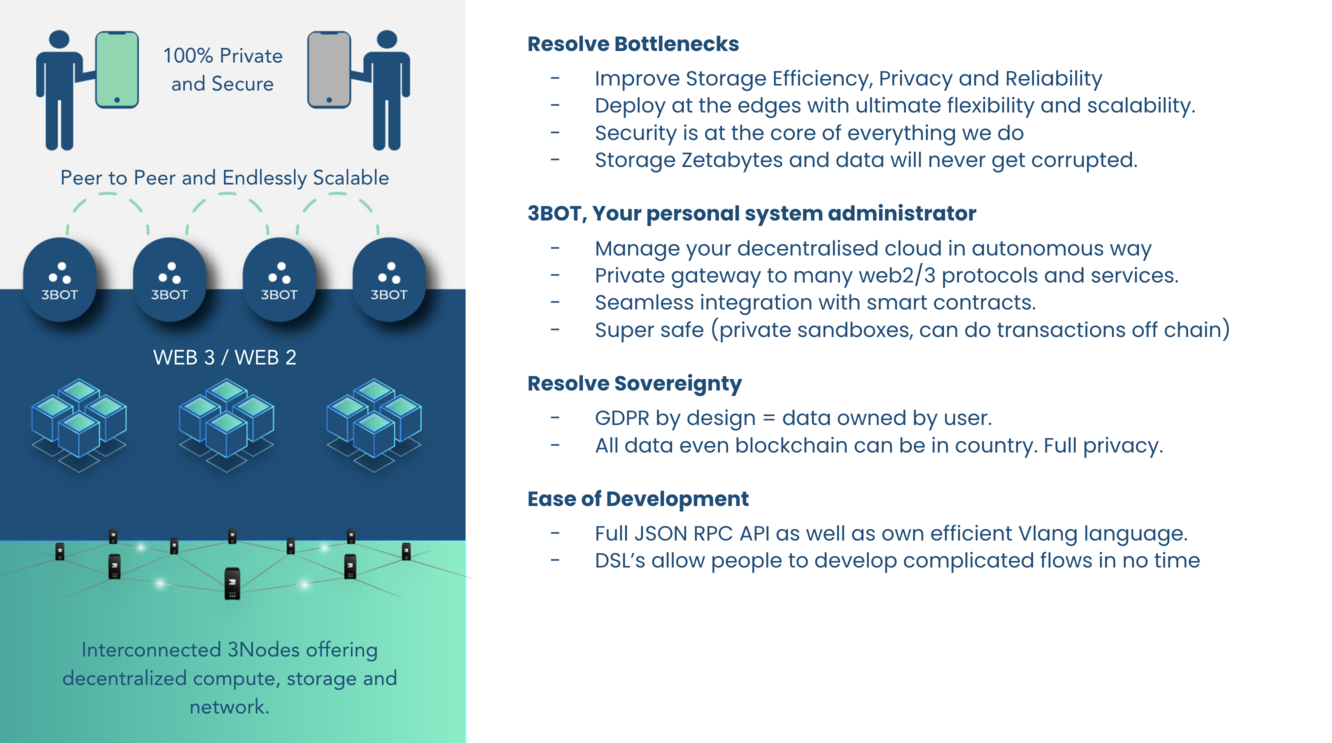
Zero OS as generator for Compute, Storage, Network capacity.
Compute (uses CU)
- ZKube
- kubernetes deployment
- ZMachine
- the container or virtual machine running inside ZOS
- CoreX
- process manager (optional), can be used to get remote access to your zmachine
A 3Node is a Zero-OS enabled computer which is hosted with any of the Cloud Providers.
There are 4 storage mechanisms which can be used to store your data:
- ZOS FS
- is our dedupe unique filesystem, replaces docker images.
- ZOS Mount
- is a mounted disk location on SSD, this can be used as faster storage location.
- Quamtum Safe Filesystem
- this is a super unique storage system, data can never be lost or corrupted. Please be reminded that this storage layer is only meant to be used for secondary storage applications.
- ZOS Disk
- a virtual disk technology, only for TFTech OEM partners.
There are 4 ways how networks can be connected to a Z-Machine.
- Mycelium = Planetary network:
- is a planetary scalable network, we have clients for windows, osx, android and iphone.
- ZOS NIC:
- connection to a public ipaddress
- WEB GW:
- web gateway, a secure way to allow internet traffic reach your secure Z-Machine.
Compute Layer
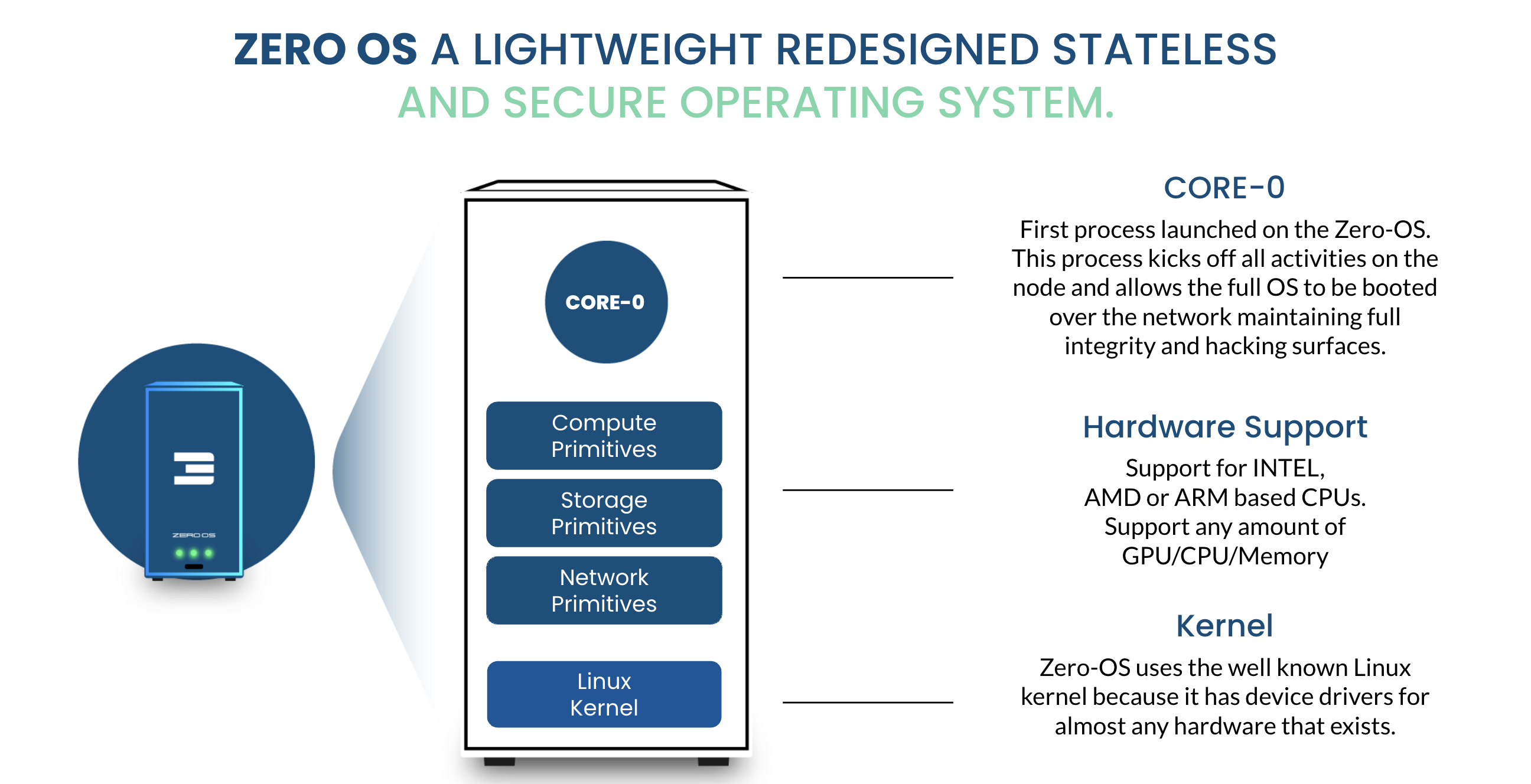
Default features:
- Compatible with Docker
- Compatible with any VM (Virtual Machine)
- Compatible with any Linux workload
- Integrated unique storage & network primitives
- Integrated smart contract for IT layer
We have the following unique advantages:
- No need to work with images, we work with our unique ZOS FS
- Every container runs in a dedicated virtual machine providing more security
- The containers talk to each other over a private network (Mycelium)
- The containers can use a web gateway to allow internet users to connect to the applications which are running in their secure containers
- Can use core-x to manage the workload
For more information see ZeroOS
Zero-OS
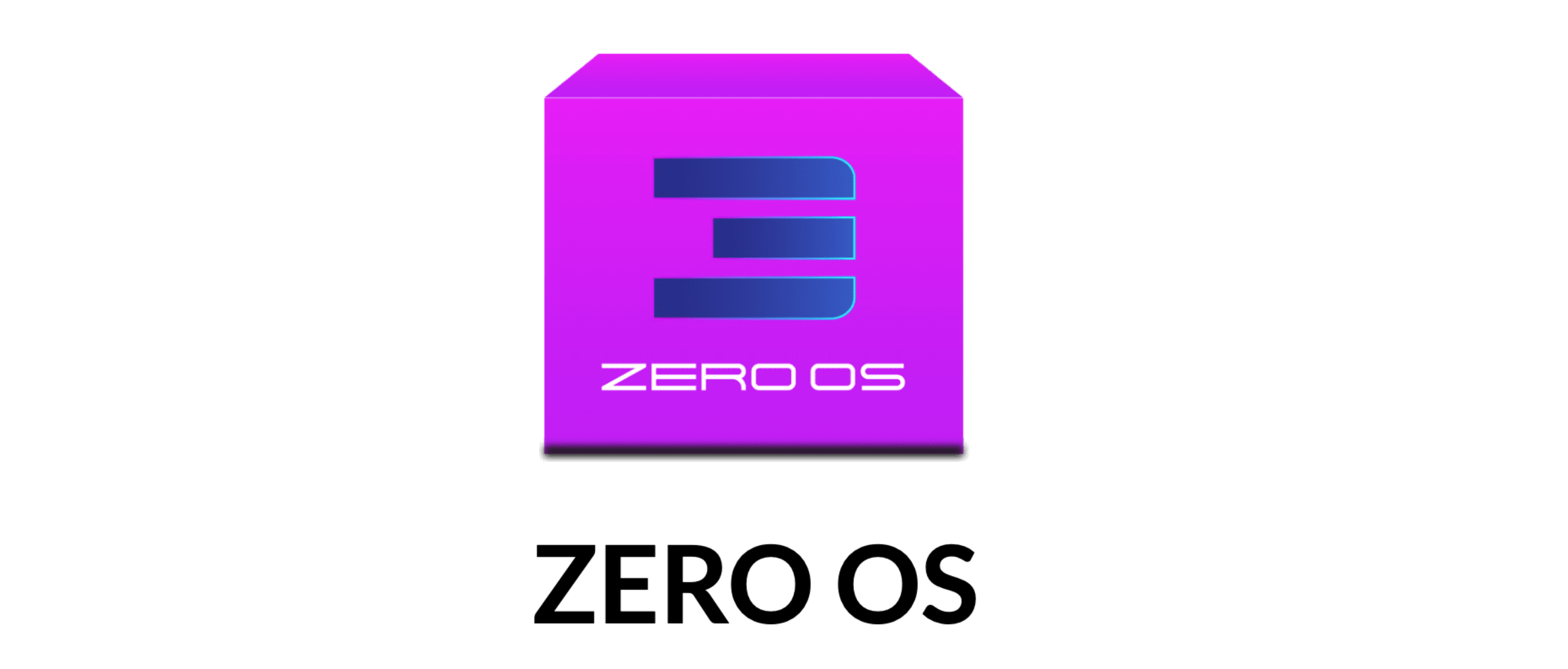
A revolutionary operating system which can be booted on most modern computers. Once installed Zero-OS locks the hardware and makes it accessible to the decentralized marketplace or a centralized ultra secure deployment system. Blockchain mechanism can be used to strongly control how workloads are deployed on the system.
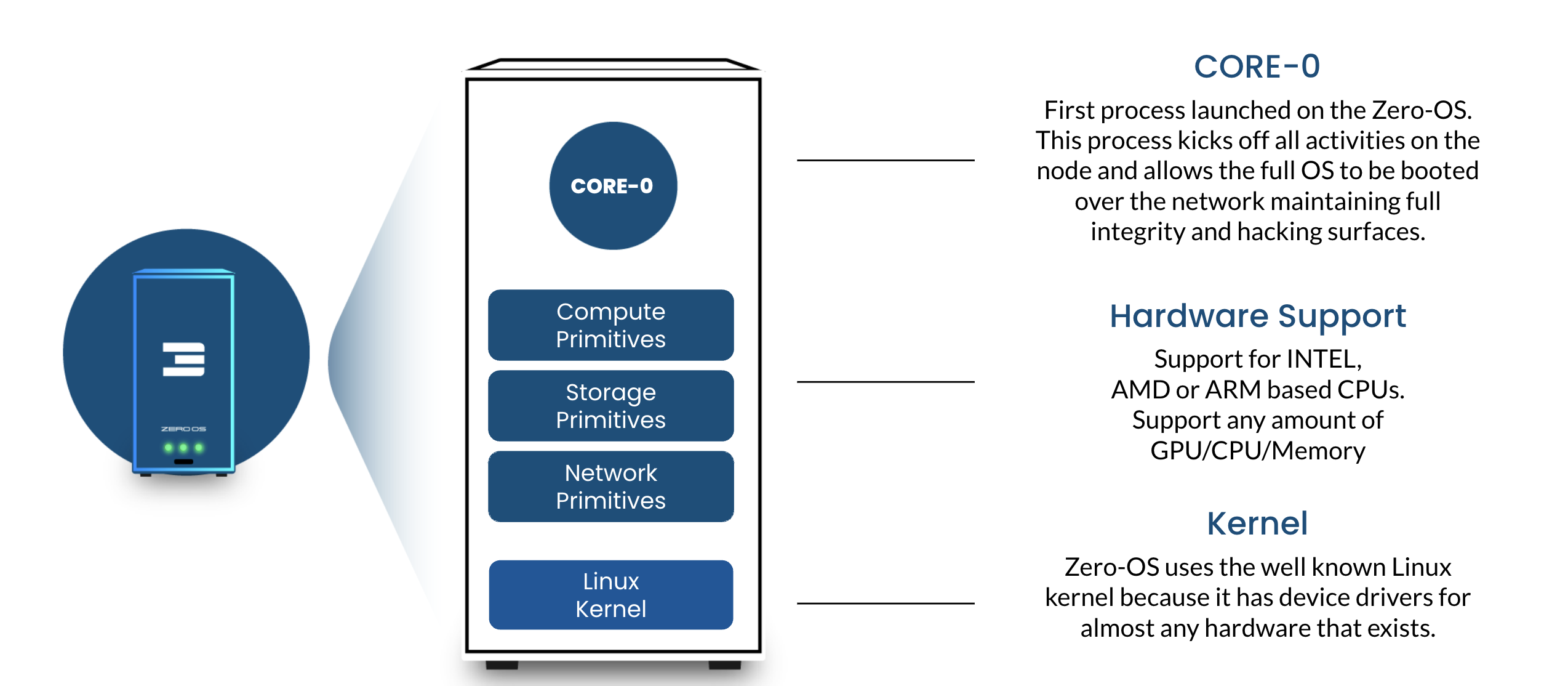
ZOS Compute & Storage Overview
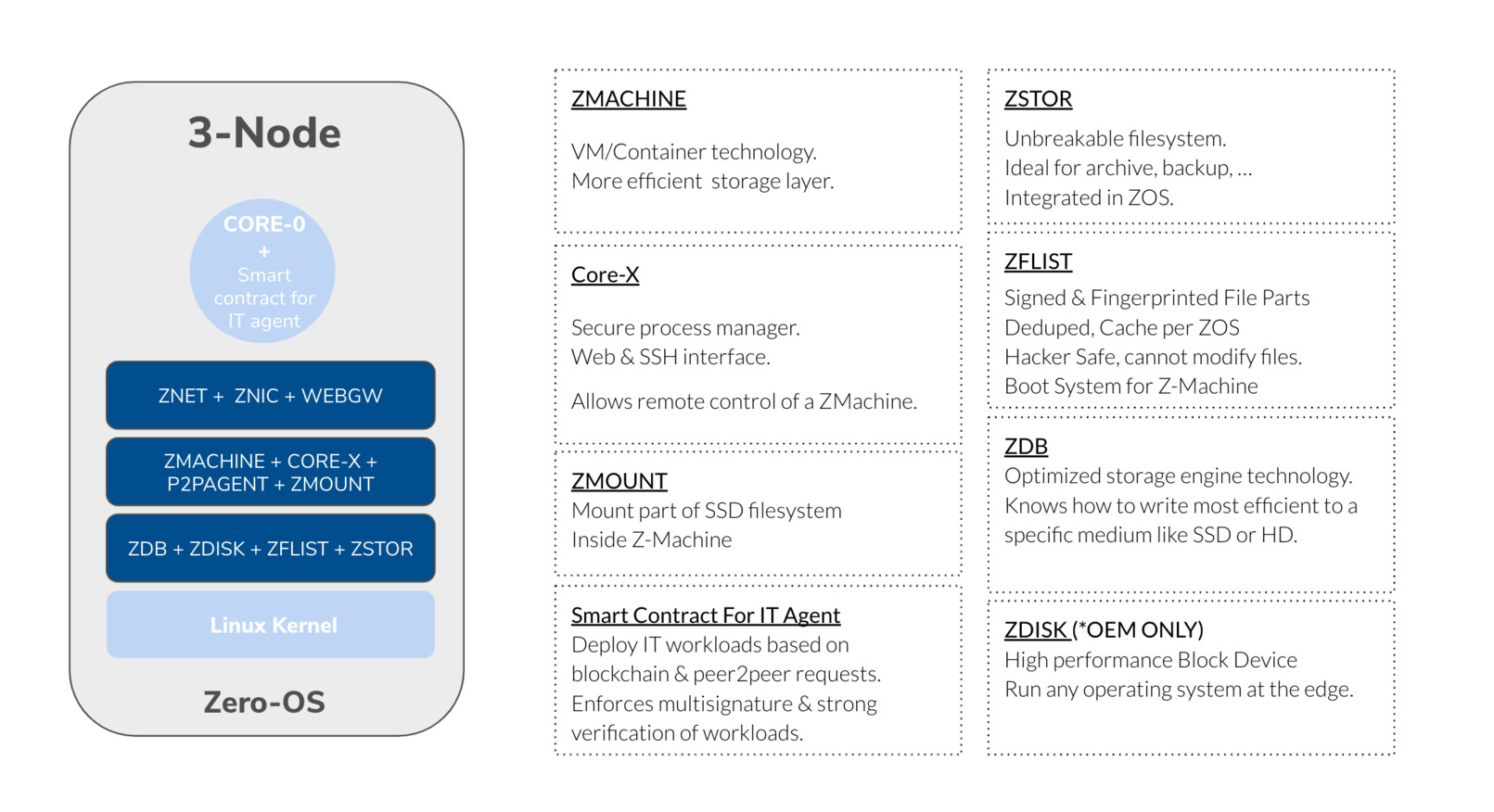
ZOS Network Overview
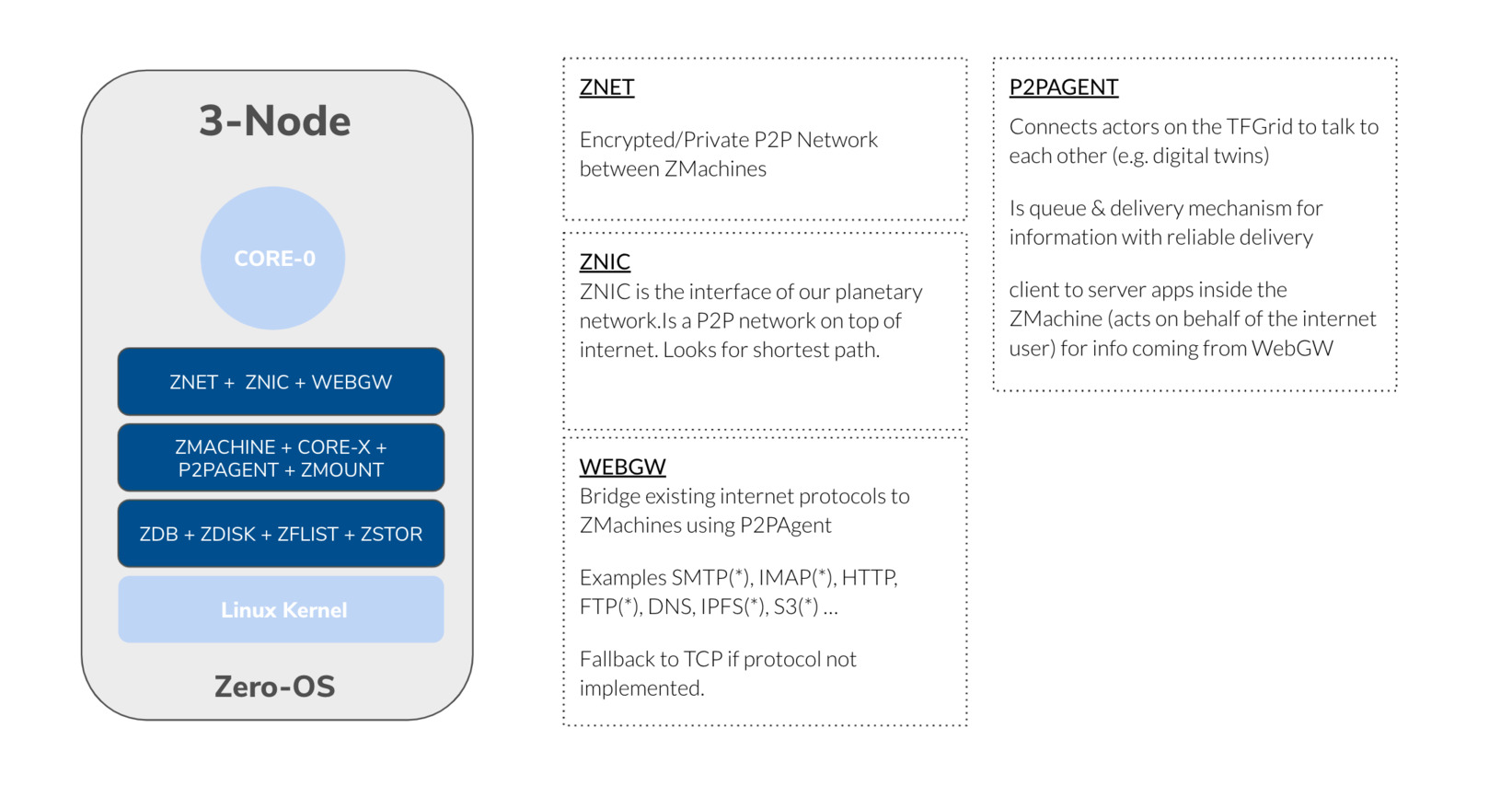
Imagine An Operating System With The Following Benefits
- Up to 10x more efficient for certain workloads (e.g. storage)
- No install required
- All files are deduped for the VM's, containers and the ZOS itself, no more data duplicated filesystems
- The hacking footprint is very small which leads to much safer systems
- Every file is fingerprinted and gets checked at launch time of an application
- There is no shell or server interface on the operating system
- The networks are end2end encrypted between all Nodes
- It is possible to completely disconnect the compute/storage from the network service part which means hackers have a lot less chance to access the data
- A smart contract for the IT layer allows groups of people to deploy IT workloads with consensus and full control
- All workloads which can run on linux can run on Zero-OS but in a much more controlled, private and safe way
We have created an operating system from scratch. We used the Linux kernel and its components and then built further on it. We have been able to achieve all of the above benefits.
Requirements:
- Autonomy: TF Grid needs to create compute, storage and networking capacity everywhere. We could not rely on a remote (or a local) maintenance of the operating system by owners or operating system administrators.
- Simplicity: An operating system should be simple, able to exist anywhere for anyone, and be good for the planet.
- Stateless: In a grid (peer-to-peer) set up, the sum of the components provides a stable basis for single elements to fail and not bring the whole system down. Therefore, it is necessary for single elements to be stateless, and the state needs to be stored within the grid.
Infrastructure As Code

IAC = DevOps is a process framework that ensures collaboration between Development and Operations Team to deploy code to production environment faster in a repeatable and automated way.
In simple terms, DevOps can be defined as an alignment between development and IT operations with better communication and collaboration.

CoreX
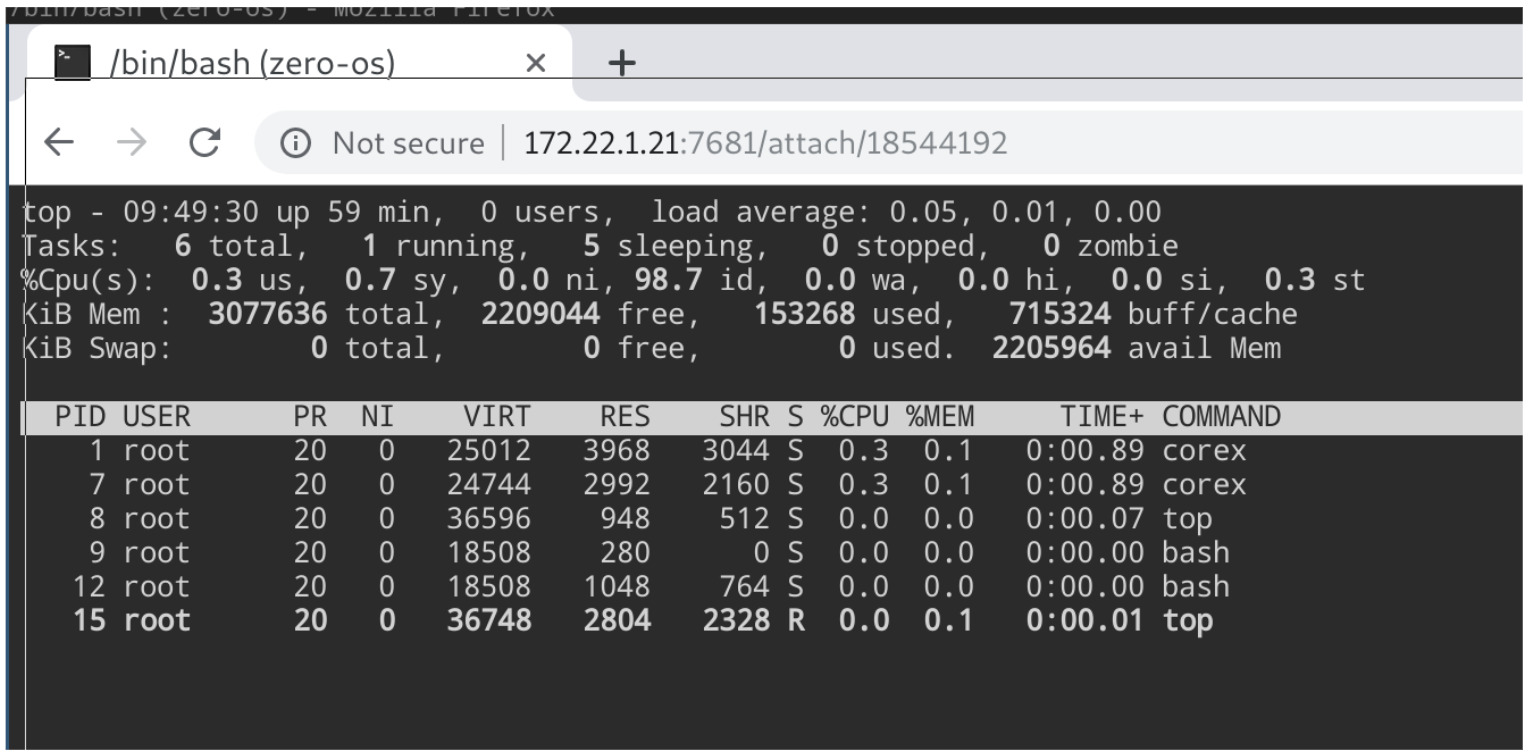
This tool allows you to manage your ZMachine over web remotely.
ZMachine process manager:
- Provides a web interface and a REST API to control your processes
- Allows you to watch the logs of your processes
- You can use it as a web terminal (access over https to your terminal)
Quantum Safe Storage System
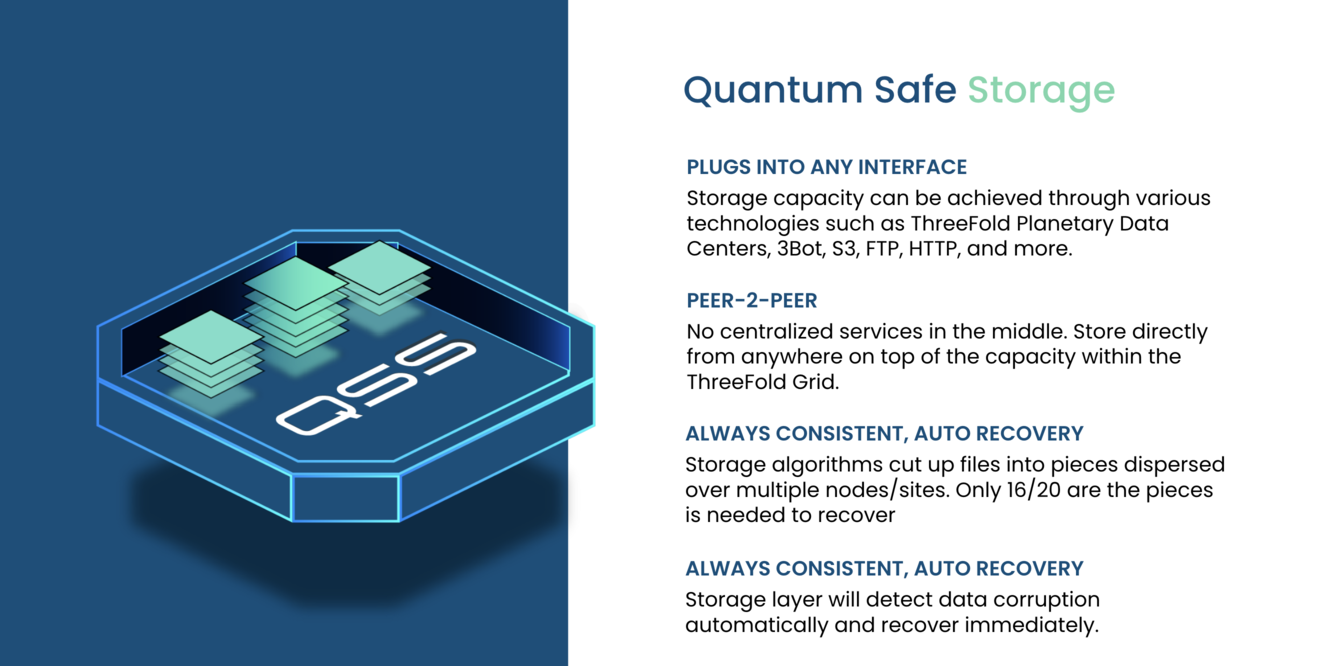
Our storage architecture follows the true peer2peer design of the Decentralized Cloud System. Any participating node only stores small incomplete parts of objects (files, photos, movies, databases etc.) by offering a slice of the present (local) storage devices. Managing the storage and retrieval of all of these distributed fragments is done by a software that creates development or end-user interfaces for this storage algorithm. We call this 'dispersed storage'.
Benefits
- Not even a quantum computer can hack
- Zetabytes can be stored as easily as Petabytes
- The system is truly autonomous & self healing
- Datarot is detected and fixed.
- There is 100% contorl over where data is (GDPR)
Architecture

The cloud user can mix and match storage technologies as are required for their application.
Peer2Peer Advantages
Peer2peer provides the unique proposition of selecting storage providers that match your application and service of business criteria. For example, you might be looking to store data for your application in a certain geographic area (for governance and compliance) reasons. You might also want to use different "storage policies" for different types of data. Examples are live versus archived data. All of these uses cases are possible with this storage architecture, and could be built by using the same building blocks produced by farmers and consumed by developers or end-users.
There is 100% control over where the data is positioned and the security is incredible.
Quantum Safe Storage Algoritm
The Quantum Safe Storage Algorithm is the heart of the Storage engine. The storage engine takes the original data objects and creates data part descriptions that it stores over many virtual storage devices (ZDB/s).
Data gets stored over multiple ZDB's in such a way that data can never be lost.
Unique features
- Data always append, can never be lost
- Even a quantum computer cannot decrypt the data
- Data is spread over multiple sites. If these sites are lost the data will still be available
- Protects from datarot
The Problem
Today we produce more data than ever before. We cannot continue to make full copies of data to make sure it is stored reliably. This will simply not scale. We need to move from securing the whole dataset to securing all the objects that make up a dataset.
We are using technology which was originally used for communication in space.
The algo stores data fragments over multiple devices (physical storage devices ).
The solution is not based on replication or sharding, the algo represents the data as equasions which are distributed over multiple locations.
How Data Is Stored Today
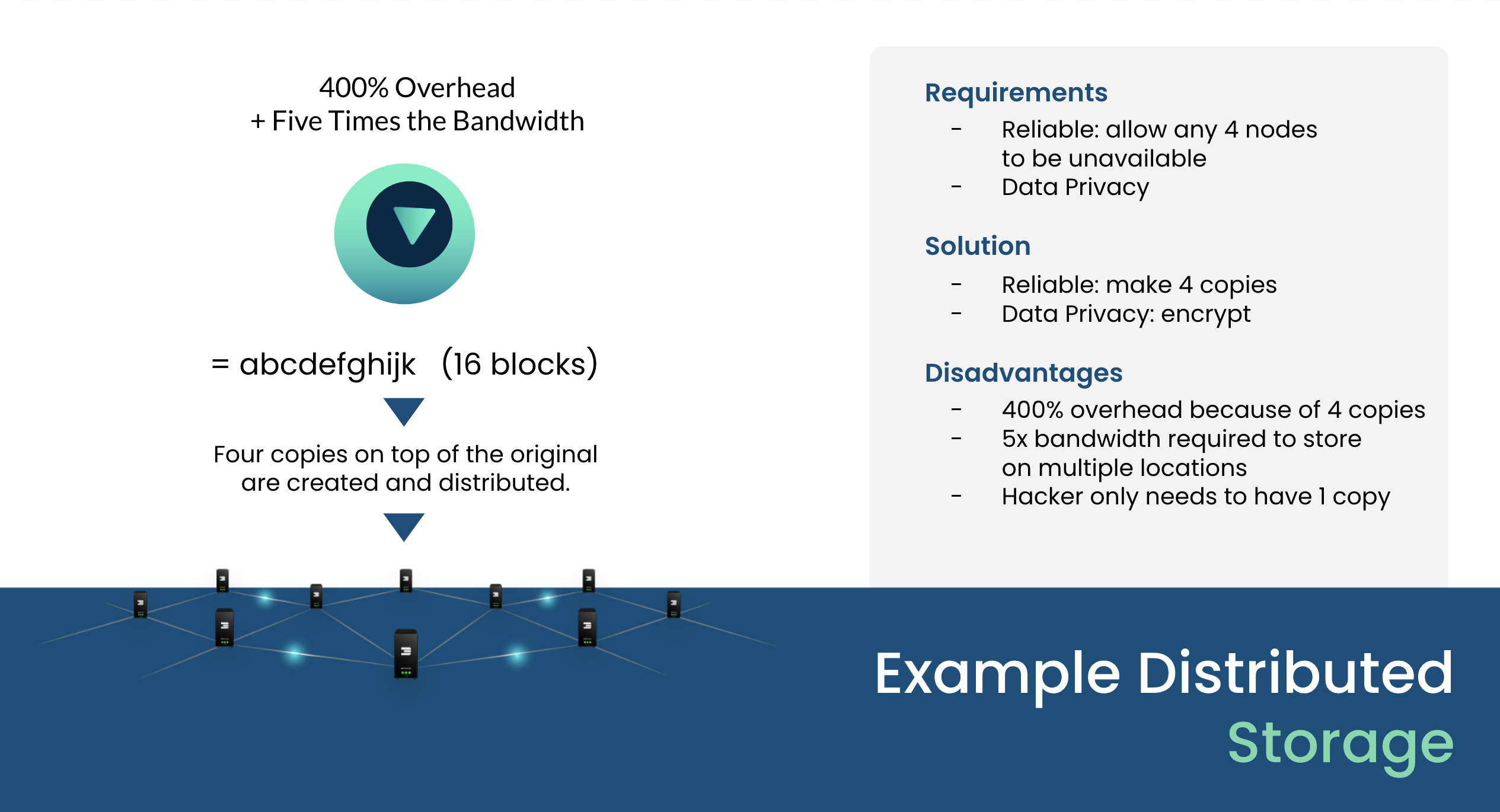
In most distributed systems, as used on the Internet or in blockchain today, the data will get replicated (sometimes after sharding, which means distributed based on the content of the file and spread out over the world).
This leads to a lot of overhead and minimal control where the data is.
In well optimized systems overhead will be 400% but in some it can be orders of magnitude higher to get to a reasonable redundancy level.
The Quantum Safe Storage System Works Differently
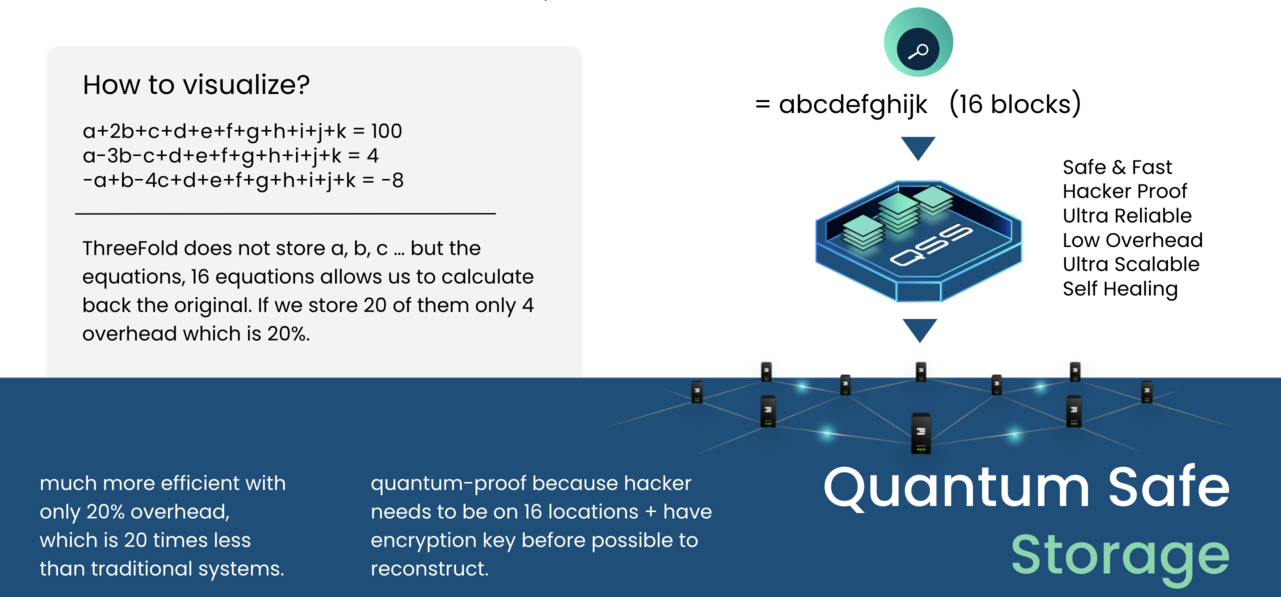
We have developed a new storage algorithm which is more efficient, ultra reliable and gives you full control over where your data is stored.
Our approach is different. Let's try to visualize this new approach with a simple analogy using equations.
Let a,b,c,d.... be the parts of the original object. You could create endless unique equations using these parts. A simple example: let's assume we have 3 parts of original objects that have the following values:
a=1
b=2
c=3
(and for reference the part of the real-world objects is not a simple number like '1' but a unique digital number describing the part, like the binary code for it '110101011101011101010111101110111100001010101111011.....').
With these numbers we could create endless amounts of equations:
1: a+b+c=6
2: c-b-a=0
3: b-c+a=0
4: 2b+a-c=2
5: 5c-b-a=12
etc.
Mathematically we only need 3 to describe the content (value) of the fragments. But creating more adds reliability. Now store those equations distributed (one equation per physical storage device) and forget the original object. So we no longer have access to the values of a, b, c and we just remember the locations of all the equations created with the original data fragments.
Mathematically we need three equations (any 3 of the total) to recover the original values for a, b or c. So do a request to retrieve 3 of the many equations and the first 3 to arrive are good enough to recalculate the original values. Three randomly retrieved equations are:
5c-b-a=12
b-c+a=0
2b+a-c=2
And this is a mathematical system we could solve:
- First: 'b-c+a=0 -> b=c-a'
- Second: '2b+a-c=2 -> c=2b+a-2 -> c=2(c-a)+a-2 -> c=2c-2a+a-2 -> c=a+2'
- Third: '5c-b-a=12 -> 5(a+2)-(c-a)-a=12 -> 5a+10-(a+2)+a-a=12 -> 5a-a-2=2 -> 4a=4 -> a=1'
Now that we know 'a=1' we could solve the rest 'c=a+2=3' and 'b=c-a=2'. And we have from 3 random equations regenerated the original fragments and could now recreate the original object.
The redundancy and reliability in this system results from creating equations (more than needed) and storing them. As shown these equations in any random order can recreate the original fragments and therefore redundancy comes in at a much lower overhead.
In our system we don't do this with 3 parts but with thousands.
Example of 16/4

Each object is fragmented into 16 parts. So we have 16 original fragments for which we need 16 equations to mathematically describe them. Now let's make 20 equations and store them dispersedly on 20 devices. To recreate the original object we only need 16 equations. The first 16 that we find and collect allows us to recover the fragment and in the end the original object. We could lose any 4 of those original 20 equations.
The likelihood of losing 4 independent, dispersed storage devices at the same time is very low. Since we have continuous monitoring of all of the stored equations, we could create additional equations immediately when one of them is missing, making it an auto-regeneration of lost data and a self-repairing storage system.
The overhead in this example is 4 out of 20 which is a mere 20% instead of 400% .
Content Delivery
This system can be used as backend for content delivery networks.
E.g. content distribution policy could be a 10/50 distribution which means, the content of a movie would be distributed over 60 locations from which we can lose 50 at the same time.
If someone now wants to download the data, the first 10 locations to answer will provide enough of the data parts to rebuild the data.
The overhead here is more, compared to previous example, but stil orders of magnitude lower compared to other CDN systems.
The Quantum Safe Storage System Can Avoid Datarot
Datarot is the fact that data storage degrades over time and becomes unreadable e.g. on a harddisk.
The storage system provided by ThreeFold intercepts this silent data corruption ensurinf that data does not rot.
See also https://en.wikipedia.org/wiki/Data_degradation
Zero Knowledge Proof Storage System
The Quantum Safe Storage System is zero knowledge proof compliant. The storage system is made up of / split into 2 components: the actual storage devices use to store the data (ZDB's) and the Quantum Safe Storage engine.

The zero proof knowledge compliancy comes from the fact that all of the physical storage nodes (3Nodes) can prove that they store a valid part of the data that the quantum safe storage engine (QSSE) has stored on multiple independent devices. The QSSE can validate that all of the QSSE storage devices have a valid part of the original information. The storage devices however have no idea what the original stored data is as they only have a part (description) of the original data and have no access to the original data part or the complete original data objects.
Quantum Safe Storage System for NFT
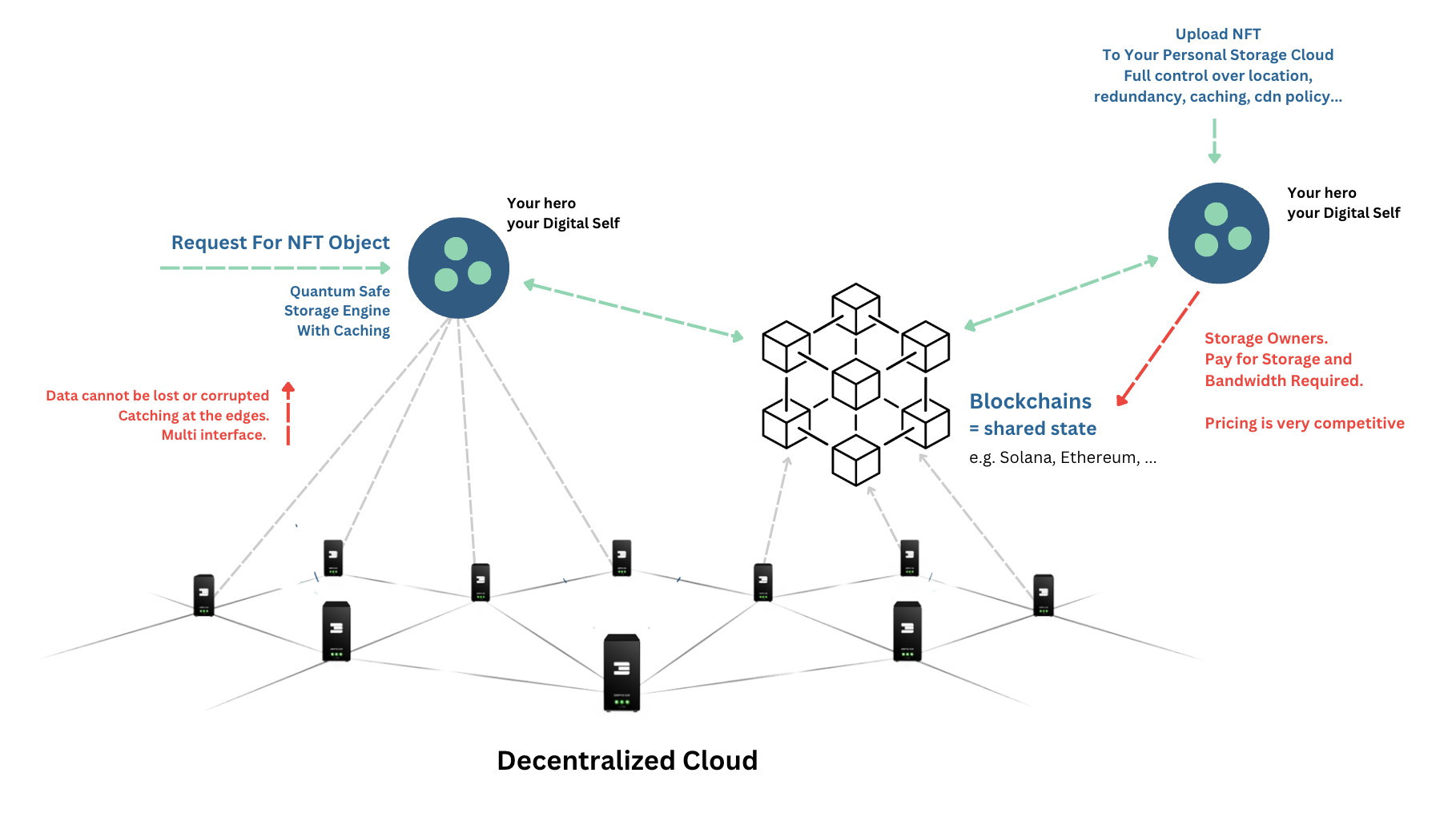
The owner of the NFT can upload the data using one of our supported interfaces:
- Http upload (everything possible on https://nft.storage/ is also possible on our system)
- Filesystem
Anyone in the world can retrieve the NFT (if allowed) and the data will be verified when doing so. The data is available anywhere in the world using multiple interfaces again (IPFS, HTTP(S) etc.). Caching happens on a global level. No special software or account on ThreeFold is needed to do this.
The NFT system operates on top of a very reliable storage system which is sustainable for the planet and ultra secure and private. The NFT owner also owns the data.
The Benefits
Persistence = Owned by the data user, as represented by their associated 3Bot

The system is not based on a shared-all architecture.
Whoever stores the data has full control over:
- Where data is stored (specific locations)
- The redundancy policy which is used
- How long the data is kept
- CDN policy (where the data is available and for how long)
Reliability
- Data cannot be corrupted
- Data cannot be lost
- Each time data is fetched back the hash (fingerprint) is checked. If there are any issues then autorecovery occurs
- All data is encrypted and compressed (unique per storage owner)
- Data owner chooses the level of redundancy
Lookup
- Multi URL & storage network support (see more in the interfaces section)
- IPFS, HyperDrive URL schema
- Unique DNS schema (with long key which is globally unique)
CDN Support
Each file (movie, image etc.) stored is available in many locations worldwide.
Each file gets a unique url pointing to the data which can be retrieved from all these locations.
Caching happens at each endpoint.
Self Healing & Auto Correcting Storage Interface
Any corruption e.g. bitrot gets automatically detected and corrected.
In case of a HD crash or storage node crash the data will automatically be expanded again to fit the chosen redundancy policy.
The Storage Algoritm Uses Quantum Safe Storage System As Its Base
Not even a quantum computer can hack data stored on our QSSS.
The QSSS is a super innovative storage system which works on planetary scale and has many benefits compared to shared and/or replicated storage systems.
It uses forward looking error correcting codes inside.
Green
Storage uses upto 10x less energy compared to classic replicated system.
Multi Interface
The stored data is available over multiple interfaces at once.
| Interface | |
|---|---|
| IPFS | 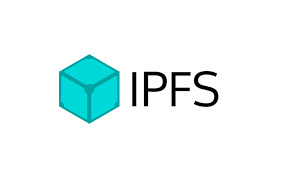 |
| Http(s) on top of 3Bot |  |
| Syncthing | 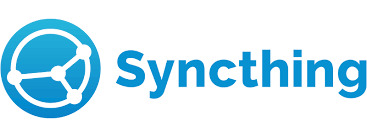 |
| Filesystem |  |
This allows ultimate flexibility from the end user perspective.
The object (video, image etc.) can easily be embedded in any website or other representation which supports http.
Quantum Safe Filesystem

A redundant filesystem, can store PB's (millions of gigabytes) of information.
Unique features:
- Unlimited scalability (many petabytes)
- Quantum Safe:
- No farmer knows what the data is
- Even a quantum computer cannot decrypt the data
- Data can't be lost
- Protection for datarot, data will autorepair
- Data is kept forever (data does not get deleted)
- Data is dispersed over multiple sites
- Even if the sites go down the data will not be lost
- Up to 10x more efficient than storing on classic storage cloud systems
- Can be mounted as filesystem on any OS or any deployment system (OSX, Linux, Windows, Docker, Kubernetes etc.)
- Compatible with ± all data workloads (not high performance data driven workloads like a database)
- Self-healing: when a node or disk is lost, the storage system can get back to the original redundancy level
- Helps with compliance for regulations like GDPR (as the hosting facility has no view on what is stored: information is encrypted and incomplete)
- Hybrid: can be installed onsite, public and private
- Read-write caching on encoding node (the front end)
Mount Any Files In Your Storage Infrastructure
The QSFS is a mechanism to mount any file system (in any format) on the grid, in a quantum secure way.
This storage layer relies on 3 primitives:
-
0-db is the storage engine. It is an always append database, which stores objects in an immutable format. It allows history to be kept out-of-the-box, good performance on disk, low overhead, easy data structure and easy backup (linear copy and immutable files).
-
0-stor-v2 is used to disperse the data into chunks by performing 'forward-looking error-correcting code' (FLECC) on it and send the fragments to safe locations. It takes files in any format as input, encrypts the file with AES based on a user-defined key, then FLECC-encodes the file and spreads out the result to multiple 0-DBs. The number of generated chunks is configurable to make it more or less robust against data loss through unavailable fragments. Even if some 0-DBs are unreachable, you can still retrieve the original data, and missing 0-DBs can even be rebuilt to have full consistency. It is an essential element of the operational backup.
-
0-db-fs is the filesystem driver which uses 0-DB as a primary storage engine. It manages the storage of directories and metadata in a dedicated namespace and file payloads in another dedicated namespace.
Together they form a storage layer that is quantum secure: even the most powerful computer can't hack the system because no single node contains all of the information needed to reconstruct the data.
This concept scales forever, and you can bring any file system on top of it:
- S3 storage
- any backup system
- an ftp-server
- IPFS and Hypercore distributed file sharing protocols
Architecture
By using our filesystem inside a Virtual Machine or Kubernetes, the cloud user can deploy any storage application on top e.g. Minio for S3 storage, OwnCloud as online fileserver.
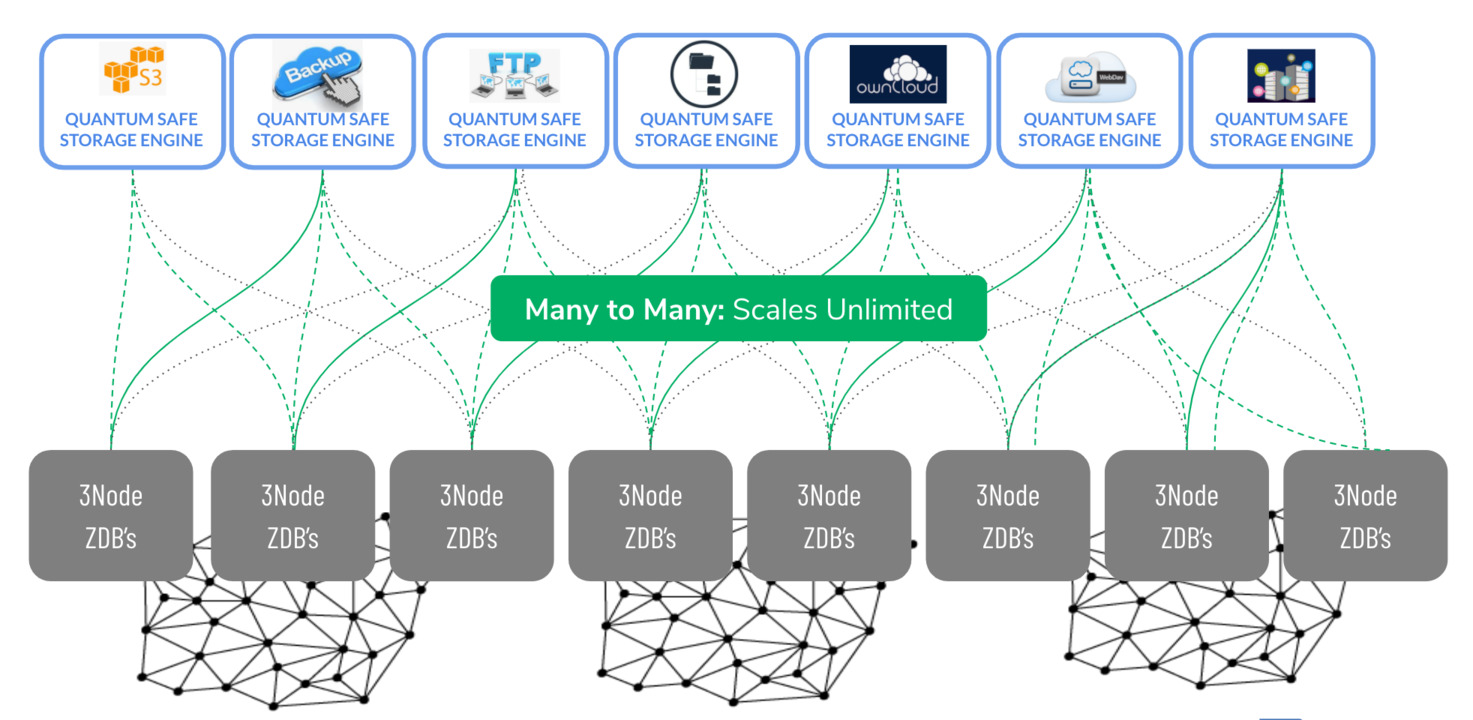
Any storage workload can be deployed on top of the zstor.
Network Technology Overview
Our decentralized networking platform allows any compute and storage workload to be connected together on a private (overlay) network and exposed to the existing Internet network. The peer-to-peer network platform allows any workload to be connected over secure encrypted networks, which will look for the shortest path between nodes.
Secure Mesh Overlay Network (Peer-to-Peer)
ZNet is the foundation of any architecture running on the TF Grid. It can be seen as a virtual private data center and the network allows all of the N containers to connect to all of the (N-1) other containers. Any network connection is a secure network connection between your containers, it creates a peer-to-peer network between containers.
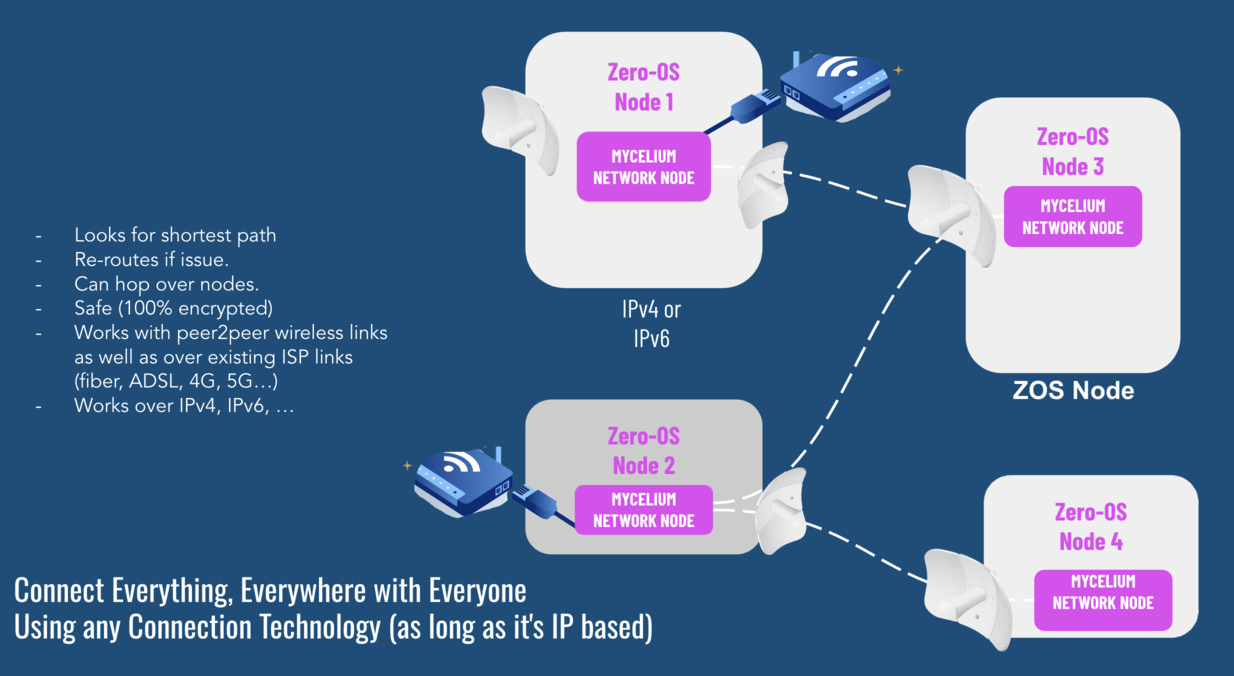
No connection is made with the Internet. The ZNet is a single tenant network and by default not connected to the public Internet. Everything stays private. For connecting to the public Internet, a Web Gateway is included in the product to allow for public access, if and when required.
Redundancy
As integrated with Web Gateway (WebGW):

- Any app can get (securely) connected to the Internet by any chosen IP address made available by ThreeFold network farmers through WebGW
- An app can be connected to multiple web gateways at once, the DNS round robin principle will provide load balancing and redundancy
- An easy clustering mechanism where web gateways and nodes can be lost and the public service will still be up and running
- Easy maintenance. When containers are moved or re-created, the same end user connection can be reused as that connection is terminated on the Web Gateway. The moved or newly created Web Gateway will recreate the socket to the Web Gateway and receive inbound traffic.
Network Wall
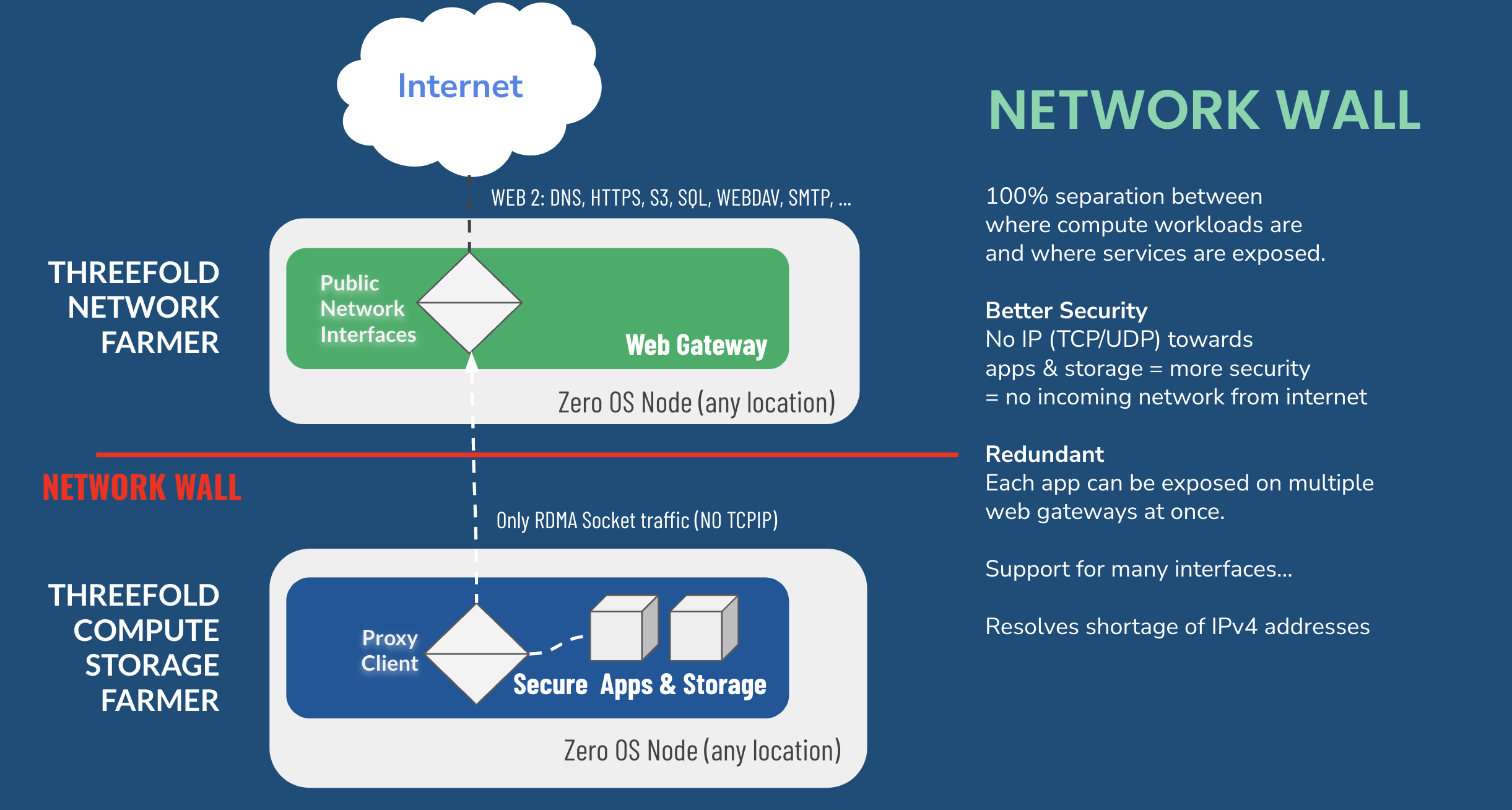
For OEM projects we can implement a cloud deployment without using TCP-IP or Ethernet this can lead to super secure environments, ideal to battle the Cuber Pandemic.
Mycelium: Our Planetary Network

The planetary network called Mycelium is an overlay network which lives on top of the existing Internet or other peer-to-peer networks created. In this network, everyone is connected to everyone. End-to-end encryption between users of an app and the app runs behind the network wall.
Each user end network point is strongly authenticated and uniquely identified, independent of the network carrier used. There is no need for a centralized firewall or VPN solutions, as there is a circle-based networking security in place.
Key Benefits
- It finds shortest possible paths between peers
- There is full security through end-to-end encrypted messaging
- It allows for peer-to-peer links, like meshed wireless
- It can survive broken Internet links and re-route when needed
- It resolves the shortage of IPV4 addresses
Whereas current computer networks depend heavily on very centralized design and configuration, this networking concept breaks this mold by making use of a global-spanning tree to form a scalable IPv6 encrypted mesh network. This is a peer-to-peer implementation of a networking protocol.
The following table illustrates the high-level differences between traditional networks like today's Internet, and the Planetary Network created by ThreeFold:
| Characteristic | Traditional | Mycelium |
|---|---|---|
| End-to-end encryption for all traffic across the network | No | Yes |
| Decentralized routing information shared using a DHT | No | Yes |
| Cryptographically-bound IPv6 addresses | No | Yes |
| Node is aware of its relative location to other nodes | No | Yes |
| IPv6 address remains with the device even if moved | No | Yes |
| Topology extends gracefully across different mediums, i.e. mesh | No | Yes |
What are the problems solved here?
The Internet as we know it today doesn’t conform to a well-defined topology. This has largely happened over time - as the Internet has grown, more and more networks have been “bolted together." The lack of defined topology gives us some unavoidable problems:
- The routing tables that hold a “map” of the Internet are huge and inefficient
- There isn’t really any way for a computer to know where it is located on the Internet relative to anything else
- It is difficult to examine where a packet will go on its journey, from source to destination, without actually sending it
- It is very difficult to install reliable networks into locations that change often or are non-static, i.e. wireless mesh networks
These problems have been partially mitigated (but not really solved) through centralization - rather than your computers at home holding a copy of the global routing table, your ISP does it for you. Your computers and network devices are configured just to “send it upstream” and to let your ISP decide where it goes from there, but this does leave you entirely at the mercy of your ISP, who can redirect your traffic anywhere they like and to inspect, manipulate, or intercept it.
In addition, wireless meshing requires you to know a lot about the network around you, which would not typically be the case when you have outsourced this knowledge to your ISP. Many existing wireless mesh routing schemes are not scalable or efficient, and do not bridge well with existing networks.
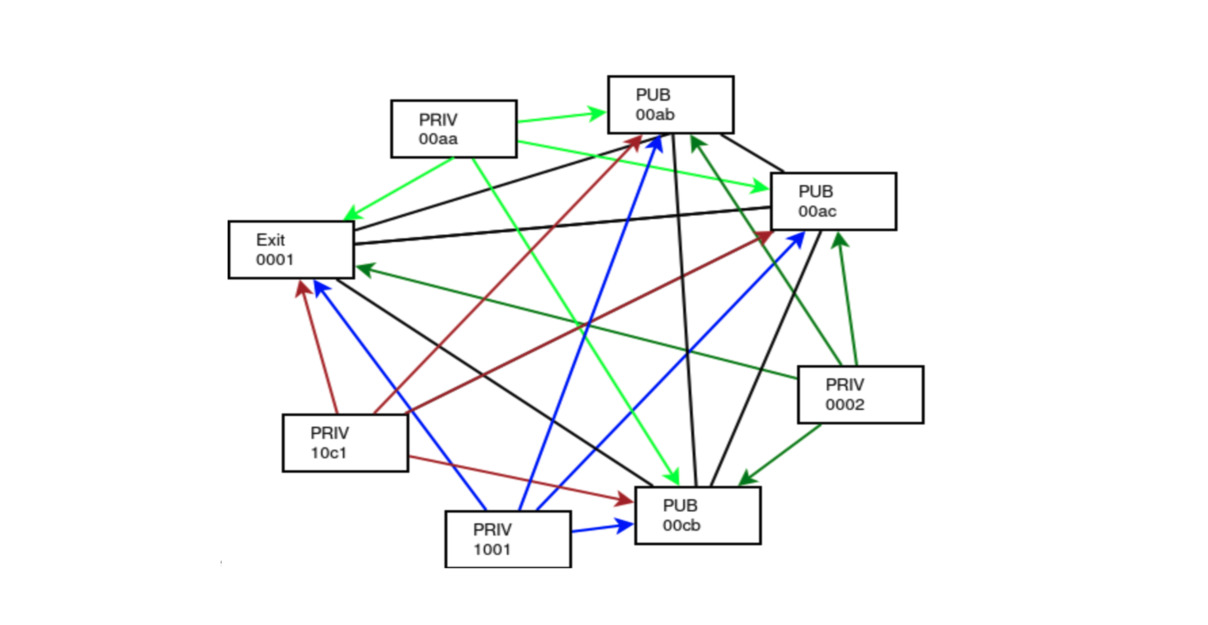
Web Gateway
The Web Gateway is a mechanism to connect private networks to the open Internet in such a way that there is no direct connection between the Internet and the secure workloads running in the ZMachines.

Key Benefits
- Separation between where compute workloads are and where services are exposed
- Redundancy: Each app can be exposed on multiple web gateways at once
- Support for many interfaces
- Helps resolve shortage of IPv4 addresses
Implementation
Some 3Nodes support gateway functionality (this is configured by the farmers). A 3Node with gateway configuration can then accept gateway workloads and forward traffic to ZMachines that only have Planetary Network or IPv6 addresses.
The gateway workloads consist of a name (prefix) that first needs to be reserved on the blockchain. Then, the list of backend IPs. There are other flags that can be set to control automatic TLS (please check Terraform documentation for the exact details of a reservation).
Once the 3Node receives this workload, the network configures proxy for this name and the Planetary Network IPs.
Security
ZMachines have to have a Planetary Network IP or any other IPv6 (IPv4 is also accepted). This means that any person connected to the Planetary Network can also reach the ZMachine without the need for a proxy.
So it's up to the ZMachine owner/maintainer to make sure it is secured and that only the required ports are open.
Redundant Network Connection

Unlimited Scale

The network architecture is a pure scale-out network system. It can scale to unlimited size, there is simply no bottleneck. Network "supply" is created by network farmers, and network "demand" is done by TF Grid users.
Supply and demand scale independently. For supply, there can be unlimited network farmers providing web gateways on their own 3Nodes, and unlimited compute farmers providing 3Nodes for compute and storage. The demand side is driven by developers creating software that runs on the grid, system integrators creating solutions for enterprises, and so on. Globally, there is exponentially-growing demand for data processing and storage use cases.
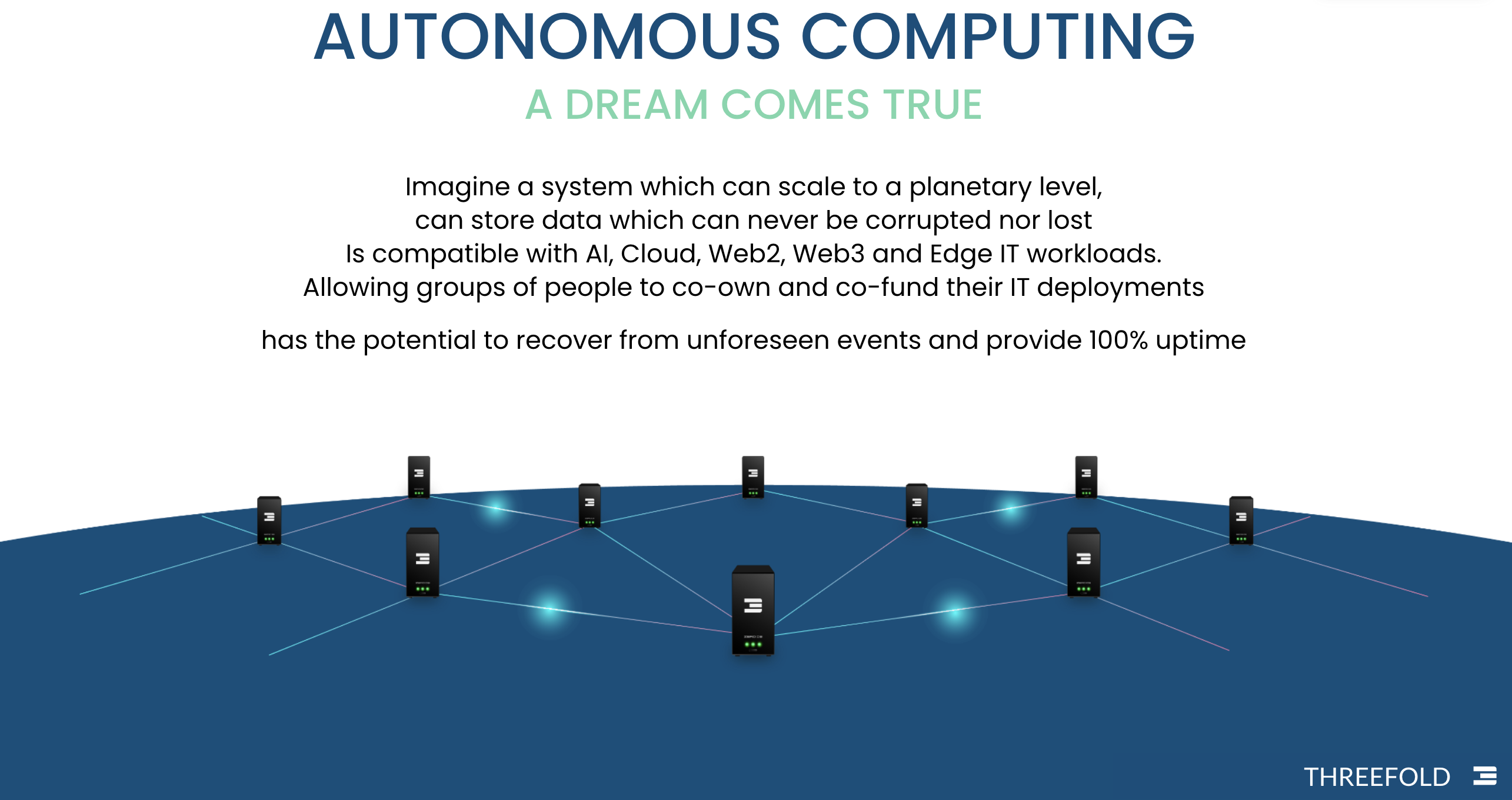
Key Innovations
- Mycelium: a new network layer for the internet
- Zero-OS: a minimalistic and more efficient server operating system
- Quantum Safe Storage
- Quantum Safe Filesystem
- FList: a new way to deal with OS Images
- FungiStor
- Network Wall
Mycelium: a new network layer for the internet
The Problem
The current centralized state of the internet poses significant security risks, with compromised routers and growing cyber threats (trillions of USD per year now), making everyone vulnerable to hacking. Industry responses involve disabling original features, hindering true peer-to-peer connectivity and personal server capabilities. Workarounds and system hacks have become the norm.
Our Internet is seriously broken. We need new ways to communicate
Introducing Mycelium
Mycelium is an overlay network layer designed to enhance the existing internet infrastructure while remaining compatible with all current applications. It empowers true peer-to-peer communication. By installing a Network Agent on your device, you gain the ability to securely connect with any other participant on this network. Mycelium intelligently reroutes traffic to maintain connectivity taking location of you and your peer into consideration.
The Benefits
- Continuous connectivity: Mycelium ensures uninterrupted connectivity by dynamically rerouting traffic through available connections (friends, satellites, 4/5G, fiber).
- End-to-end encryption: robust encryption stops man-in-the-middle attacks, guaranteeing secure communication.
- Proof of authenticity (POA): ensures that we know who we are communicating with
- Optimized routing: Mycelium finds the shortest path between network participants, reducing latency and keeping traffic localized.
- Universal server capability: empowers individuals to act as servers, a foundational element for any peer-to-peer system.
- Full Compatibility: Mycelium seamlessly integrates with the current internet, supporting any application.
- Impressive speed: achieves 1 Gbps per Network Agent, ensuring rapid data transfer.
Status
In beta and usable from TFGrid 3.13, its our 3e generation approach to networking and took us years to do. We are looking forward to your feedback.
Zero-OS: a minimalistic more efficient server operating system

The Problem
It is challenging to use current Linux-based operating systems safely and efficiently on the edges of the Internet. They require central management, involve excessive complexity, and prove difficult to update and maintain, resulting in numerous security vulnerabilities. To revolutionize the internet, we must rethink how we host our applications, essentially reinventing the concept of a cloud-based operating system.
Introducing Zero-OS
An innovative operating system, retaining the Linux kernel but fundamentally redesigned for heightened security, efficiency, and support for true peer-to-peer and decentralized workloads.
This unique operating system doesn't require installation on hard disks or SSDs; it remains stateless, consistently up to date, and autonomously managed without human intervention. Its design enables self-healing application delivery, opening new possibilities in system resilience and reliability.
The Benefits
- Compatibility with existing workloads: our primary goal is to ensure Zero-OS compatibility with over 99% of the workloads commonly hosted in centralized cloud environments today. This includes support for Docker containers, virtual machines, Kubernetes, and more.
- Reduced attack surface: Zero-OS boasts a smaller hacking surface, enhancing security by minimizing potential vulnerabilities.
- Stateless design: its statelessness simplifies deployment and updates, making it easier to maintain while ensuring it's always up to date.
- Autonomous operation: whether you have one instance or a billion, Zero-OS operates autonomously, streamlining management and maintaining consistency across all instances.
- Rapid deployment: with Zero-OS, you can deploy 1000 virtual machines in just 2 minutes, ensuring agility and efficiency in scaling up resources.
- Unique security features: Zero-OS offers support for distinctive security features to enhance protection and fortify your infrastructure.
- Lower Cost and easier maintenance: Zero-OS significantly reduces the operational expenses associated with cloud infrastructure by automating most processes. This results in minimal operational costs and eliminates the need for extensive engineering efforts.
- Ready for a decentralized world: Zero-OS empowers individuals to become hosts for required Internet capacity (storage, network, compute, gpu), allowing them to be rewarded for providing computing resources and internet connectivity. This aligns with the vision of a truly decentralized and distributed computing ecosystem.
Status
3e generation, active for +4 years and tested by thousands. Play with it yourself here.
Zero-Stor : A Quantum Safe Backend Storage System
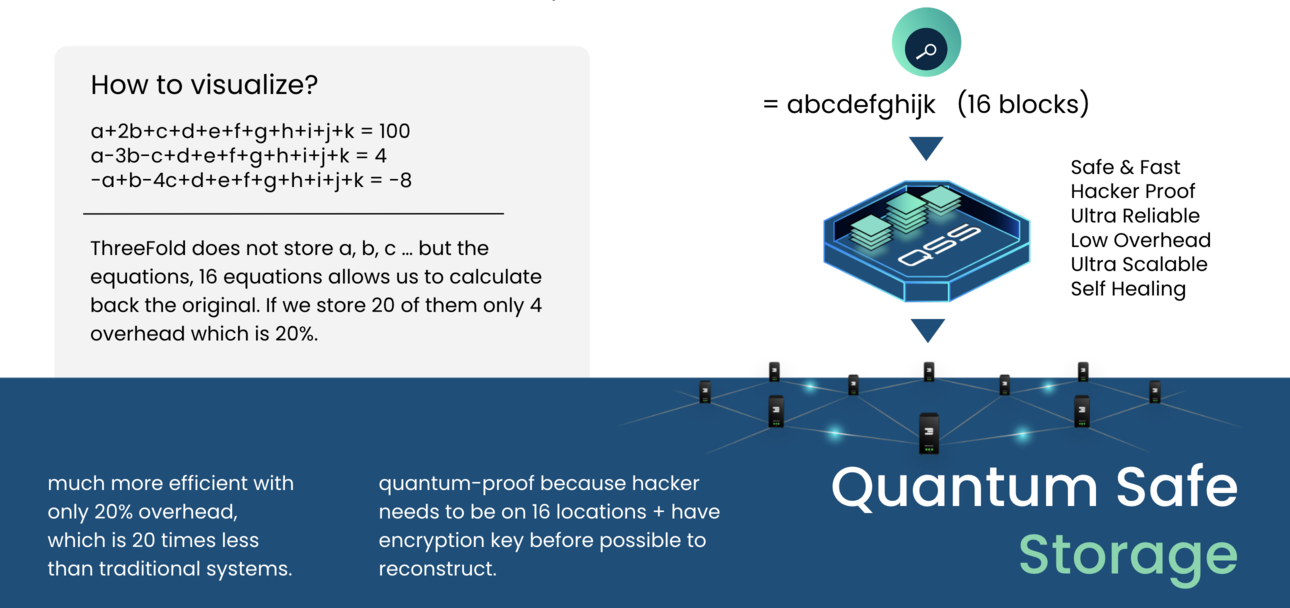
Zero-Stor : A Quantum Safe Backend Storage System.
The Problem
Traditional backend storage systems have their roots in centralized environments, focusing on low-latency and closed security setups. However, these characteristics make them less suitable for use in decentralized cloud contexts.
Newer generation storage systems such as protocol-driven or blockchain-based solutions may face scalability and performance limitations and may not fulfill certain critical requirements that we consider essential.
Introducing Zero-Stor
A redesigned storage system which can scale to planet level. It is super secure, private and fast enough for more use cases. It is designed to operate in a decentralized context and data can never be lost or corrupted.
This storage system is:
- A backend storage system
- It cannot be used by end users
- It's meant to be integrated with a front end storage system like e.g. S3 or a filesystem (see next section).
The Benefits
- Data resilience: ensures data is never lost or corrupted.
- Planetary scalability: capable of scaling to a global level.
- Cost-efficient: offers exceptional cost efficiency.
- Versatility: suitable for various use cases, including archiving, backup, files, and CDNs.
- Low overhead: requires only a 20% overhead for building a storage network where any four nodes can be lost simultaneously, compared to a 400% overhead in traditional storage systems.
- Security and privacy: provides robust security and is even impervious to quantum computers.
- Data sovereignty: users have complete control over data placement.
- Empowering front-end applications: can be integrated into various front-end storage applications, such as blockchains, archives, or S3.
- CDN support: functions effectively as a backend for CDN applications, facilitating content delivery.
- Sustainability: uses 10 times less energy compared to traditional storage systems, contributing to sustainability efforts.
- Locality aware: data can be delivered to where the users are which is ideal for sovereign use cases.
Status
- Zero-OS has been in beta for over four years, with continuous development and improvement.
- A notable deployment in Switzerland, with over 50 petabytes of storage capacity, served as a substantial test environment, although it's no longer active.
- Within the current TFGrid network, there is an impressive capacity of over 20 petabytes available for use.
- Lacking some monitoring but documentation will be added in TFGrid 3.15
- Previous releases have been successfully utilized by major government organizations on a massive scale (hundreds of petabytes), providing strong evidence of the concept's viability and effectiveness.
Quantum Safe File System
The Problem
There is a growing need for more accessible and user-friendly solutions to store and manage large volumes of data efficiently.
While Zero-Stor addresses numerous storage challenges effectively, it may not be accessible or user-friendly for typical developers or system administrators. QSFS has been developed to bridge this gap and provide a more approachable storage solution.
Introducing QSFS
A FUSE-based filesystem utilizing Zero-Stor as its backend. Metadata is safeguarded to prevent loss, inheriting Zero-Stor's benefits and simplifying usage for developers and system administrators.
The filesystem is always deployed in one location, data is distributed (using zero-stor) across multiple sites for unparalleled reliability.
Metadata redundancy is included. While not consistently synchronized in real-time, the system allows configuration of consistency levels. Typically, the decentralized state may lag by up to 15 minutes.
This filesystem can be mounted under various storage-aware applications, such as backup servers, file servers, or S3 servers, enhancing versatility.
Benefits
- Inherits the advantages of Zero-Stor, including enhanced data security, efficiency, and scalability.
- Provides a user-friendly interface for seamless integration with a wide range of applications.
- Offers considerable scalability capabilities, although not unlimited in scale.
- Achieves reasonable performance data transfer rates of up to 50 MB/sec, particularly for larger files.
- Can scale to about 2 million files per filesystem.
Status
To be completed
FList: A New Way Of Dealing With OS Images
The Problem
The current method of deploying workloads in the cloud using Docker containers and virtual machine images has inherent issues. These images consume significant storage space, result in slow and bandwidth-intensive transfers to the internet's edge, drive up costs, introduce complexity, and pose security risks due to difficulties in tracking their contents over time.
For instance, a complete Ubuntu image can easily be 2 GB in size, comprising millions of files. In contrast, the Flist for a full Ubuntu image is less than 2 MB (1000 times smaller), containing only the necessary files required to launch an application.
Introducing Flist
A new image format that separates the image data (comprising files and subfile parts) from the metadata describing the image structure.
An Flist's format uniquely encompasses comprehensive file descriptions along with all relevant metadata such as size, modification and creation timestamps, and POSIX attributes. Additionally, it incorporates a fingerprint for each component, ensuring deterministic behavior—a crucial feature for security focused use cases.
Flists provide the flexibility to manage metadata and data as separate entities, offering a versatile approach to handling various build and delivery scenarios.
The Benefits
- Rapid deployment: Zero-OS enables containers and virtual machines to launch up to 100 times faster, especially in decentralized scenarios.
- Enhanced security: Zero-OS prevents tampering with images, ensuring higher security levels.
- Reduced storage and bandwidth: Zero-OS significantly reduces storage and bandwidth requirements, potentially achieving up to a 100-fold improvement.
- Deterministic deployments: engineers can precisely define deployments beforehand, ensuring predictable outcomes without changes during deployment.
- 100% compatible: with existing standards, docker and virtual machines. The same format is useful for VM's as well as any container technology.
Status
Usable for years, see Zero-OS.
FungiStor (end 2024)
The Problem
Existing blockchain, internet, and P2P content delivery and storage systems suffer from sluggish performance and are too expensive. Content retrieval is often slow, and the overhead for ensuring redundancy is excessive. We require innovative approaches to facilitate efficient information sharing among users.
Content delivery frequently represents the most significant expense for social networks. Running a basic social video network for 10 million users currently costs approximately $2 million per month using traditional cloud providers. We have the potential to reduce this cost by several orders of magnitude.
Introducing FungiStor
FungiStor is a peer-to-peer (P2P) content delivery layer designed to store and distribute an extensive range of objects, including images, videos, files, and more. It has the capability to handle trillions of objects and files efficiently. FungiStor serves as an excellent solution for content delivery networks (CDNs), significantly reducing costs for organizations seeking to stream or deliver substantial data volumes to their user base.
Furthermore, FungiStor will act as the backend infrastructure for the Flists within our own system. It is versatile and can be utilized by anyone in need of a global-level content delivery system for files, objects, and images.
The Benefits
- Global scalability, sub-50ms lookups: FungiStor scales worldwide with ultra-fast data retrieval under 50 milliseconds.
- Localized content delivery: prioritizes local data access for optimized speed and efficiency.
- Quantum-Safe security: incorporates robust quantum security measures.
- Interoperability: works seamlessly with IPFS, Torrent, and more.
- Cost efficiency: offers significant cost savings, potentially 10 to 100 times less than conventional solutions.
Status
Planned for the end of 2024
NetworkWall

The Problem
Traditional firewalls are increasingly ineffective at addressing modern security challenges. They struggle to mitigate emerging threats, particularly against backdoors and man-in-the-middle attacks. Backdoors can render firewalls obsolete as attackers find ways to bypass them. New and innovative approaches to cybersecurity are necessary to address these evolving security problems.
Introducing NetworkWall
Imagine a scenario where you deploy applications within secure, liquid-cooled physical containers or smaller POD's that operate without relying on traditional TCP/IP or Ethernet protocols. By avoiding the use of standard low-level protocols, the existing backdoors are unable to communicate with the external world.
Incoming traffic is intercepted at the application level and securely transported into the protected environment through physical communication mechanisms based on RDMA (Remote Direct Memory Access). The integration of this solution into Zero-OS ensures a seamless and transparent experience for developers and system administrators.
It's important to note that this solution is primarily intended for commercial use cases, but its existence is valuable knowledge in the realm of cybersecurity and network security.
The Benefits
- Enhanced security and privacy: the solution offers significantly improved security and privacy measures, mitigating potential risks and vulnerabilities.
- Ultra-fast connectivity: within the POD/Container, connectivity is exceptionally fast, ensuring rapid data transfer and application performance.
- Robust data and application aware proxies: secure proxies between the Internet and the protected backend application provide an additional layer of security, safeguarding data and ensuring application-level awareness.
- Seamless integration: the solution is designed for ease of integration within existing environments, minimizing disruptions and complexities during implementation.
Status
To be completed
Architecture

3nodes
The network of nodes which make up the cloud. Each node provides compute, storage and network capacity.

A cloud needs hardware/servers to function. Servers of all shapes and sizes can be added. The production of Cloud Capacity is called Farming and parties who add these servers to the grid are called Farmers.
Farmers download the Zero-OS operating system and boot their servers. Once booted, these servers become 3Nodes. The 3Nodes will register themselves in a blockchain. Once registered, the capacity of the 3Nodes will become available. This enables a peer2peer environment for people or companies to reserve their Internet Capacity directly from the hardware but yet allowing full control by commercial parties if that would be required.
Ultra Scalable

This architecture scales to the planet.
Zero-OS
We have build our own operating system called Zero-OS, which was based starting from a Linux Kernel with as purpose to remove all the unnecessary complexities found on contemporary OS's.
Zero-OS supports a small number of primitives, and performs low-level functions natively.
It delivers 3 primitive functions:
- storage capacity
- compute capacity
- network capacity
There is no shell, local nor remote attached to Zero-OS. Given its shell-less nature, the people and organizations, called farmers, that run 3nodes cannot issue any commands nor access its features. In that sense, Zero-OS enables a "zero people" (autonomous) Decentralzied Cloud, meaning hackers cannot get in, while also eliminating human error from the paradigm.
Mycelium Routers
Thanks to Mycelium Routers anyone can now operate as a network service provider.
Mycelium Routers seamlessly integrate with our Mycelium network technology, efficiently selecting the shortest path between all participants.
These Mycelium Routers are not only compatible with Wi-Fi but also with 4G and 5G networks, ensuring versatile connectivity options.
3Bots = autonomous layer

Smart Contract for IT
The purpose of the smart contract for IT is to create and enable autonomous IT. Autonomous self-driving IT is possible.
Once a smart contract for IT is created, it will be registered in the TFChain Blockchain.
TFChain
This blockchain does the following:
- registry for all 3bots (identity system, aka phonebook)
- registry for all farmers & 3nodes
- registry for our reputation system
- info as required for the Smart Contract for IT
This is the hart of our operational system of our decentralized cloud.
Web Gateways
The Web Gateway is a mechanism to connect the private (overlay) networks (Mycelium) to the open Internet. By not providing an open and direct path in to the private network, a lot of malicious phishing and hacking attempts are stopped at the Web Gateway level for container applications.
Web3 & Decentralized AI Compatibility
Our Decentralized Cloud Technology the ideal platform for hosting any web3 and AI workloads.
Our Zero-OS operating system already supports integrated GPUs, ensuring optimal performance for decentralized AI applications.
Any workload (web2/3 and AI) can run on on our Decentralized Cloud.
Energy Efficient
Below are some of the ways in which we achieve energy efficiency as compared to traditional models.
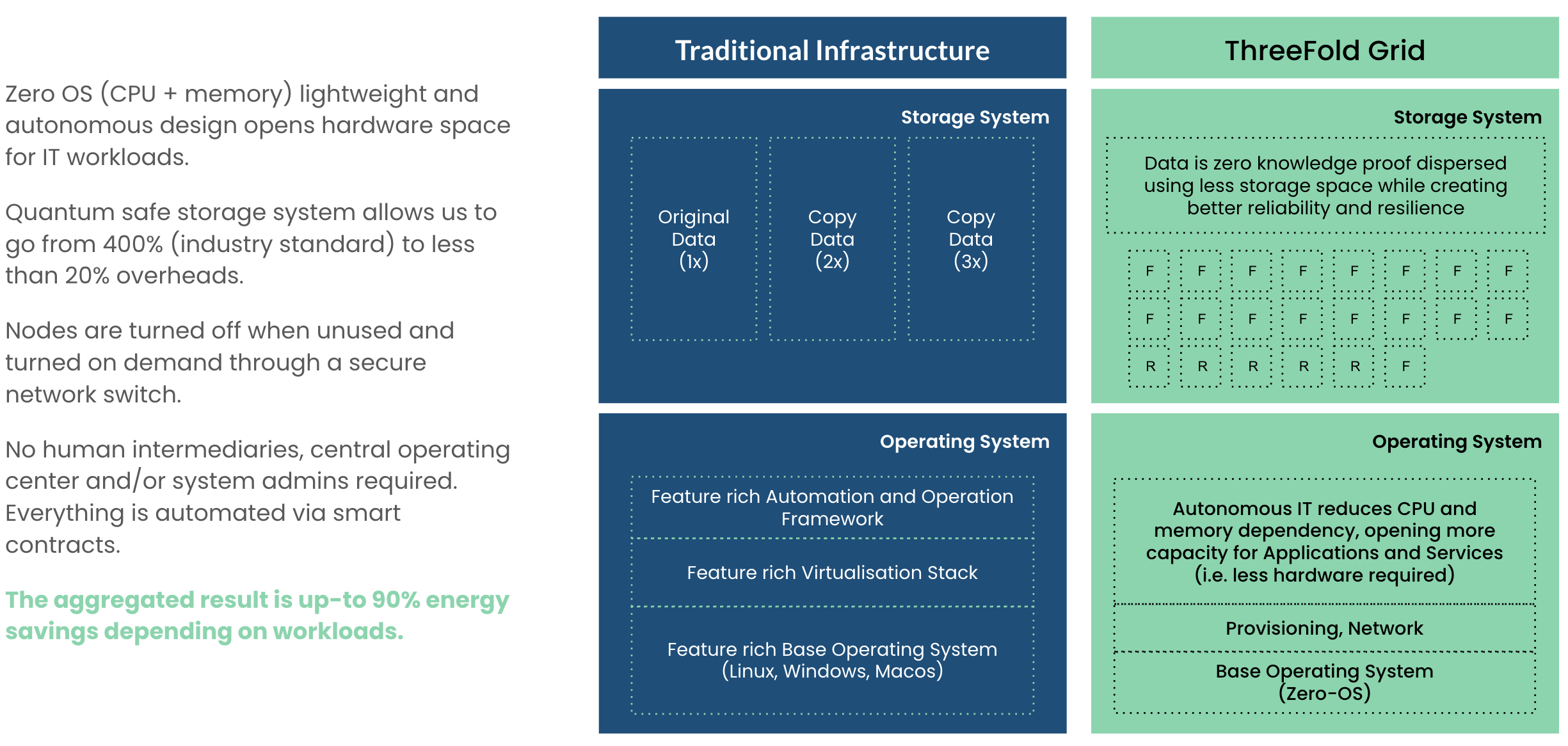
In addition, a decentralized peer-to-peer infrastructure which finds the shortest path between end points is by nature energy-efficient. Data needs to travel a much shorter distance.
Depending on the use case the our approach can lead to 10x energy savings.
Additional pages
A normal user can ignore these pages, they are for the authors to see e.g. errors
Errors
Be the mother for our errors.
Errors
Be the mother for our errors.
Errors
def
def double defined: z-os
Errors
page_not_found
page not found: partners_utilization:_.md
image_not_found
image not found: partners_utilization:sikana1.png
Errors
page_not_found
page not found: tech:znet.md
page_not_found
page not found: tech:znet.md
page_not_found
page not found: tech:planetary_network.md
page_not_found
page not found: tech:farming_reward.md
page_not_found
page not found: tech:farming_calculator.md
page_not_found
page not found: p2p:poa.md
page_not_found
page not found: p2p:poa.md
page_not_found
page not found: p2p:poa.md
page_not_found
page not found: tech:planetary_network.md
page_not_found
page not found: tech:znet.md
page_not_found
page not found: tech:webgw3.md
page_not_found
page not found: tech:planetary_network.md
page_not_found
page not found: tech:znet.md
image_not_found
image not found: tech:http.jpg
image_not_found
image not found: tech:filesystem.jpg
image_not_found
image not found: tech:web_remade.png
page_not_found
page not found: tech:manuals.md
page_not_found
page not found: tech:flist.md
Errors
page_not_found
page not found: tfgrid3:resource_units.md
page_not_found
page not found: tfgrid3:pricing.md
page_not_found
page not found: tfgrid3:validator.md
page_not_found
page not found: tfgrid3:tfcoop.md
page_not_found
page not found: tfgrid3:key_innovations.md
page_not_found
page not found: tfgrid3:planet_people_first.md
page_not_found
page not found: tfgrid3:internet_today.md
page_not_found
page not found: tfgrid3:c64.md
page_not_found
page not found: tfgrid3:layers.md
page_not_found
page not found: tfgrid3:token_overview.md
page_not_found
page not found: tfgrid3:technology.md
page_not_found
page not found: tfgrid3:features.md
page_not_found
page not found: tfgrid3:compute.md
page_not_found
page not found: tfgrid3:zos.md
page_not_found
page not found: tfgrid3:smartcontract_iac.md
page_not_found
page not found: tfgrid3:corex.md
page_not_found
page not found: tfgrid3:qsss_home.md
page_not_found
page not found: tfgrid3:qss_algorithm.md
page_not_found
page not found: tfgrid3:qss_zero_knowledge_proof.md
page_not_found
page not found: tfgrid3:nft_storage.md
page_not_found
page not found: tfgrid3:s3_interface.md
page_not_found
page not found: tfgrid3:qss_filesystem.md
page_not_found
page not found: tfgrid3:networking.md
page_not_found
page not found: tfgrid3:mycelium.md
page_not_found
page not found: tfgrid3:webgw.md
page_not_found
page not found: tfgrid3:key_innovations_overview.md
page_not_found
page not found: tfgrid3:mycelium_innovation.md
page_not_found
page not found: tfgrid3:zos_innovation.md
page_not_found
page not found: tfgrid3:zstor_innovation.md
page_not_found
page not found: tfgrid3:qsfs_innovation.md
page_not_found
page not found: tfgrid3:flist_innovation.md
page_not_found
page not found: tfgrid3:fungistor_innovation.md
page_not_found
page not found: tfgrid3:network_wall_innovation.md
page_not_found
page not found: tfgrid3:architecture.md
page_not_found
page not found: tfgrid3:energy_efficient.md
page_not_found
page not found: tfgrid3:tfcoop.md
page_not_found
page not found: tfgrid3:planet_people_first.md
Errors
unknown
page find error in summary: 'S3 Storage', can't find page: s3_interface in collection:/Users/despiegk1/hero/var/mdbuild/tfgrid3/src/tech
Additional pages
A normal user can ignore these pages, they are just to get links to work.
ThreeFold + Holochain
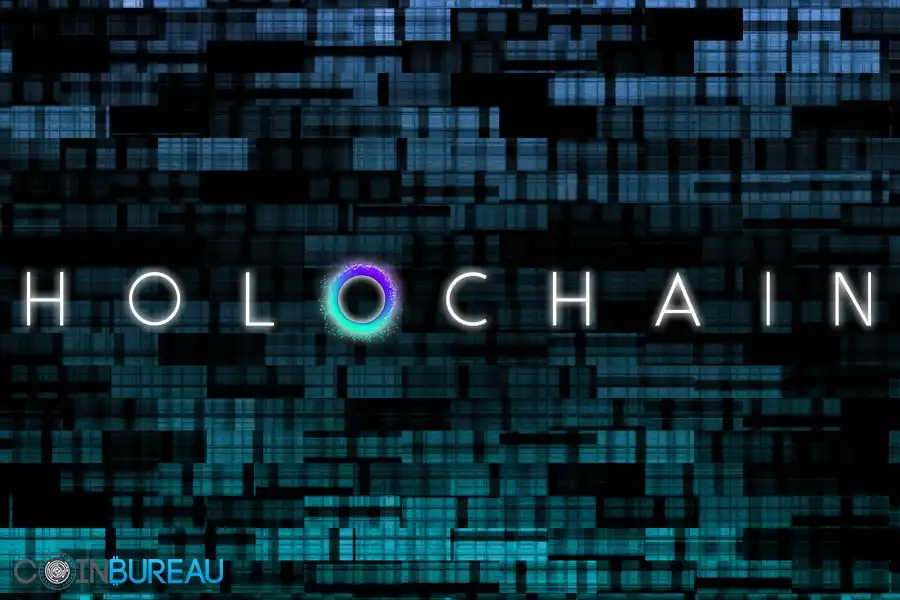
TODO: cleanup, douple text
Holochain is a more peer2peer alternative to the blockchain, giving developers a framework for creating decentralized applications (dApps).
One huge change to enable this is a switch from the data dependent blockchain to an agent-centric system. Holochain’s method avoids keeping a global consensus, using an agent system in which each agent keeping a private fork, and that is stored and managed in a limited manner on the blockchain with a distributed hash table.
This avoids scalability problems that have plagued blockchain solutions. It also allows any dApps hosted on Holochain to do far more with less resource than required for blockchains. In this Holochain review, we will take an in-depth look at the project, technology and token prospects.
Holochain is a framework for creating and powering distributed applications, incorporating peer-to-peer content distribution protocol, cryptography, and hash tables. It avoids scalability issues, and is extremely environmentally friendly.
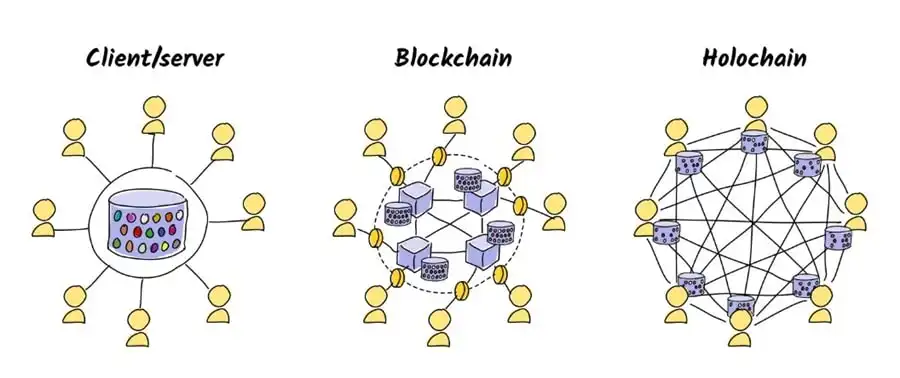
Above info came from https://www.coinbureau.com/review/holochain-rsm/
ThreeFold and Holochain will together go to market, Holochain as application layer being hosted on the ThreeFold Grid.
*Introduction to Holochain:
Holochain is a framework for building decentralized applications (dApps) that is designed to be scalable, efficient, and adaptable. Unlike traditional blockchain architectures, Holochain uses a distributed hash table (DHT) to enable peer-to-peer communication and data storage, offering greater flexibility and performance for decentralized applications.
Partnership with ThreeFold:
The partnership between ThreeFold and Holochain represents a convergence of decentralized infrastructure and application development frameworks. By leveraging the strengths of both platforms, the partnership aims to foster innovation and accelerate the adoption of decentralized technologies.
How the Partnership Works
Integration of Services: ThreeFold's TF Grid will integrate with Holochain's framework, providing decentralized hosting and storage solutions for Holochain-based applications. This integration will enable developers to deploy their dApps on a scalable and resilient infrastructure, enhancing performance and reliability for end-users.
Benefits for Users:
- Enhanced Performance: Users of Holochain-based applications hosted on the TF Grid will experience improved performance and responsiveness, thanks to the scalable and distributed nature of ThreeFold's infrastructure.
- Increased Reliability: By leveraging ThreeFold's decentralized hosting solutions, users will benefit from enhanced reliability and uptime for Holochain applications, reducing the risk of downtime and service interruptions.
- Data Sovereignty: Users will have greater control over their data and digital assets, as Holochain applications hosted on the TF Grid will adhere to principles of data sovereignty and privacy.
Conclusion: The partnership between ThreeFold and Holochain represents a strategic alignment of decentralized infrastructure and application development frameworks, aimed at empowering developers and users to build and deploy scalable, efficient, and resilient decentralized applications. By leveraging each other's strengths and capabilities, the partnership holds the promise of driving innovation and accelerating the adoption of decentralized technologies across various industries and use cases.
For more information about Holochain, visit holochain.org.
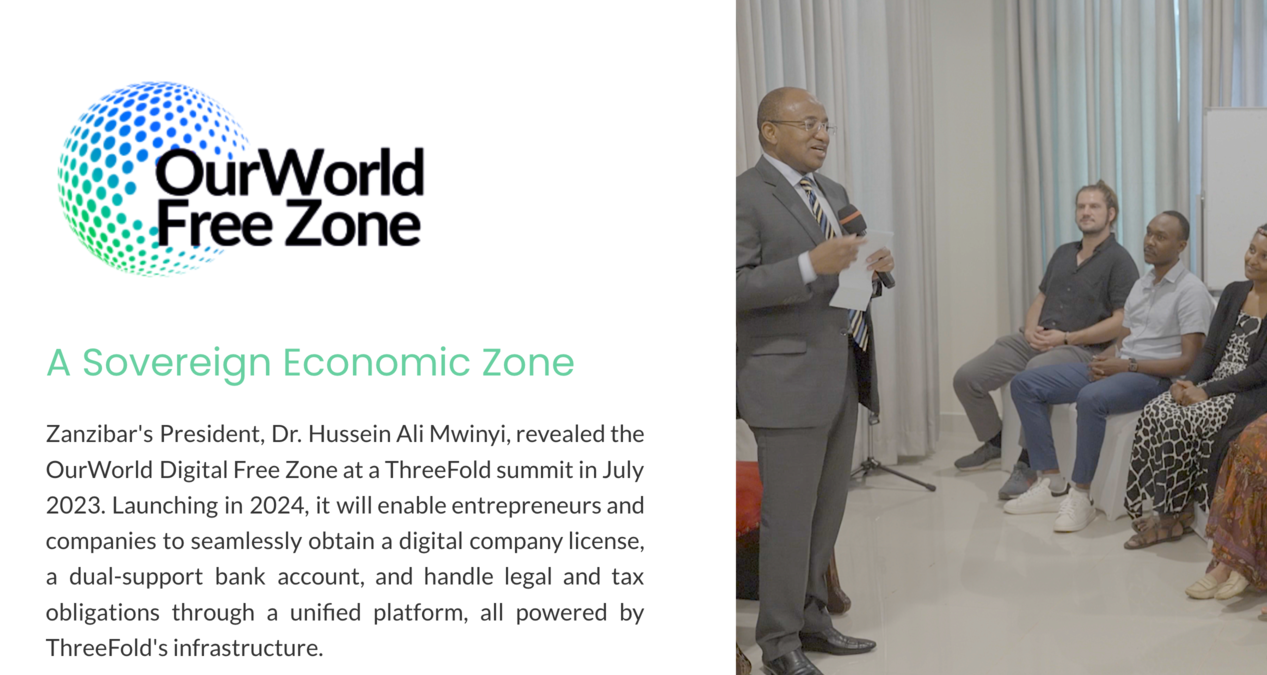
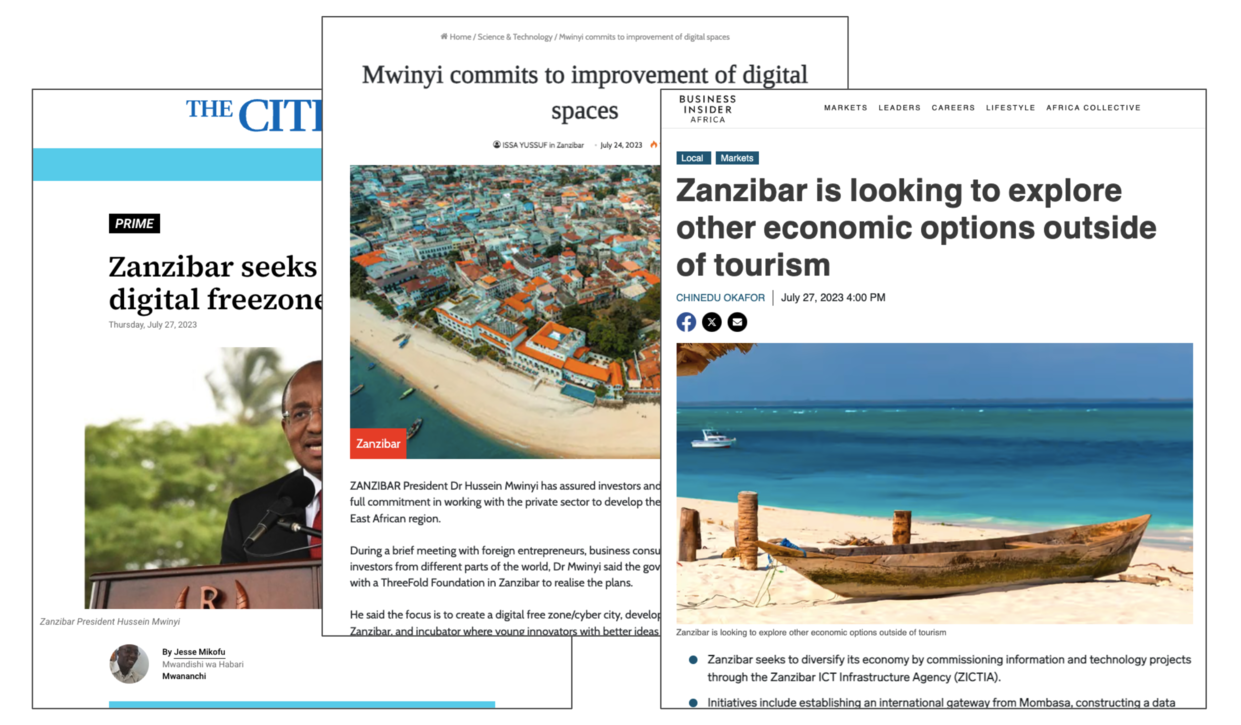
OurWorld Digital FreeZone (Zanzibar)
Introduction: The OurWorld Digital FreeZone, established in Zanzibar, is a groundbreaking partnership between ThreeFold and the government of Tanzania. This initiative aims to create a free sovereign digital and economic area, fostering innovation, growth, and prosperity within the region.
Purpose: The OurWorld Digital FreeZone serves as a catalyst for economic development and technological advancement in Zanzibar and beyond. By providing a conducive environment for digital ventures to thrive, the FreeZone aims to:
- Stimulate Economic Growth: By attracting digital businesses and fostering entrepreneurship, the FreeZone contributes to the expansion of Zanzibar's economy and the creation of employment opportunities.
- Promote Innovation: Through collaboration and knowledge exchange, the FreeZone encourages the development of innovative solutions and technologies that address local and global challenges.
- Empower Entrepreneurs: By offering affordable company licenses and streamlined processes, the FreeZone empowers entrepreneurs to pursue their business ideas and transform them into successful ventures.
Audience: The OurWorld Digital FreeZone is designed to cater to a diverse audience, including:
- Entrepreneurs: Individuals with innovative ideas seeking a supportive environment to launch and grow their digital ventures.
- Tech Startups: Early-stage companies looking for resources and opportunities to accelerate their growth and scale their operations.
- Investors: Venture capitalists and angel investors interested in supporting promising startups and contributing to the development of the digital ecosystem.
- Government Agencies: Authorities responsible for economic development and regulatory oversight, collaborating to create an enabling environment for digital innovation and investment.
Key Features:
-
Automated Onboarding Process: OurWorld Digital FreeZone offers an automated onboarding process that ensures compliance with Know Your Customer (KYC) and Anti-Money Laundering (AML) regulations, streamlining the setup of digital ventures with ease and efficiency.
-
Banking & Web3 Compatibility: Seamlessly manage both fiat and digital currencies with comprehensive banking solutions compatible with Web3 technologies, facilitating frictionless transactions and financial operations.
-
Built-in Legal & Tax Settlement: Experience hassle-free business operations with built-in legal and tax settlement services, simplifying legal obligations and ensuring compliance with regulatory requirements.
-
Affordable & Flexible Company Licenses: OurWorld Free Zone offers cost-effective and flexible company licenses, providing entrepreneurs with affordable options to kickstart their entrepreneurial journey and establish their ventures within the FreeZone.
-
Sovereign Economic Jurisdiction: Empowering businesses to operate within an independent economic environment, the OurWorld FreeZone fosters growth and prosperity by offering businesses the freedom to innovate and grow without traditional regulatory constraints.
-
Powered by Data Sovereign Tech: Your privacy, data, and security are paramount. OurWorld Digital FreeZone utilizes Quantum Safe Storage technology to safeguard digital information, ensuring data sovereignty and protection against cyber threats.
Conclusion: The OurWorld Digital FreeZone in Zanzibar represents a transformative partnership between ThreeFold and the government of Tanzania, aimed at creating a dynamic and innovative ecosystem for digital ventures. By providing a sovereign economic jurisdiction and a range of supportive services, the FreeZone empowers entrepreneurs and businesses to thrive, driving economic growth and prosperity within the region.
For more information, visit OurWorld Digital FreeZone.
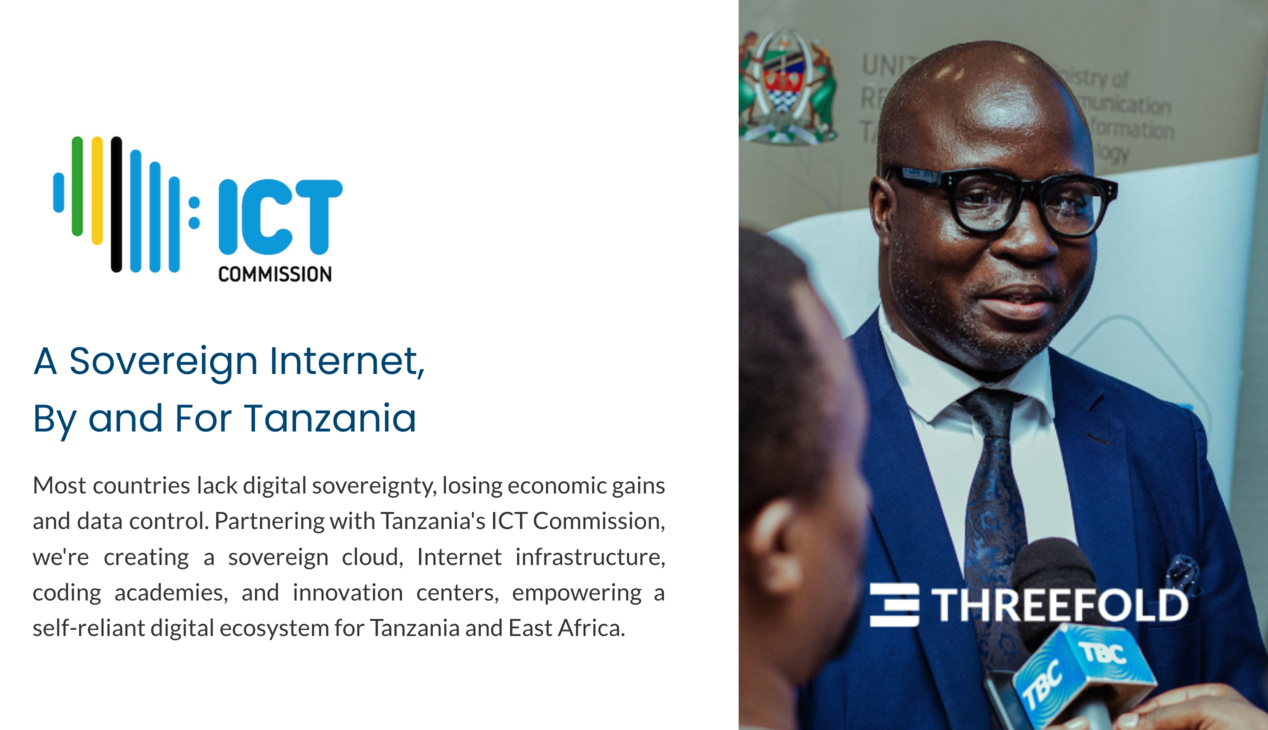
Tanzania Sovereign Internet Partnership with ThreeFold
ThreeFold is proud to announce its partnership with the government of Tanzania to establish a sovereign internet, a groundbreaking initiative poised to revolutionize Tanzania's startup ecosystem. Through this collaboration, ThreeFold aims to empower Tanzania with decentralized internet infrastructure, reducing reliance on internationally controlled internet services and fostering digital sovereignty.
What is the Partnership About? The partnership between ThreeFold and Tanzania revolves around the establishment of a sovereign internet infrastructure. This initiative is part of the 'Dunia Yetu' program, which aims to incubate and support digital projects in Tanzania. Through Dunia Yetu, local innovators will receive support such as IT mentorship and access to decentralized hosting solutions provided by ThreeFold. This collaboration creates a peer-to-peer platform that empowers local entrepreneurs and startups to develop and host their products and services on local servers.
How Does ThreeFold Support? ThreeFold's decentralized cloud aims to support Tanzania's sovereign internet architecture. By leveraging ThreeFold's technology, Tanzania can establish a robust and secure internet infrastructure that is resilient to external control and censorship. Through the 'Dunia Yetu' program, local innovators can access decentralized hosting solutions offered by ThreeFold, reducing costs and improving data sovereignty. Additionally, ThreeFold provides IT mentorship and support to ensure the success of digital projects incubated under the program.
Why is it Important? The establishment of a sovereign internet in Tanzania holds significant economic and strategic importance. By reducing reliance on international internet services, Tanzania can save billions of dollars annually and protect its foreign reserves. Moreover, fostering local innovation
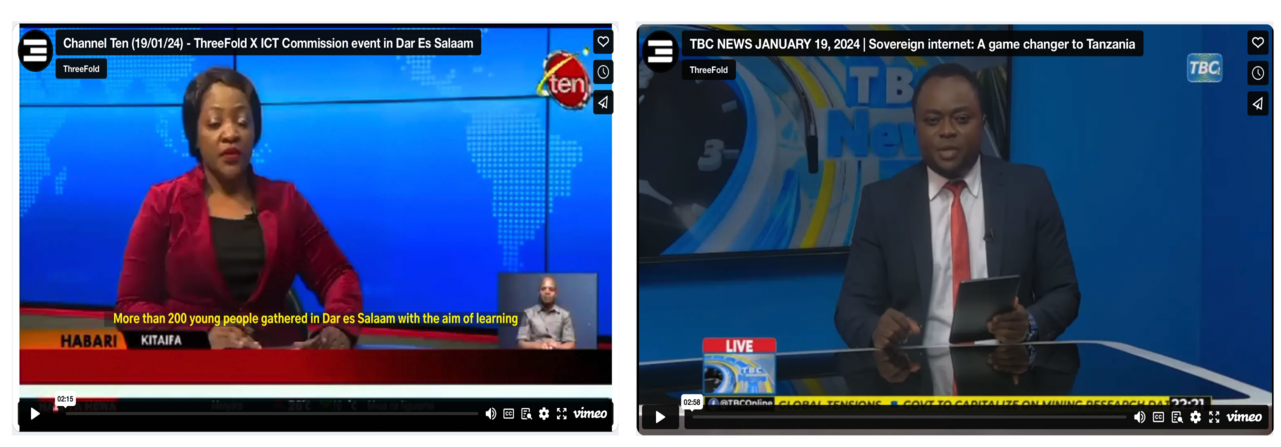
- Watch here 1: TEN
- Watch here 1: TBC
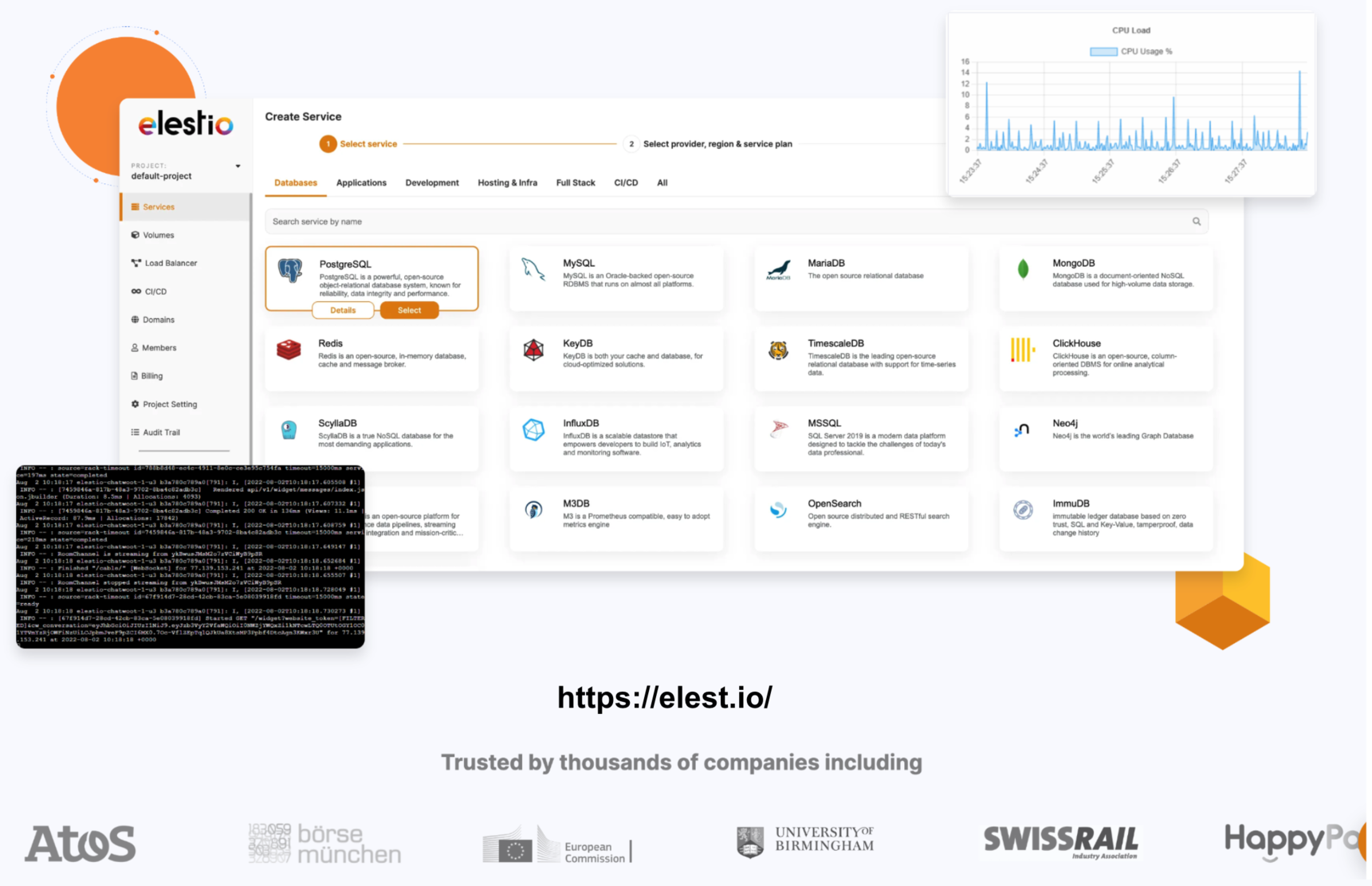
Elestio
Introduction: Elestio is an innovative platform dedicated to providing cutting-edge decentralized applications (dApps) and services to users worldwide. With a focus on accessibility, security, and user empowerment, Elestio aims to revolutionize the way individuals interact with decentralized technologies.
Soon: Apps Hosted on the Grid: ThreeFold's TF Grid is able to host a diverse range of decentralized applications. These applications span various categories, including finance, social networking, gaming, and more. By hosting Elestio on the TF Grid, we would provide a high availability, security, and scalability for Elestio's users, offering a seamless and reliable experience across all its offerings.
Benefits for Users:
-
Enhanced Security: With Elestio's applications hosted on the TF Grid, users can enjoy enhanced security and data privacy. The decentralized nature of the grid minimizes the risk of single points of failure and unauthorized access, ensuring that users have full control over their data and transactions.
-
Seamless Accessibility: Elestio's partnership with ThreeFold ensures seamless accessibility to its decentralized applications. Users can access Elestio's services from anywhere in the world, without being restricted by geographical boundaries or infrastructure limitations.
-
Scalability and Performance: By leveraging the TF Grid's scalable infrastructure, Elestio can effortlessly accommodate growing user demands and ensure optimal performance for its applications. Whether it's handling a surge in user activity or scaling up resources for new features, Elestio's users can expect a consistently smooth and responsive experience.
Soon: In the near future, users will have the opportunity to host Elestio applications on the TF Grid. This upcoming feature will empower individuals to contribute to the decentralized ecosystem by hosting and participating in the Elestio network, further enhancing the platform's resilience, decentralization, and accessibility.
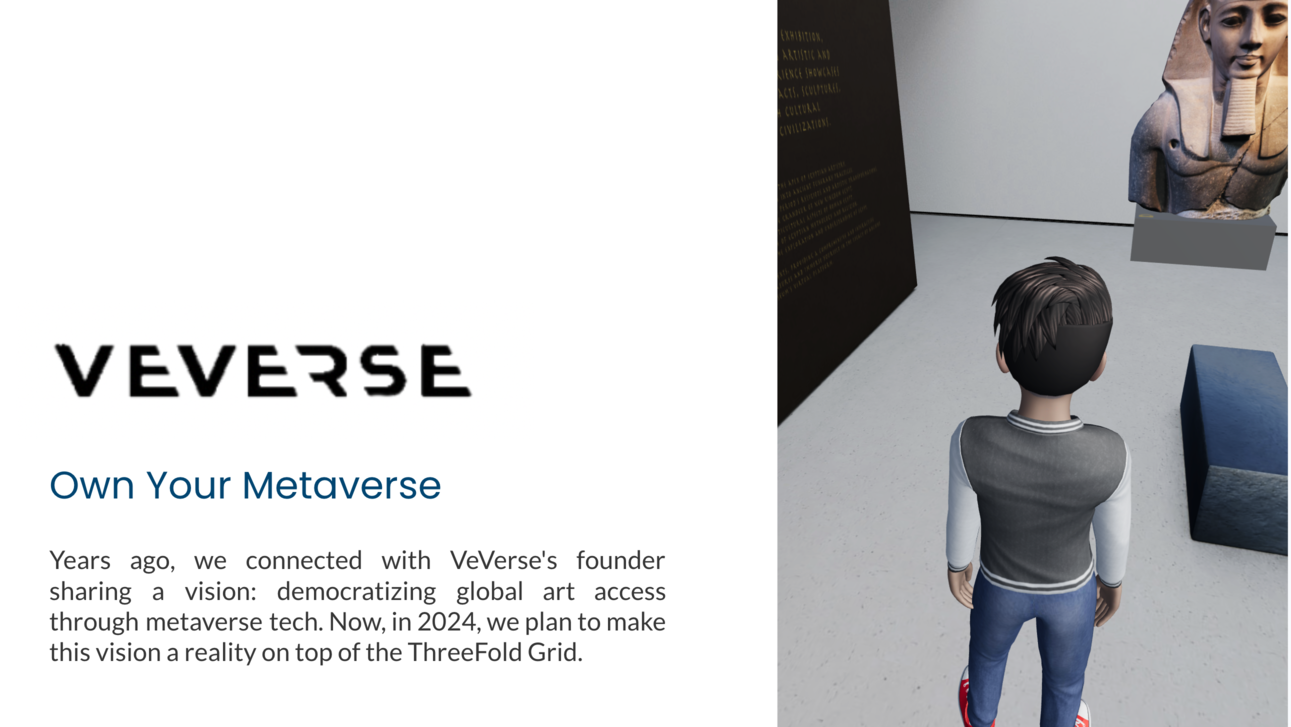
Vverse: Virtual Universe Explained
Vverse is an innovative platform that aims to create a virtual universe where users can explore, interact, and create in immersive virtual environments. It leverages cutting-edge technologies such as virtual reality (VR), augmented reality (AR), and blockchain to provide users with a seamless and engaging experience.
Key Features of Vverse:
- Immersive Environments: Vverse offers a variety of immersive virtual environments for users to explore, ranging from futuristic cities to fantastical landscapes.
- Social Interaction: Users can interact with each other in real-time within the virtual universe, fostering a sense of community and collaboration.
- Content Creation: Vverse provides tools and resources for users to create and customize their own virtual experiences, from designing virtual spaces to programming interactive elements.
- Blockchain Integration: The platform utilizes blockchain technology to ensure security, transparency, and ownership of virtual assets within the Vverse ecosystem.
Future Partnership: Hosting with ThreeFold
In the future, Vverse aims to partner with ThreeFold to leverage its decentralized cloud computing platform for hosting its virtual universe. By utilizing ThreeFold's infrastructure, Vverse can benefit from increased scalability, reliability, and data sovereignty for its platform.
How ThreeFold Can Support Vverse:
- Scalability: ThreeFold's decentralized cloud computing platform can accommodate the growing demands of Vverse's user base and content creation tools.
- Reliability: With ThreeFold's distributed architecture, Vverse can ensure high availability and uptime for its virtual universe, minimizing downtime and disruptions.
- Data Sovereignty: By hosting on ThreeFold, Vverse can maintain control and ownership of its data, ensuring privacy and security for its users' virtual assets and interactions.
Conclusion: Vverse represents the future of immersive virtual experiences, and partnering with ThreeFold for hosting services aligns with its commitment to providing users with a secure, scalable, and decentralized platform. Together, Vverse and ThreeFold can create a virtual universe that pushes the boundaries of innovation and fosters creativity and collaboration on a global scale.
For more information about Vverse, visit vverse.io.

https://artheon3d.veverse.com/

Tier S Datacenter Concept
Most governments or large companies still build following Tier-3 Datacenter concept, but this concept is no longer viable because of the way how AI changed everything.
More information can be found in https://info.ourworld.tf/datacenter
ThreeFold works with partners to use the TFGrid software to deploy massive amounts of capacity.
We expect a lot of our capacity to be fully decentralized to smaller owners (farmers) but we also expect countries or large enterprise to deploy large capacity pod's.
The market ThreeFold operates in is +1 trillion USD market.
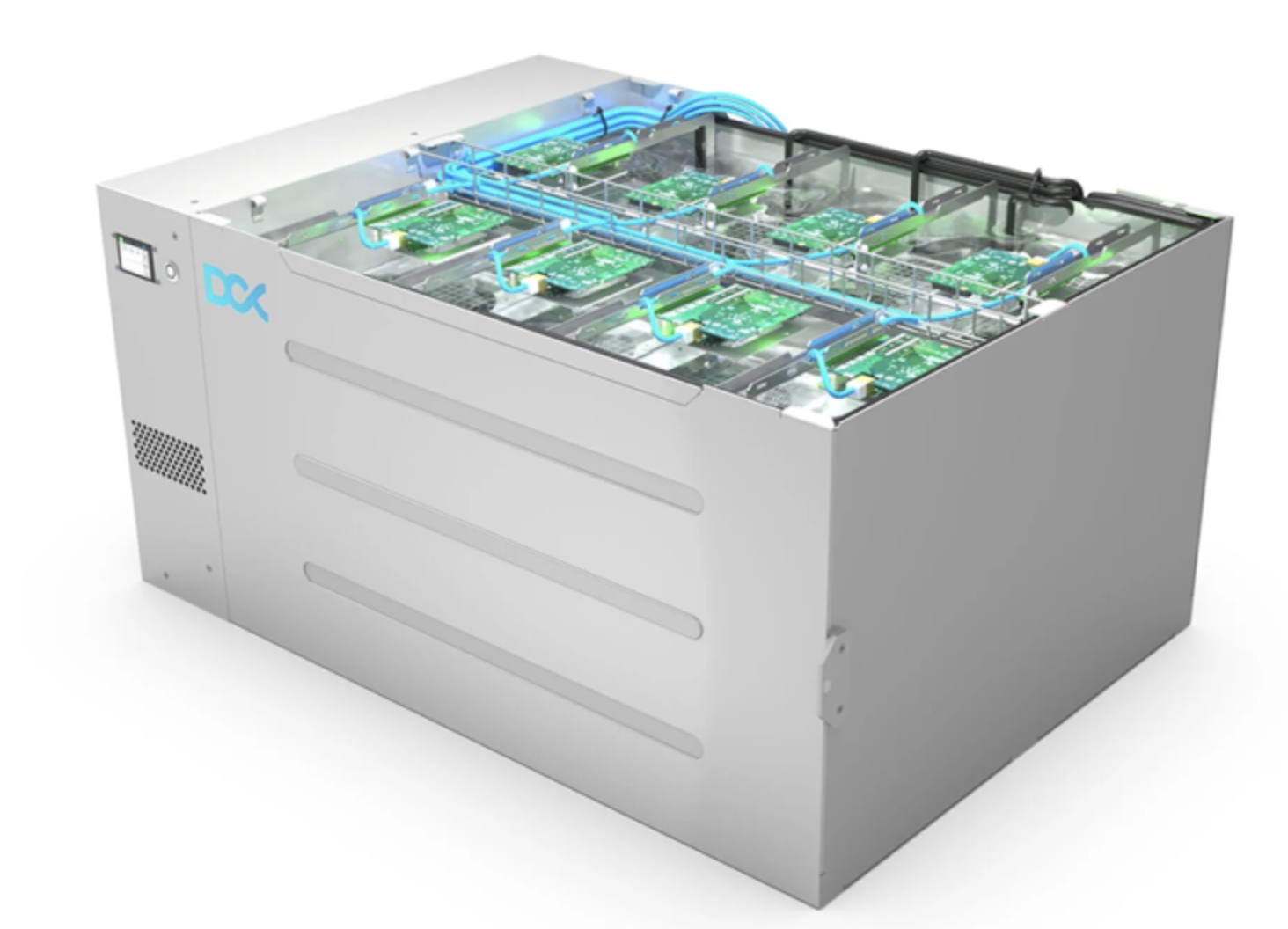
These pods are being aggregated in racks per 6
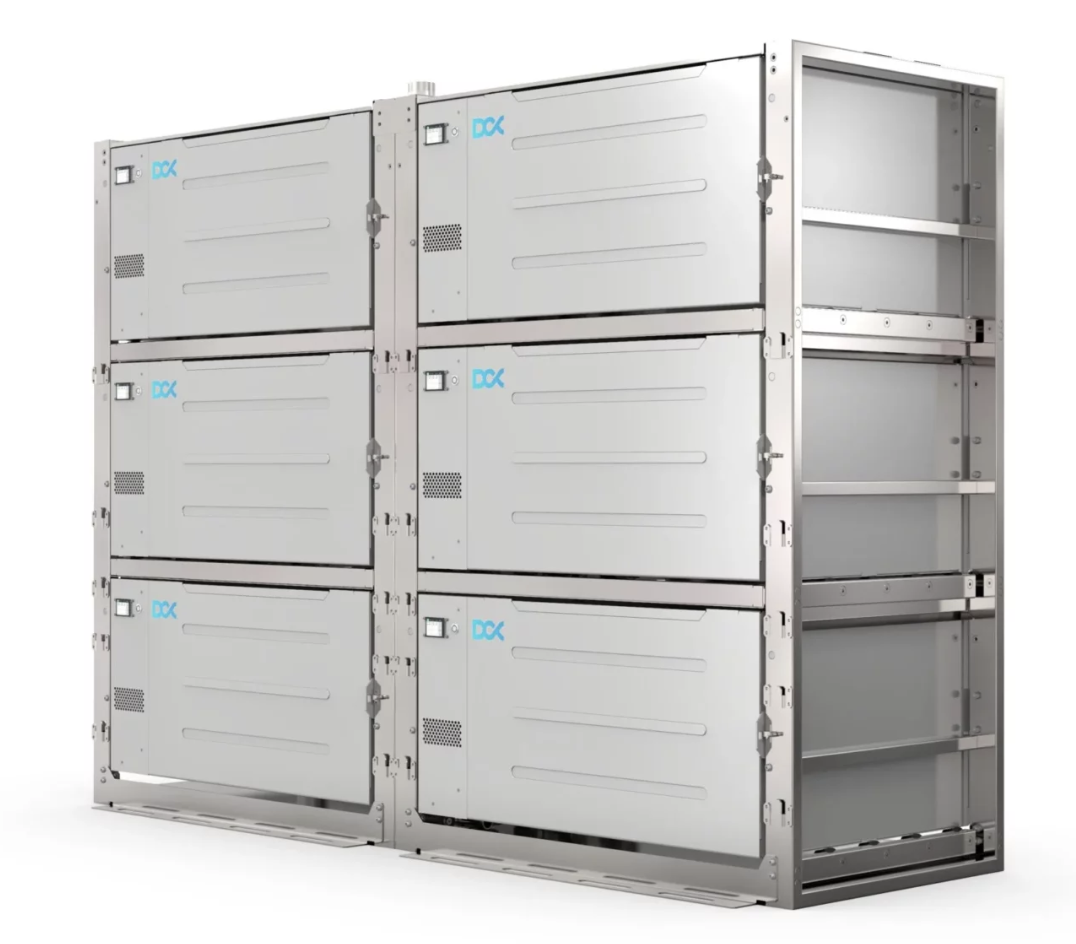
These racks are used as is or put in a container.
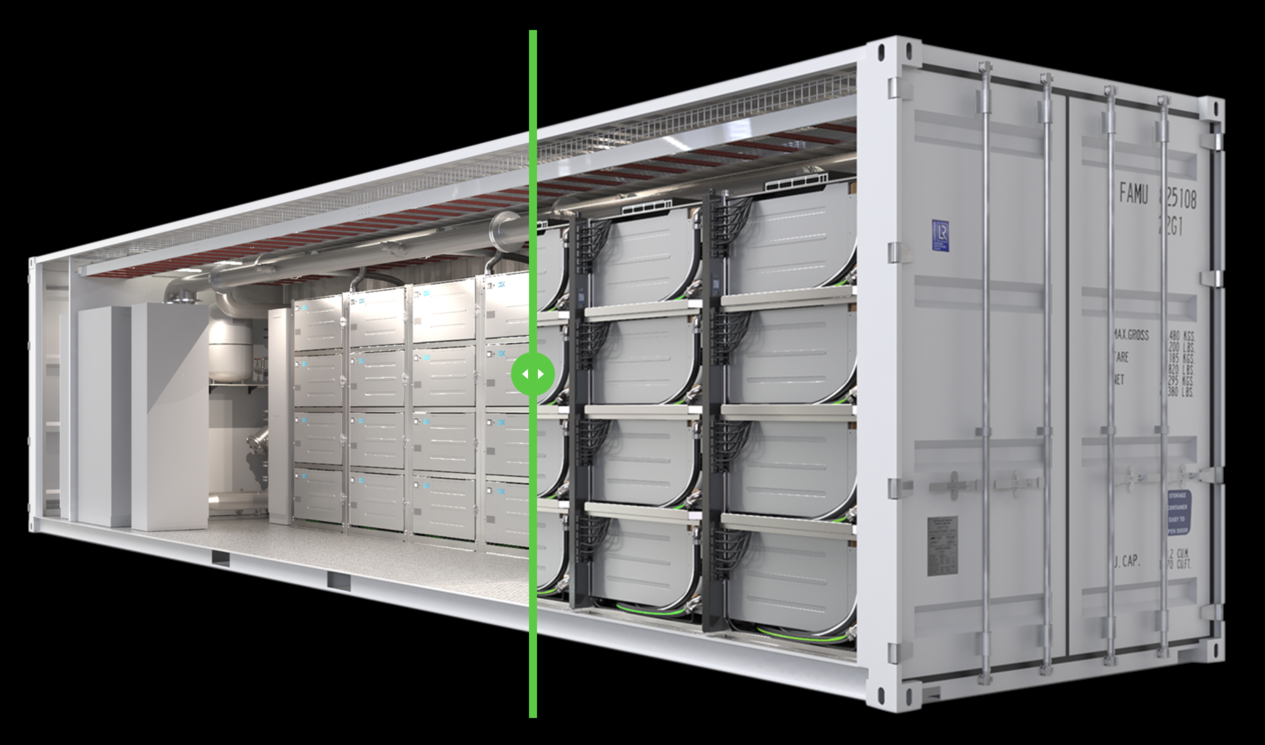
These containers can be used in a datacenter building to make it all fancy.
!!story.todo id:1 name:mnode_selection description:'see ${dockey}' title:'select best helium node, can be as small as USB version'
https://www.linxdot.com/shop/linxdot-indoor-helium-hotspot/
Future Partnership with Helium
Introduction to Helium:
Helium is a decentralized wireless network that enables low-power, long-range connectivity for Internet of Things (IoT) devices. By leveraging blockchain technology and a network of hotspots, Helium provides a cost-effective and scalable solution for IoT device connectivity, facilitating the growth of the Internet of Things ecosystem.
Potential Partnership:
A future partnership between ThreeFold and Helium holds immense potential for advancing decentralized infrastructure and connectivity solutions. By combining ThreeFold's expertise in decentralized cloud computing with Helium's innovative wireless network, the two entities could collaborate to create a comprehensive ecosystem that offers decentralized hosting and connectivity services.
How the Partnership Could Happen:
-
Integration of Services: ThreeFold's TF Grid could integrate with Helium's network infrastructure, allowing TF Grid users to seamlessly access and utilize Helium's decentralized wireless connectivity for their IoT applications and devices. This integration could unlock new possibilities for IoT deployments, enabling efficient data transmission and communication over long distances.
-
Enhanced IoT Solutions: The partnership could lead to the development of integrated IoT solutions that leverage both ThreeFold's decentralized hosting capabilities and Helium's wireless network. This collaboration could enable the deployment of IoT applications in remote or underserved areas, where traditional connectivity infrastructure is limited or unavailable.
-
Joint Innovation Initiatives: ThreeFold and Helium could collaborate on joint innovation initiatives to explore new use cases and applications for decentralized cloud computing and wireless connectivity. By combining their expertise and resources, the two entities could drive innovation in areas such as smart cities, agriculture, environmental monitoring, and more.
Benefits for Users:**
- Seamless Integration: Users of both ThreeFold and Helium will benefit from seamless integration between decentralized hosting and wireless connectivity, simplifying the deployment and management of IoT applications and devices.
- Improved Reliability: By leveraging Helium's decentralized wireless network, users can achieve greater reliability and resilience for their IoT deployments, even in challenging environments or during network disruptions.
- Cost-Efficiency: The combined offering of ThreeFold and Helium provides users with a cost-effective solution for hosting and connectivity, reducing operational expenses and enabling more efficient resource utilization.
Conclusion:
A future partnership between ThreeFold and Helium represents a convergence of decentralized infrastructure and wireless connectivity, offering new opportunities for innovation and collaboration in the rapidly evolving IoT landscape. By leveraging each other's strengths and capabilities, the two entities could create a synergistic ecosystem that empowers developers, businesses, and communities to build scalable and resilient IoT solutions for the future.
For more information about Helium, visit helium.com.
Sikana: Education for All

Sikana, a platform dedicated to providing education for all, has delivered over 400 million lessons through free educational videos. However, the platform has faced financial challenges in hosting its content at scale. In collaboration with ThreeFold, Sikana aims to overcome these challenges and further its mission of providing accessible education by creating local content in native languages and hosting it on local infrastructure. This partnership will empower communities worldwide with knowledge and skills, irrespective of their financial or geographical limitations.
- Over 2,000 educational videos available.
- Over 2 billion views on the platform.
Why: The collaboration between Sikana and ThreeFold is driven by a shared vision of democratizing access to education. By hosting educational content on local infrastructure and creating content in native languages, Sikana aims to break down barriers to education and empower individuals and communities to learn and grow.
How ThreeFold Can Support Sikana: ThreeFold can support Sikana by providing decentralized hosting solutions for its educational content. By leveraging ThreeFold's decentralized cloud computing platform, Sikana can significantly reduce its hosting costs while ensuring scalability, reliability, and data sovereignty. This partnership will enable Sikana to continue expanding its educational offerings and reach even more learners worldwide.
This collaboration between Sikana and ThreeFold represents a powerful synergy between education and technology, driving positive change and empowerment on a global scale.
Visit Sikana for more information.

ZKube
TFGrid is compatible with Kubernetes Technology.
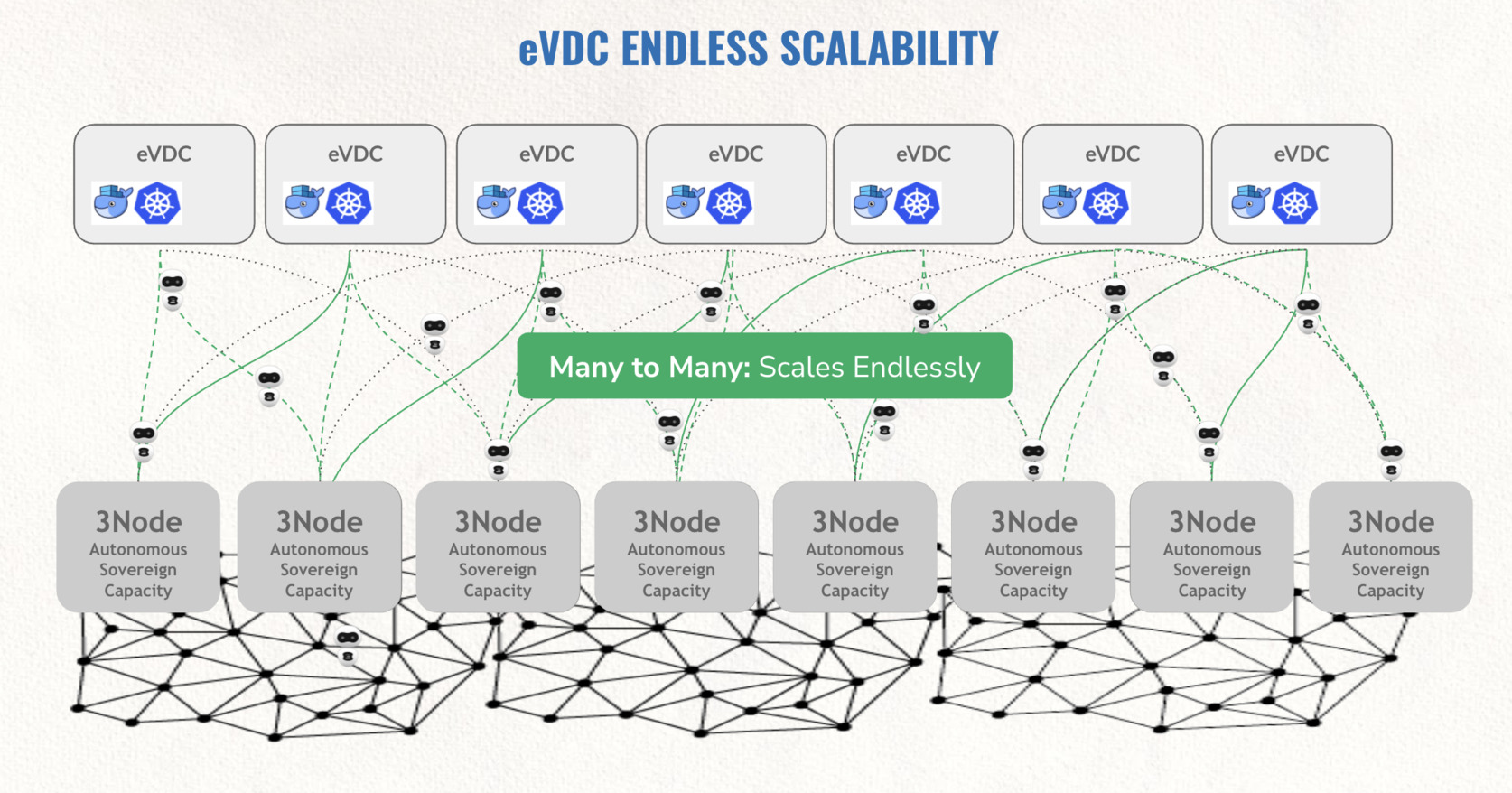
Each eVDC as shown above is a full blown Kubernetes deployment.
Unique for our Kubernetes implementation
- The Kubernetes networks are on top of our ZNet technology which means all traffic between containers and kubernetes hosts is end2end encrypted independent of where your Kubernetes nodes are deployed.
- You can mount a QSFS underneath a Kubernetes Node (VM), which means that you can deploy containers on top of QSFS to host unlimited amounts of storage in a super safe way.
- You Kubernetes environment is for sure 100% decentralized, you define where you want to deploy your Kubernetes nodes and only you have access to the deployed workloads on the TFGrid.
Features
- integration with znet (efficient, secure encrypted network between the zmachines)
- can be easily deployed at the edge
- single-tenant!
- ZOS Protect: no hacking surface to the Zero-Nodes, integrate silicon route of trust
- ZNet and Planetary Net: a true global single backplane network connecting us all -->
Architecture
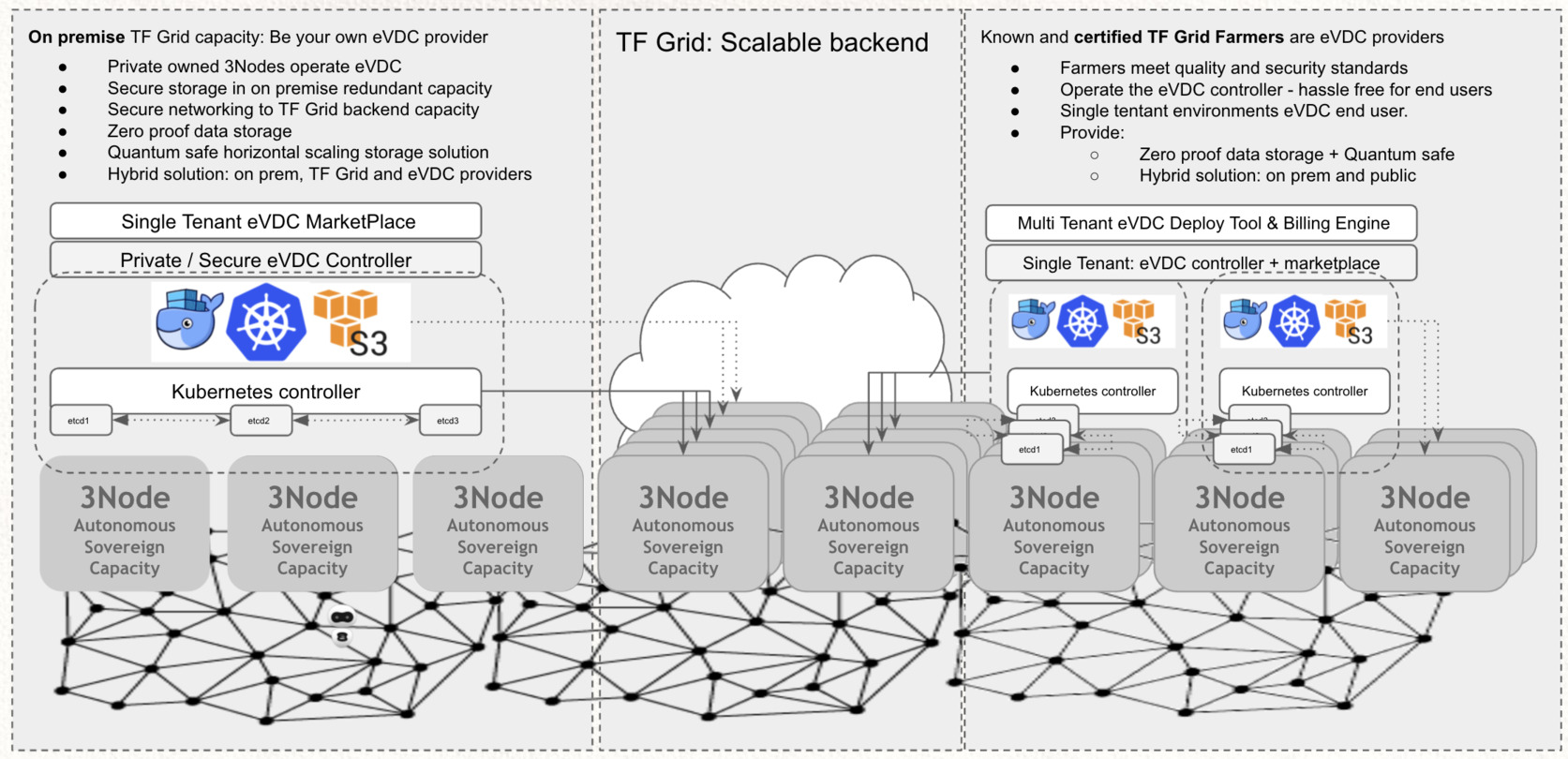
ZMachine

Features
- import from docker (market std for containers)
- can be easily deployed at the edge (edge cloud)
- single-tenant, fully decentralized!
- can deploy unlimited amounts of storage using our qsfs
- minimal hacking surface to the Zero-Nodes, integrate silicon route of trust
- ZOS Filesystem: dedupe, zero-install, hacker-proof
- Webgateway: intelligent connection between web (internet) and container services
- integration with Mycelium (efficient, secure encrypted network between the zmachines)
ZOS FileSystem (ZOS-FS)
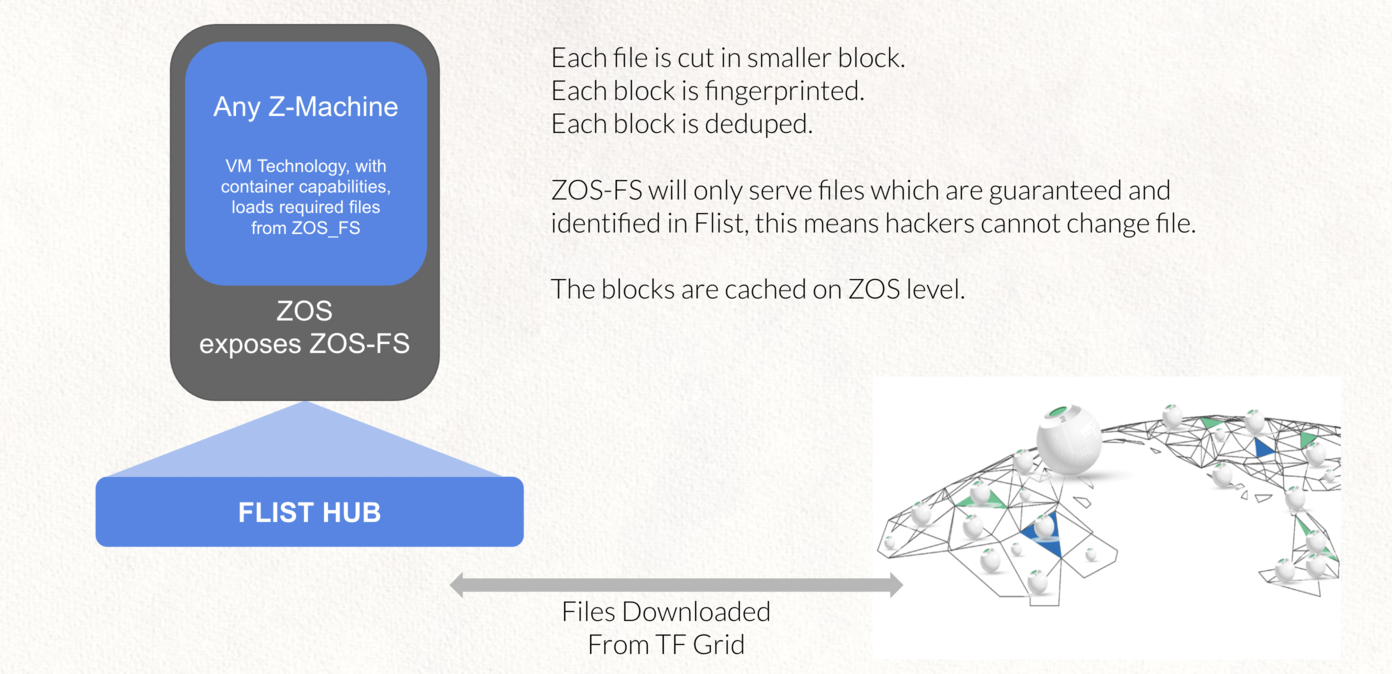
A deduped filesystem which is more efficient compared to images as used in other Virtual Machine technology.
Uses FLIST Inside
In Zero-OS, 'flist' is the format used to store zmachine images. This format is made to provide a complete mountable remote filesystem, but downloading only the files contents that you actually needs.
In practice, Flist itself is a small database which contains metadata about files and directories, file payload are stored on a tfgrid hub. You only need to download payload when you need it, this dramatically reduce zmachine boot time, bandwidth and disk overhead.
Why this ZFlist Concept
Have you ever been in the following situation: you need two small files but they are embedded in a large archive. How to get to those two files in an efficient way? What a disappointment when you see this archive is 4 GB large and you only need four files of 2 MB inside. You'll need to download the full archive, store it somewhere to extract only what you need. Time, effort and bandwidth wasted.
You want to start a Docker container and the base image you want to use is 2 GB. What do you need to do before being able to use your container? Waiting to get the 2 GB downloaded. This problem exists everywhere but in Europe and the US where the bandwidth speeds are such that this doesn't present a real problem anymore, hence none of the leading (current) tech companies are looking for solutions.
We believe that there should be a smarter way of dealing with this than simply throwing larger bandwidth at the problem: what if you could only download the files you actually want and not the full blob (archive, image, whatever...).
ZFList is splitting metadata and data. Metadata is referential information about everything you need to know about content of the archive, but without the payload. Payload is the content of the referred files. The ZFList is exactly that: it consists of metadata with references that point to where to get the payload itself. So if you don't need it you won't get it.
As soon as you have the flist mounted, you can see the full directory tree, and walk around it. The files are only downloaded and presented at moment that you try to access them. In other words, every time you want to read a file, or modify it, Zero FS will download it, so that the data is available too. You only download on-the-fly what you need which reduces dramatically the bandwidth requirement.
Benefits
- Efficient usage of bandwidth makes this service perform with and without (much) bandwidth.
Flist Tool

to see our tool for flists see: https://hub.grid.tf/
ZOS_Mount
A SSD storage location on which can be written inside a VMachine and VKube.
The SSD storage location is mounted on a chosen path inside your Z-Machine.

ZMounts are not incrypted, if you need security, use a quantum safe filesystem.
ZOS_Disk
Virtual disk creates the possibility to create and use virtual disks which can be attached to containers (and virtual machines).
The technology is designed to be redundant without having to do anything.
Roadmap
- The virtual disk technology is available for OEM's only.
ZNIC
ZNIC is the network interface which is connected to ZMachine.
Can be implemented as interface to
- planetary_network
- public ip address on a Zero-OS
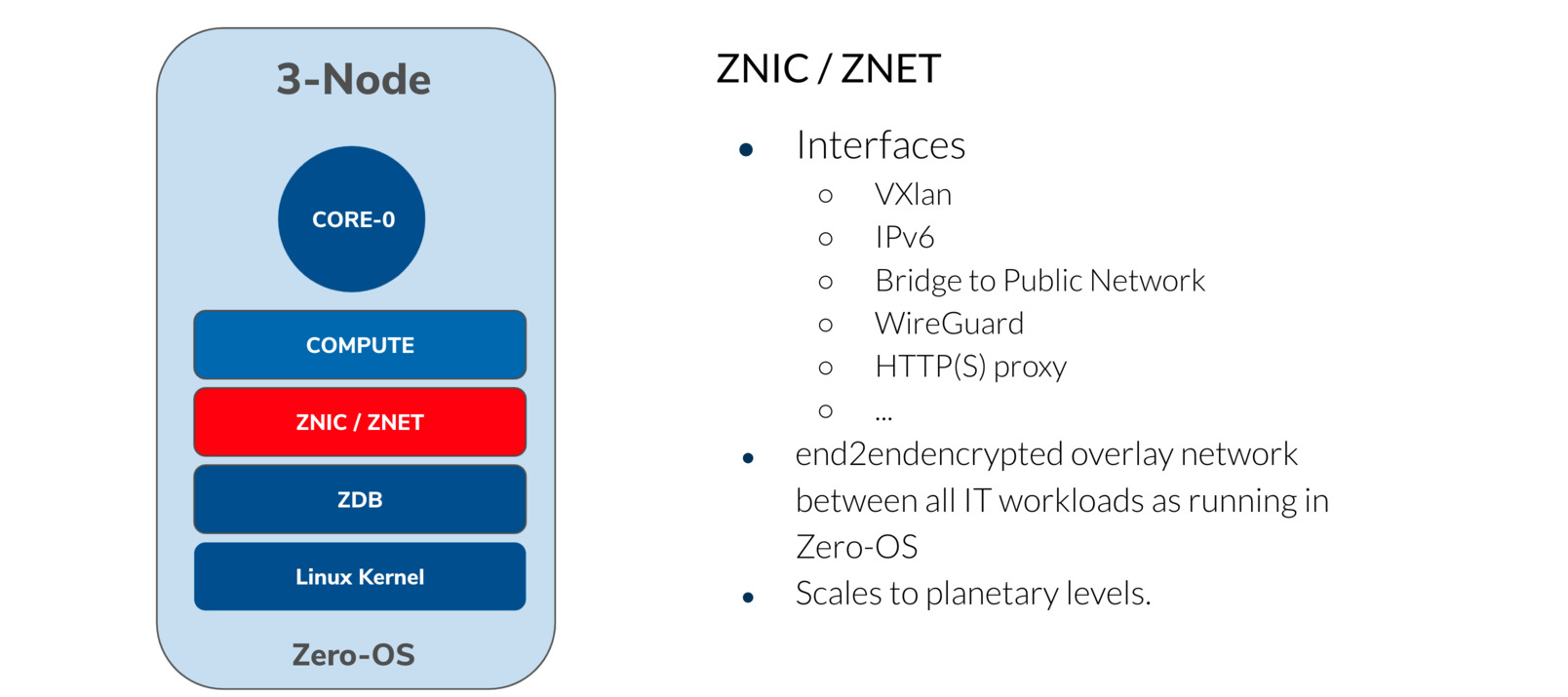
Roadmap For our TFCHain and ThreeFold DAO

TFChain / DAO 3.0.2
For this phase our TFChain and TFDAO has been implemented using parity/TFChain.
Features
- poc
- pou
- identity management
- consensus for upgrades of DAO and TFChain (code)
- capacity tracking (how much capacity used)
- uptime achieved
- capacity utization
- smart contract for IT
- validators for L1 (TFChain level)
- storage of value = TFT
- request/approval for adding a validator
Basically all basic DAO concepts are in place
TFChain / DAO 3.0.x
TBD version nr, planned Q1 2022
NEW
- proposals for TFChain/DAO/TFGrid changes (request for change) = we call them TFCRP (ThreeFold Change Request Proposal)
- voting on proposals = we call them TFCRV (ThreeFold Change Request Vote)
TFChain / DAO 3.1.x
TBD version nr, planned Q1 2022
This version adds more layers to our existing DAO and prepares for an even more scalable future.
NEW
- Cosmos based chain on L2
- Validator Nodes for TFGrid and TFChain.
- Cosmos based HUB = security for all TFChains
More info about our DAO strategy see TFDAO.

DAO Consensus Engine
DAO Engine
On TFGrid 3.0 ThreeFold has implemented a DAO consensus engine using Polkadot/TFChain blockchain technology.
This is a powerful blockchain construct which allows us to run our TFGrid and maintain consensus on global scale.
This system has been designed to be compatible with multiple blockchains.
Consensus Mechanism
Blockchain node components
- A Blockchain node (= TFChain node) called TF-Chain, containing all entities interacting with each other on the TF-Grid
- An explorer = a Rest + GraphQL interface to TF-Chain (Graphql is a nice query language to make it easy for everyone to query for info)
- Consensus Engine
- is a Multisignature Engine running on TF-Chain
- The multisignature is done for the Money BlockchainAccounts
- It checks the AccountMetadata versus reality and if ok, will sign, which allows transactions to happen after validation of the "smart contract"
- SLA & reputation engine
- Each node uptime is being checked by Monitor_Engine
- Also bandwidth will be checked in the future (starting 3.x)
Remarks
- Each Monitor_Engine checks uptime of X nr of nodes (in beginning it can do all nodes), and stores the info in local DB (to keep history of check)
- Roadmap for TFChain deployment mechanism
Principle
-
We keep things as simple as we can
- Money Blockchain blockchain used to hold the money
- Money Blockchain has all required features to allow users to manage their money like wallet support, decentralized exchange, good reporting, low transaction fees, ...
- TFChain based TFChain is holding the metadata for the accounts which express what we need to know per account to allow the start contracts to execute.
- Smart Contracts are implemented using multisignature feature on Money Blockchain in combination with Multi Signature done by Consensus_Engine.
-
on money_blockchain:
- each user has Money BlockchainAccounts (each of them holds money)
- there are normal Accounts (means people can freely transfer money from these accounts) as well as RestrictedAccounts. Money cannot be transfered out of RestrictedAccounts unless consensus has been achieved from ConsensusEngine.
-
Restricted_Account
- On stellar we use the multisignature feature to make sure that locked/vesting or FarmingPool cannot transfer money unless consensus is achieved by the ConsensusEngine
-
Each account on money_blockchain (Money BlockchainAccount) has account record in TFChain who needs advanced features like:
- lockup
- vesting
- minting (rewards to farmers)
- tfta to tft conversion
-
The Account record in TFGrid_DB is called AccountMetadata.
- The AccountMetadata describes all info required to be able for consensus engine to define what to do for advanced features like vesting, locking, ...
-
See Roadmap TFChain/DAO 3.x for info of implementation.

consensus engine in relation to TFT Farming Rewards in TFGrid 3.0
The consensus engine checks the farming rules as defined in
-
if uptime + 98% per month then the TFT will be rewarded to the farmer (for TFGrid 3.0, can change later).
All the data of the farmer and the 3nodes are registered on TFChain
- See Roadmap TFChain/DAO 3.x for info of implementation.
TFGrid 3.0 Wallets
ThreeFold has a mobile wallet which will allow to be used on the TFChain backend (TFChain) as well as any other Money Blockchain it supports.
This provides for a very secure digital currency infrastructure with lots of advantages.
- ultra flexible smart contracts possible
- super safe
- compatible with multiple blockchains (money blockchains)
- ultra scalable
graph TB
subgraph Money Blockchain
money_blockchain[Money Blockchain Explorers]
money_blockchain --- money_blockchain_node_1 & money_blockchain_node_2
money_blockchain_node_1
money_blockchain_node_2
end
subgraph ThreeFold Wallets
mobile_wallet[Mobile Wallet]
desktop_wallet[Desktop Wallet]
mobile_wallet & desktop_wallet --> money_blockchain
mobile_wallet & desktop_wallet --> Explorers
money_blockchain_wallet[Any Money Blockchain Wallet] --> money_blockchain
end
subgraph TFChain[TFGrid Blockchain on TFChain]
Explorers[TFChain Explorers]-->TFGridDB --> BCNode
Explorers --> BCNode
end
Generic overview:
graph TB
subgraph TFChain[TFGrid Chain]
guardian1[TFChain Node 1]
guardian2[TFChain Node 2]
guardian3[TFChain Node 3...9]
end
User_wallet[User Wallet] --> money_blockchain_account
User_wallet[User Wallet] --> money_blockchain_restricted_account
subgraph Money Blockchain Ecosystem
money_blockchain_account
money_blockchain_restricted_account --- guardian1 & guardian2 & guardian3
end
subgraph consensus[Consensus Layer on TFChain]
guardian1 --> ReputationEngine & PricingOracle
guardian1 --> contract1[Smart Contract Vesting]
guardian1 --> contract2[Smart Contract Minting/Farming]
end
Link between different Money Blockchain & TFChain
TF-Chain is the ThreeFold blockchain infrastructure, set up in the TFChain framework.
We are building a consensus layer which allows us to easily bridge between different money blockchains.
Main blockchain for TFT remains the Stellar network for now. A secure bridging mechanism exists, able to transfer TFT between the different blockchains. Active bridges as from TFGrid 3.0 release:
- Stellar <> Binance Smart Chain
- Stellar <> Parity TFChain More bridges are under development.
graph TB
subgraph Money Blockchain
money_blockchain --- account1a
money_blockchain --- account2a
money_blockchain --- account3a
account1a --> money_user_1
account2a --> money_user_2
account3a --> money_user_3
click money_blockchain "/info/threefold/#money_blockchain"
end
subgraph ThreeFold Blockchain On Parity
TFBlockchain --- account1b[account 1]
TFBlockchain --- account2b[account 2]
TFBlockchain --- account3b[account 3]
account1b --- smart_contract_data_1
account2b --- smart_contract_data_2
account3b --- smart_contract_data_3
click TFBlockchain "/info/threefold/#tfchain"
end
account1b ---- account1a[account 1]
account2b ---- account2a[account 2]
account3b ---- account3a[account 3]
consensus_engine --> smart_contract_data_1[fa:fa-ban smart contract metadata]
consensus_engine --> smart_contract_data_2[fa:fa-ban smart contract metadata ]
consensus_engine --> smart_contract_data_3[fa:fa-ban smart contract metadata]
consensus_engine --> account1a
consensus_engine --> account2a
consensus_engine --> account3a
click consensus_engine "/info/threefold/#consensus_engine"
Above diagram shows how our consensus engine can deal with TFChain and multiple Money Blockchains at same time.
Consensus 3.X Oracles used
Oracles are external resources of information.
The TFChain captures and holds that information so we get more certainty about the accuracy.
We have oracles for price & reputation for e.g. TFFarmers and 3Nodes.
These oracles are implemented on TF_CHAIN for TFGrid 3.0.
graph TB
subgraph Digital Currency Ecosystem
money_blockchain[Money Blockchain Explorers]
Exch1[Money Blockchain Decentralized Exchange]
OracleEngine --> Exch1[Polkadot]
OracleEngine --> Exch1[Money Blockchain Exchange]
OracleEngine --> Exch2[Binance Exchange]
OracleEngine --> Exch3[other... exchanges]
end
subgraph ThreeFold Grid
Monitor_Engine --> 3Node1
Monitor_Engine --> 3Node2
Monitor_Engine --> 3Node3
end
subgraph TFChainNode1[TFGrid Blockchain Node]
Monitor_Engine
Explorers[TFChain Explorers]-->TFGridDB --> BCNode
Explorers --> BCNode
ConsensusEngine1-->BCNode[Blockchain Validator Node]
ConsensusEngine1 --> money_blockchain[Money Blockchain]
ConsensusEngine1 --> ReputationEngine[Reputation Engine]
ReputationEngine --> Monitor_Engine[Monitor Engine]
ConsensusEngine1 --> OracleEngine[Oracle For Pricing Digital Currencies]
end
- See Roadmap TFChain/DAO 3.x for info of implementation.
ZOS Protect
- The operating system of the 3node (Zero-OS) is made to exist in environments without the presence of technical knowhow. 3nodes are made to exist everywhere where network meet a power socket. The OS does not have a login shell and does not allow people to log in with physical access to a keyboard and screen nor does it allows logins over the network. There is no way the 3node accepts user initiated login attempts.
- For certified capacity a group of known strategic vendors are able to lock the BIOS of their server range and make sure no-one but them can unlock and change features present in the BIOS. Some vendors have an even higher degree of security and can store private keys in chips in side the computer to provider unique identification based on private keys or have mechanisms to check wether the server has been opened / tampered with in the transportation from the factory / vendor to the Farmer. All of this leads to maximum protection on the hardware level.
- 3nodes boot from a network facility. This means that they do not have local installed operating system files. Also they do not have a local username / password file or database. Viruses and hackers have very little work with if there are no local files to plant viruses or trojan horses in. Also the boot facility provides hashes for the files sent to the booting 3node so that the 3node can check wether is receives the intended file, no more man in the middle attacks.
- The zos_fs provides the same hash and file check mechanism. Every application file presented to a booting container has a hash describing it and the 3node on which the container is booting can verify if the received file matches the previously received hash.
- Every deployment of one or more applications starts with the creation of a (private) znet . This private overlay network is single tenant and not connected to the public internet. Every application or service that is started in a container in this overlay network is connection to all of the other containers via a point to point, encrypted network connection.
Quantum Safe Filesystem

presents itself as a filesystem to the ZMachine.
Benefits
- Safe
- Hacker Proof
- Ultra Reliable
- Low Overhead
- Ultra Scalable
- Self Healing = recovers service automatically in the event of outage with no human
Can be used as
- backup and archive system
- Blockchain Storage Backend (OEM ONLY)
Implementation
see how its implemented in:
ZOS-DB (ZDB)
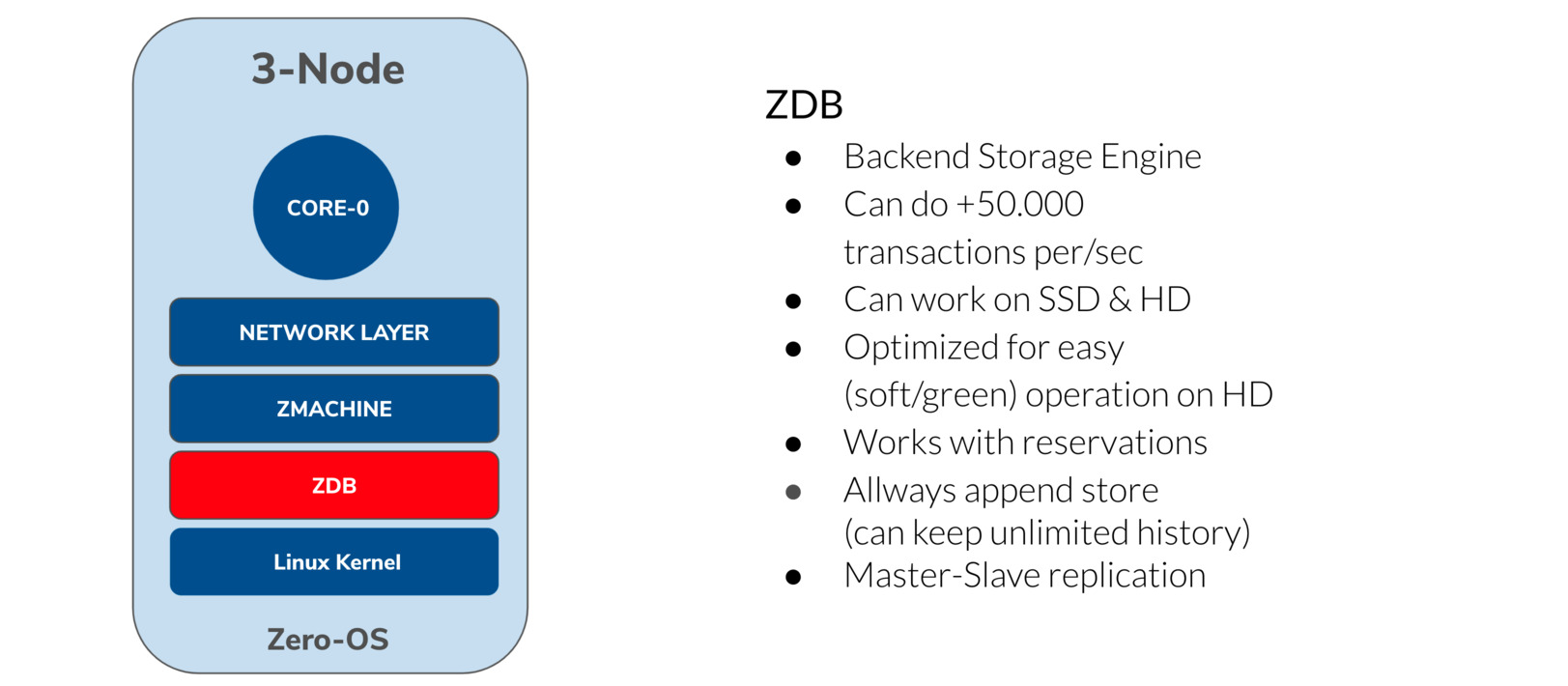
0-db is a fast and efficient key-value store redis-protocol compatible, which makes data persistent inside an always append datafile, with namespaces support.
ZDB is being used as backend storage for Quantum Safe Filesystem.
Cloud Units
Cloud units are the basis for buying & selling capacity on the ThreeFold Grid (for more info see here).
- 1 CU = 1 compute unit
- 1 SU = 1 storage unit
- 1 NU = 1 network unit
References:
- Cloud units the the building blocks for any Cloud / IT workload. See definition here
- Cloud units are also used to determine commercial pricing for utilisation. See definition here
- Low level primitive cloud functions
Zero install

The Zero-OS is delivered to the 3Nodes over the internet network (network boot) and does not need to be installed.
3Node Install
- Acquire a computer (server)
- Configure a farm on the TFGrid explorer
- Download the bootloader and put on a USB stick or configure a network boot device
- Power on the computer and connect to the internet
- Boot! The computer will automatically download the components of the operating system (Zero-OS)
The actual bootloader is very small, it brings up the network interface of your computer and queries TFGeid for the remainder of the boot files needed.
The operating system is not installed on any local storage medium (hard disk, ssd), Zero-OS is stateless.
The mechanism to allow this to work in a safe and efficient manner is an innovation called our container virtual filesystem.
This is explained in more detail in our SDK manual.
Unbreakable Storage

- unlimited history
- survives network, datacenter or node breakdown
- no silent corruption possible
- quantum safe (data cannot be decrypted by quantum computers) as long as quantum computer has no access to the metadata
- self healing and autocorrecting
If you deploy a container with simple disk access, you don’t have it. Performance is around 50MB/second, if a bit more CPU is given for the distributed storage encoder, we achieve this performance.
More info see Quantum Safe Storage.
Zero-hacking surface
Zero does not mean is not possible but we use this term to specificy that we minized the attack surface for hackers.
- there is no shell/server interface on zero-os level (our operating system)
- there are no hidden or unintended processes running which are not prevalidated
Zero Boot

Zero Boot = Zero-OS boot process
ZOS Boot is a boot facility that allows 3nodes to boot from network boot servers located in the TF Grid. This boot mechanism creates as little as possible operational and administration overhead. ZOS Boot is a crucial part for enabling autonomy by not having the operating system installed on local disks on 3nodes. With a boot network facility and no local operating system files you immediately erase a number of operational and administration tasks:
- to install the operating system to start with
- to keep track of which systems run which version of the operating system (especially in large setups, this is a complicated and error prone task)
- to keep track of patches and bug fixes that have been applied to systems
That's just the administration and operational part of maintaining a server estate with local installed operating system. On the security side of things the benefits are even greater:
- many hacking activities are geared towards adding to or changing parts of the operating system files. This is a threat from local physical access to servers as well as over the network. When there are no local operating system files installed this threat doesn't exist.
- accidental overwrite, delete or corruption of operating system files. Servers run many processes and many of these processes have administrative access to be able to do what they need to do. Accidental deletion or overwrites of crucial files on disk will make the server fail a reboot.
- access control. If there is no local operating system installed, access control, user rights, etc. are unnecessary functions and features, and don't have to be implemented.
How?
In this image from fs, a small partition is mounted in memory to start booting the machine, it gets IPXE (downloads what it needs), and then 0-OS boots. After that, it is going to the hub, downloading different lists.
There is one main flist that triggers downloads of multiple flists (see hub, and then https://hub.grid.tf/tf-zos/zos:development:latest.flist.md ). In there all the components/daemons that do part of the 0-OS. Also the download of the zos-bins, i.e. external binaries are triggered this way (https://hub.grid.tf/tf-zos-bins).
The core components of zero-os can be found in: Zero-OS repo = If something changes in the directory, a workflow is triggered to rebuild the full flist and push it to the hub.
When a node discovers there is a new version of one of these lists on the hub, it downloads it and restarts the daemon with the new version. Over the lifetime of the node, it keeps pulling on the hub directories to check whether new daemons/flists/binaries are available and whether things need to be upgraded.
Features
The features of ZOS Boot are:
- no local operating system installed
- network boot from the grid to get on the grid
- decreased administrative and operational work, allowing for autonomous operations
- increased security
- increased efficiency (deduplication, only one version of the OS stored for thousands of servers)
- all server storage space is available for enduser workloads (average operating system size around 10GB)
- bootloader is less than 1MB in size and can be presented to the servers as a PXE script, USB boot device, ISO boot image.
Deterministic Deployment
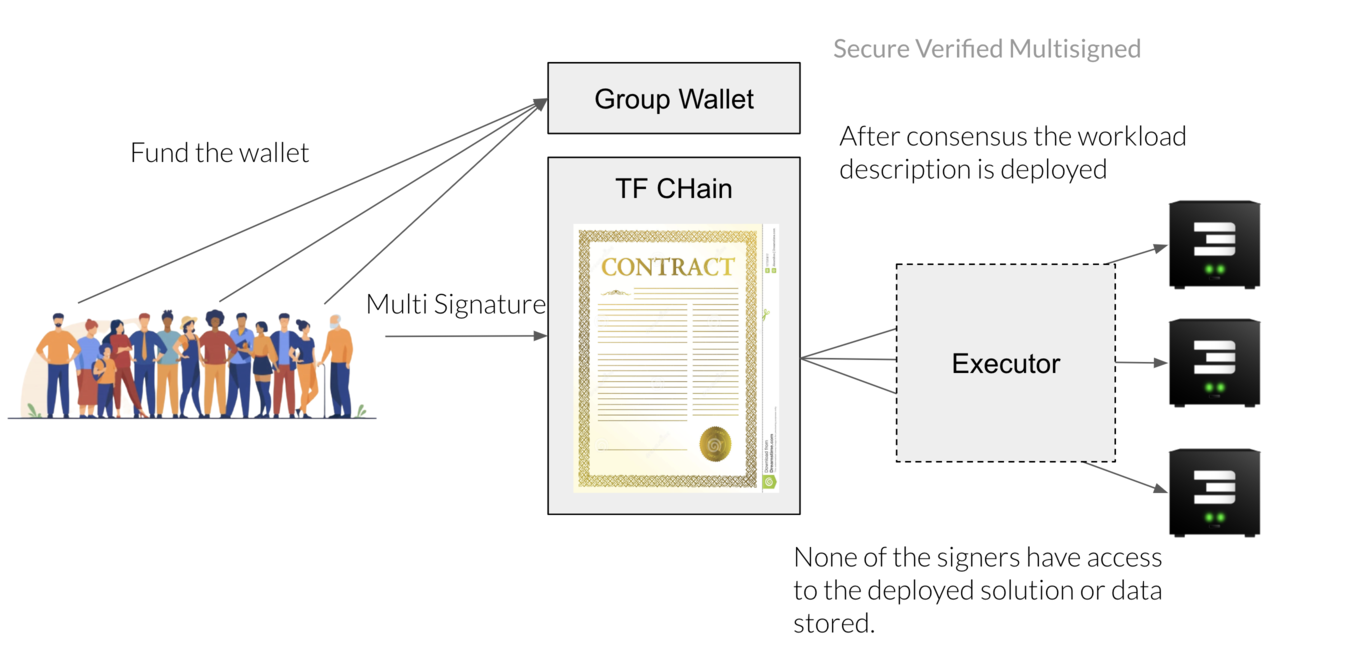
The Dedupe filesystem flist uses an interface which allows you to create the file system interface in user space, it is a virtual filesystem.
Metadata is exposed. The system sees the full tree of the image, but data itself is not there, data is downloaded whenever they are accessed and fully deduped (unique data).
TODO: improve
Benefits
- Smart contract for IT The smart contract for IT concept is applicable to any workload: containers, VMs, all gateways primitives, volumes, kubernetes and network. It is a static agreement between farmer and user about deployment of an IT workload
- no dynamic behavior for deployment at runtime
- no process can start unless the files are 100% described on flist level
There are multiple ways to create an flist:
- Convert an existing docker image which is hosted on the docker hub
- Push an archive like a tgz on the hub
- A library and CLI tool exist to build the flist from scratch: doing it this way, the directory is locally populated, and the flist is then created from the CLI tool
- A GitHub action allows to build a flist directly from GitHub action, useful for developers on GitHub

- Decentralized = Online, global, uncensorable.
- Autonomous = Self-governing.
- Organization = Coordination & collaboration around shared objectives.
DAOs are an effective and safe way to work with like-minded folks around the globe.
Think of them like an internet-native business that's collectively owned and managed by its members. They have built-in treasuries that no one has the authority to access without the approval of the group. Decisions are governed by proposals and voting to ensure everyone in the organization has a voice.
This opens up so many new opportunities for global collaboration and coordination.
DAOs operate using smart contracts, which are essentially chunks of code that automatically execute whenever a set of criteria are met. These smart contracts establish the DAO’s rules. Those with a stake in a DAO then get voting rights and may influence how the organization operates by deciding on or creating new governance proposals.
| DAO | A traditional organization |
|---|---|
| Usually flat, and fully democratized. | Usually hierarchical. |
| Voting required by members for any changes to be implemented. | Depending on structure, changes can be demanded from a sole party, or voting may be offered. |
| Votes tallied, and outcome implemented automatically without trusted intermediary. | If voting is allowed, votes are tallied internally, and the outcome of voting must be handled manually. |
| Services offered are handled automatically in a decentralized manner (for example distribution of philanthropic funds). | Requires human handling, or centrally controlled automation, prone to manipulation. |
| All activity is transparent and fully public. | Requires human handling, or centrally controlled automation, prone to manipulation. |
Info from https://ethereum.org/en/dao/, picture from https://cointelegraph.com/ethereum-for-beginners
Decentralized autonomous organization (DAO), is an organization represented by rules encoded as a computer program that is transparent, controlled by the organization members and not influenced by a central government. A DAO's financial and voting transaction record and program rules are maintained on a blockchain.
Decentralized autonomous organizations are typified by the use of blockchain technology to provide a secure digital ledger to track financial and other community interactions across the internet, hardened against forgery by trusted timestamping and dissemination of a distributed database. This approach eliminates the need to involve a mutually acceptable trusted third party in a transaction, simplifying the transaction. The costs of a blockchain-enabled transaction and of the associated data reporting may be substantially offset by the elimination of both the trusted third party and of the need for repetitive recording of contract exchanges in different records. For example, the blockchain data could, in principle and if regulatory structures permit it, replace public documents such as deeds and titles. In theory, a blockchain approach allows multiple cloud computing users to enter a loosely coupled peer-to-peer smart contract collaboration.
What is a decentralized autonomous organization, and how does a DAO work?

A decentralized autonomous organization (DAO) is an entity with no central leadership. Decisions get made from the bottom-up, governed by a community organized around a specific set of rules enforced on a blockchain.
DAOs are internet-native organizations collectively owned and managed by their members. They have built-in treasuries that are only accessible with the approval of their members. Decisions are made via proposals the group votes on during a specified period.
A DAO works without hierarchical management and can have a large number of purposes. Freelancer networks where contracts pool their funds to pay for software subscriptions, charitable organizations where members approve donations and venture capital firms owned by a group are all possible with these organizations.
Before moving on, it’s important to distinguish a DAO, an internet-native organization, from The DAO, one of the first such organizations ever created. The DAO was a project founded in 2016 that ultimately failed and led to a dramatic split of the Ethereum network.
How does a DAO work?
As mentioned above, a DAO is an organization where decisions get made from the bottom-up; a collective of members owns the organization. There are various ways to participate in a DAO, usually through the ownership of a token.
DAOs operate using smart contracts, which are essentially chunks of code that automatically execute whenever a set of criteria are met. Smart contracts are deployed on numerous blockchains nowadays, though Ethereum was the first to use them.
These smart contracts establish the DAO’s rules. Those with a stake in a DAO then get voting rights and may influence how the organization operates by deciding on or creating new governance proposals.
This model prevents DAOs from being spammed with proposals: A proposal will only pass once the majority of stakeholders approve it. How that majority is determined varies from DAO to DAO and is specified in the smart contracts.
DAOs are fully autonomous and transparent. As they are built on open-source blockchains, anyone can view their code. Anyone can also audit their built-in treasuries, as the blockchain records all financial transactions.
Typically, a DAO launch occurs in three major steps Smart contract creation: First, a developer or group of developers must create the smart contract behind the DAO. After launch, they can only change the rules set by these contracts through the governance system. That means they must extensively test the contracts to ensure they don’t overlook important details.
Funding: After the smart contracts have been created, the DAO needs to determine a way to receive funding and how to enact governance. More often than not, tokens are sold to raise funds; these tokens give holders voting rights.
Deployment: Once everything is set up, the DAO needs to be deployed on the blockchain. From this point on, stakeholders decide on the future of the organization. The organization’s creators — those who wrote the smart contracts — no longer influence the project any more than other stakeholders.
Why do we need DAOs?
Being internet-native organizations, DAOs have several advantages over traditional organizations. One significant advantage of DAOs is the lack of trust needed between two parties. While a traditional organization requires a lot of trust in the people behind it — especially on behalf of investors — with DAOs, only the code needs to be trusted.
Trusting that code is easier to do as it’s publicly available and can be extensively tested before launch. Every action a DAO takes after being launched has to be approved by the community and is completely transparent and verifiable.
Such an organization has no hierarchical structure. Yet, it can still accomplish tasks and grow while being controlled by stakeholders via its native token. The lack of a hierarchy means any stakeholder can put forward an innovative idea that the entire group will consider and improve upon. Internal disputes are often easily solved through the voting system, in line with the pre-written rules in the smart contract.
By allowing investors to pool funds, DAOs also give them a chance to invest in early-stage startups and decentralized projects while sharing the risk or any profits that may come out of them.
The principal-agent dilemma
The main advantage of DAOs is that they offer a solution to the principal-agent dilemma. This dilemma is a conflict in priorities between a person or group (the principal) and those making decisions and acting on their behalf (the agent).
Problems can occur in some situations, with a common one being in the relationship between stakeholders and a CEO. The agent (the CEO) may work in a way that’s not in line with the priorities and goals determined by the principal (the stakeholders) and instead act in their own self-interest.
Another typical example of the principal-agent dilemma occurs when the agent takes excessive risk because the principal bears the burden. For example, a trader can use extreme leverage to chase a performance bonus, knowing the organization will cover any downside.
DAOs solve the principal-agent dilemma through community governance. Stakeholders aren’t forced to join a DAO and only do so after understanding the rules that govern it. They don’t need to trust any agent acting on their behalf and instead work as part of a group whose incentives are aligned.
Token holders’ interests align as the nature of a DAO incentivizes them not to be malicious. Since they have a stake in the network, they will want to see it succeed. Acting against it would be acting against their self-interests.
What was The DAO?
The DAO was an early iteration of modern decentralized autonomous organizations. It was launched back in 2016 and designed to be an automated organization that acted as a form of venture capital fund.
Those who owned DAO tokens could profit from the organization’s investments by either reaping dividends or benefitting from price appreciation of the tokens. The DAO was initially seen as a revolutionary project and raised $150 million in Ether (ETH), one of the greatest crowdfunding efforts of the time.
The DAO launched on April 30, 2016, after Ethereum protocol engineer Christoph Jentzsch released the open-source code for an Ethereum-based investment organization. Investors bought DAO tokens by moving Ether to its smart contracts.
A few days into the token sale, some developers expressed concerns that a bug in The DAO’s smart contracts could allow malicious actors to drain its funds. While a governance proposal was set forth to fix the bug, an attacker took advantage of it and siphoned over $60 million worth of ETH from The DAO’s wallet.
At the time, around 14% of all ETH in circulation was invested in The DAO. The hack was a significant blow to DAOs in general and the then one-year-old Ethereum network. A debate within the Ethereum community ensued as everyone scrambled to figure out what to do. Initially, Ethereum co-founder Vitalik Buterin proposed a soft fork that would blacklist the attacker’s address and prevent them from moving the funds.
The attacker or someone posing as them then responded to that proposal, claiming the funds had been obtained in a “legal” way according to the smart contract’s rules. They claimed they were ready to take legal action against anyone who tried to seize the funds.
The hacker even threatened to bribe ETH miners with some of the stolen funds to thwart a soft fork attempt. In the debate that ensued, a hard fork was determined to be the solution. That hard fork was implemented to roll back the Ethereum network’s history to before The DAO was hacked and reallocate the stolen funds to a smart contract that allowed investors to withdraw them. Those who disagreed with the move rejected the hard fork and supported an earlier version of the network, known as Ethereum Classic (ETC).
Disadvantages of DAOs
Decentralized autonomous organizations aren’t perfect. They are an extremely new technology that has attracted much criticism due to lingering concerns regarding their legality, security and structure.
MIT Technology Review has, for example, revealed it considers it a bad idea to trust the masses with important financial decisions. While MIT shared its thoughts back in 2016, the organization appears to have never changed its mind on DAOs — at not least publicly. The DAO hack also raised security concerns, as flaws in smart contracts can be hard to fix even after they are spotted.
DAOs can be distributed across multiple jurisdictions, and there’s no legal framework for them. Any legal issues that may arise will likely require those involved to deal with numerous regional laws in a complicated legal battle.
In July 2017, for example, the United States Securities and Exchange Commission issued a report in which it determined that The DAO sold securities in the form of tokens on the Ethereum blockchain without authorization, violating portions of securities law in the country.
Examples of DAOs
Decentralized autonomous organizations have gained traction over the last few years and are now fully incorporated into many blockchain projects. The decentralized finance (DeFi) space uses DAOs to allow applications to become fully decentralized, for example.
To some, the Bitcoin (BTC) network is the earliest example of a DAO there is. The network scales via community agreement, even though most network participants have never met each other. It also does not have an organized governance mechanism, and instead, miners and nodes have to signal support.
However, Bitcoin is not seen as a DAO by today’s standards. By current measures, Dash would be the first true DAO, as the project has a governance mechanism that allows stakeholders to vote on the use of its treasury.
Other, more advanced DAOs, including decentralized networks built on top of the Ethereum blockchain, are responsible for launching cryptocurrency-backed stablecoins. In some cases, the organizations that initially launched these DAOs slowly give away control of the project to one day become irrelevant. Token holders can actively vote on governance proposals to hire new contributors, add new tokens as collateral for their coins or adjust other parameters.
In 2020, a DeFi lending protocol launched its own governance token and distributed it through a liquidity mining process. Essentially, anyone who interacted with the protocol would receive tokens as a reward. Other projects have since replicated and adapted the model.
Now, the list of DAOs is extensive. Over time, it has become a clear concept that has been gaining traction. Some projects are still looking to achieve complete decentralization through the DAO model, but it’s worth pointing out they are only a few years old and have yet to achieve their final goals and objectives.
As internet-native organizations, DAOs have the potential to change the way corporate governance works completely. While the concept matures and the legal gray area they operate in is cleared, more and more organizations may adopt a DAO model to help govern some of their activities.
info from: https://cointelegraph.com/ethereum-for-beginners/what-is-a-decentralized-autonomous-organization-and-how-does-a-dao-work

ThreeFold DAO
The ThreeFold DAO allows autonomous operation of the TFChain and TFGrid .
Amongst others the DAO needs to arrange
As well as
- manage code upgrade of TFChain and ZOS
- approval for changes to anything in our ecosystem, by means of GEP e.g.
- changes to tokenomics e.g. changes related to
- farming rewards
- pricing of grid capacity
- new features in TFChain
More info about DAO's
- see what is a DAO
- see why a DAO